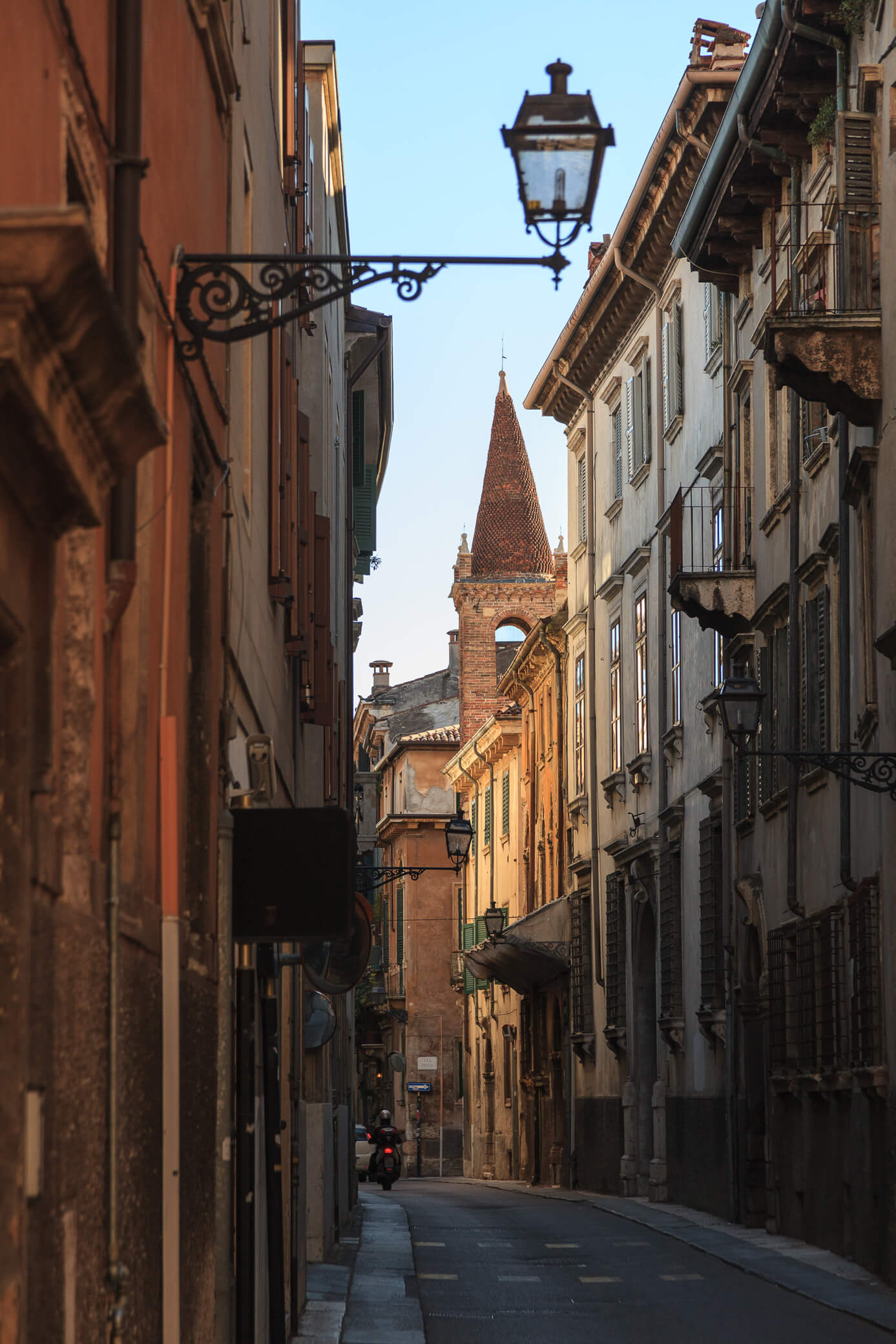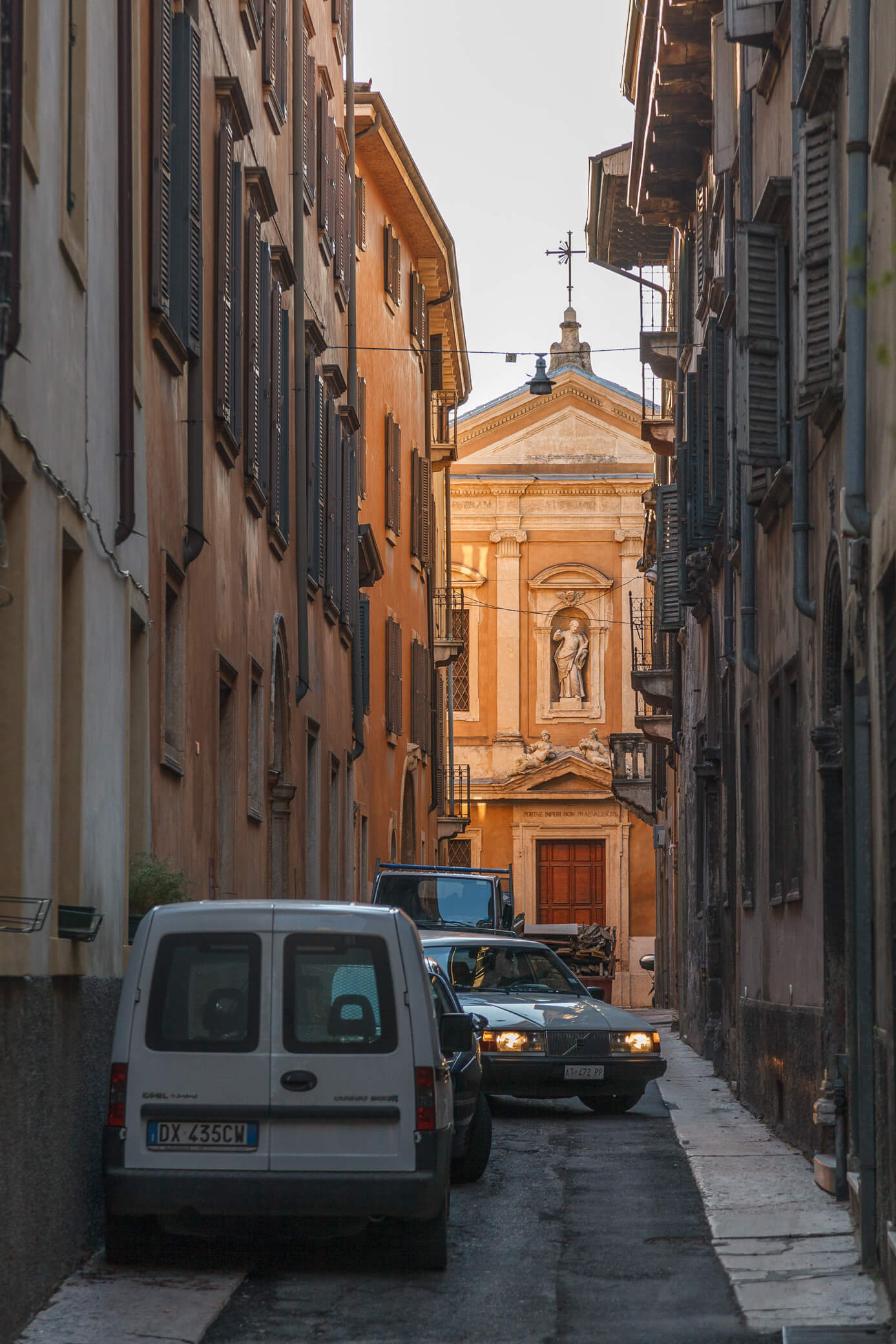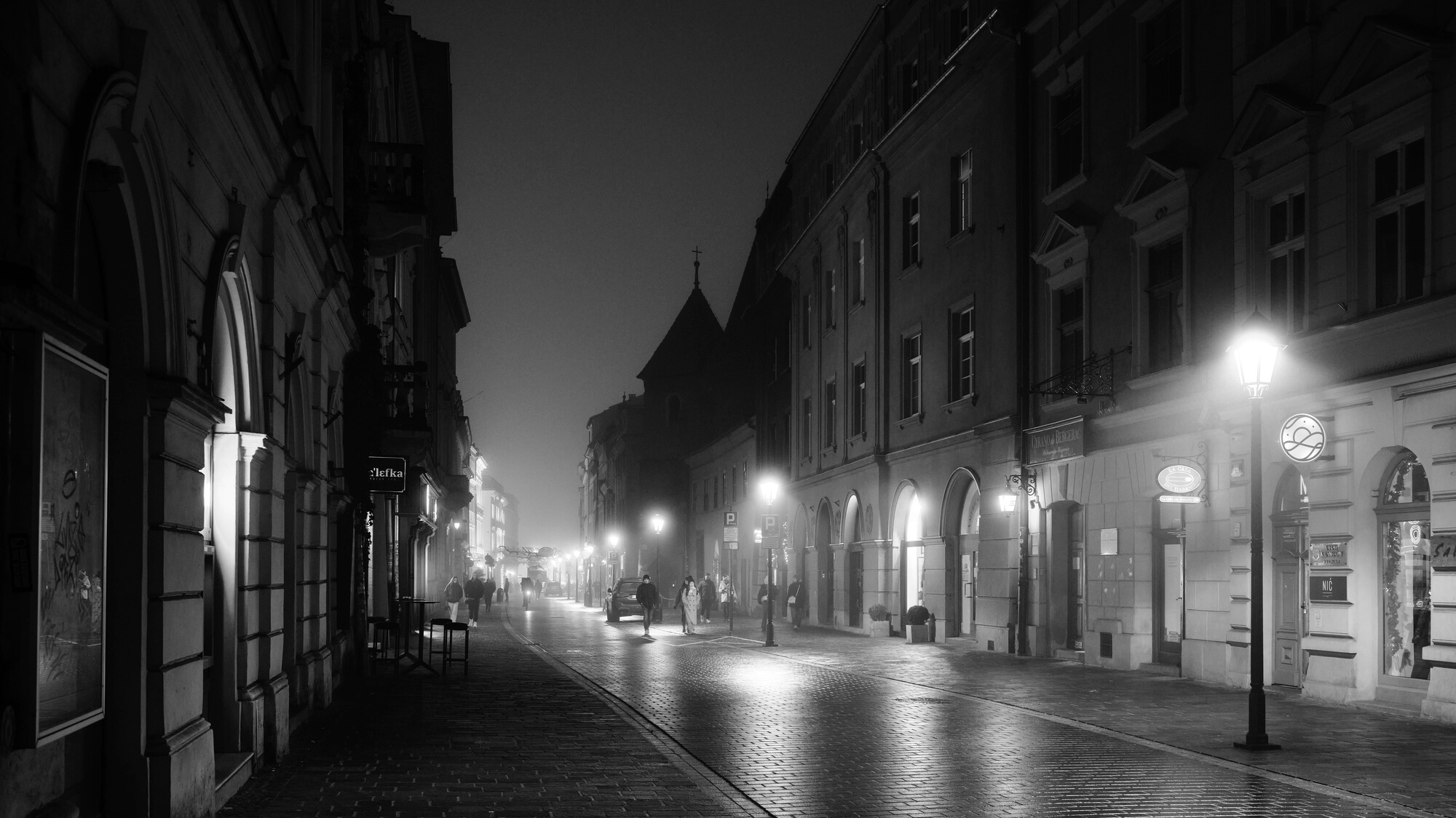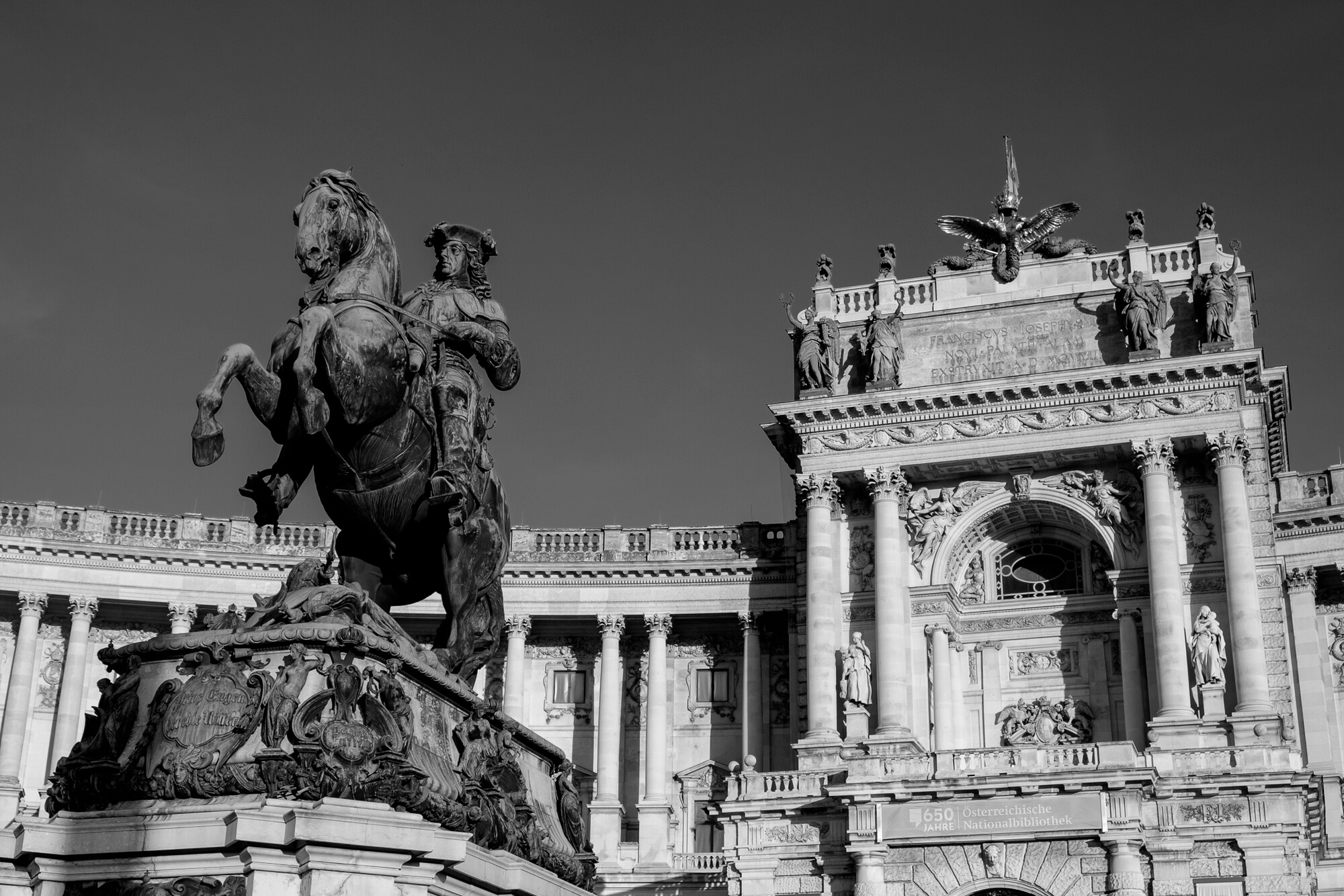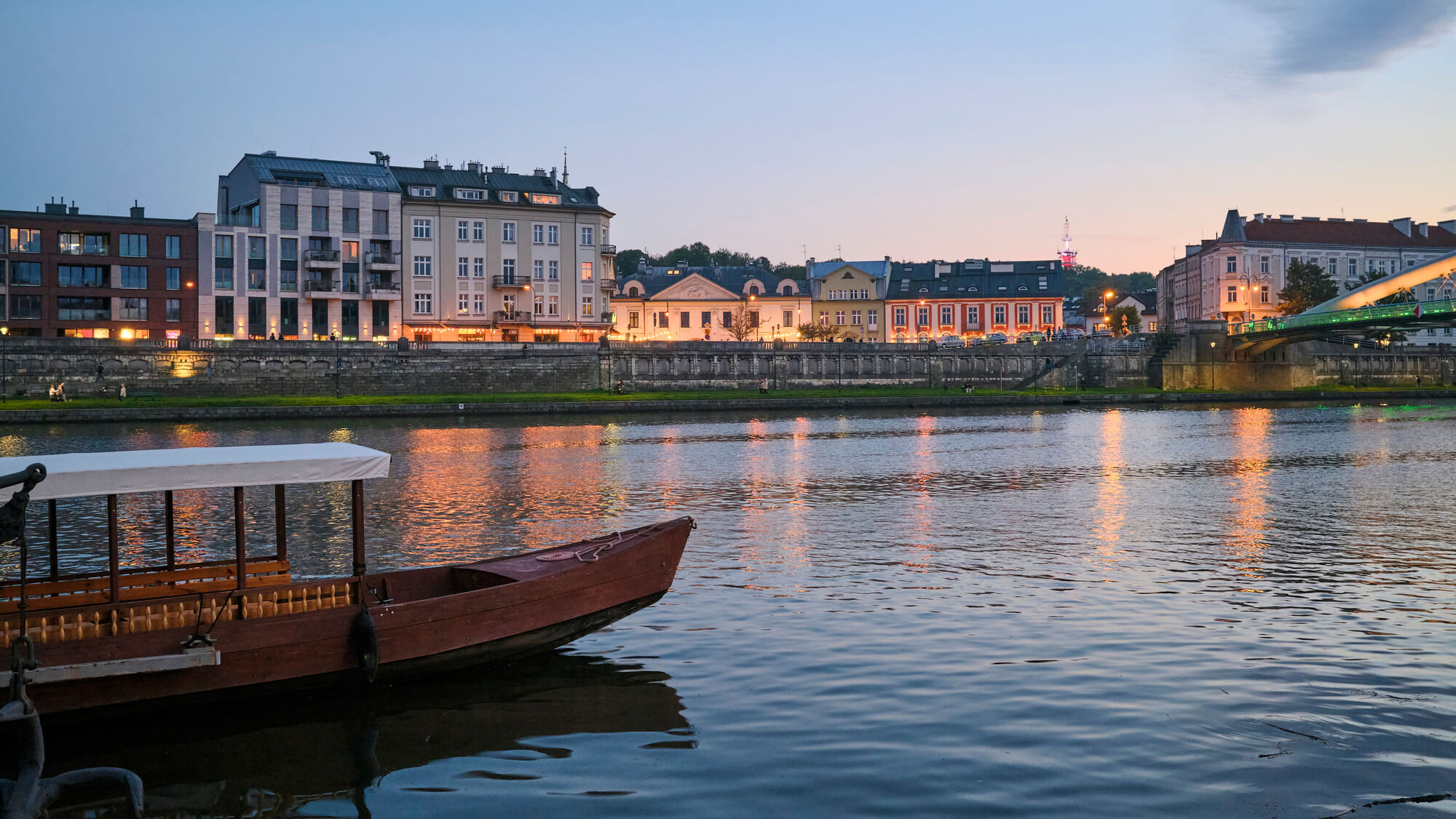This post is also available in Russian 🐻
Back in 2013, I traveled through six Italian cities: Rome, Florence, Genoa, Bologna, Verona, and Venice. I was hoping to continue the tour that summer, but now—just like the rest of the planet—I’m stuck at home, scrolling through old photos and remembering stories.
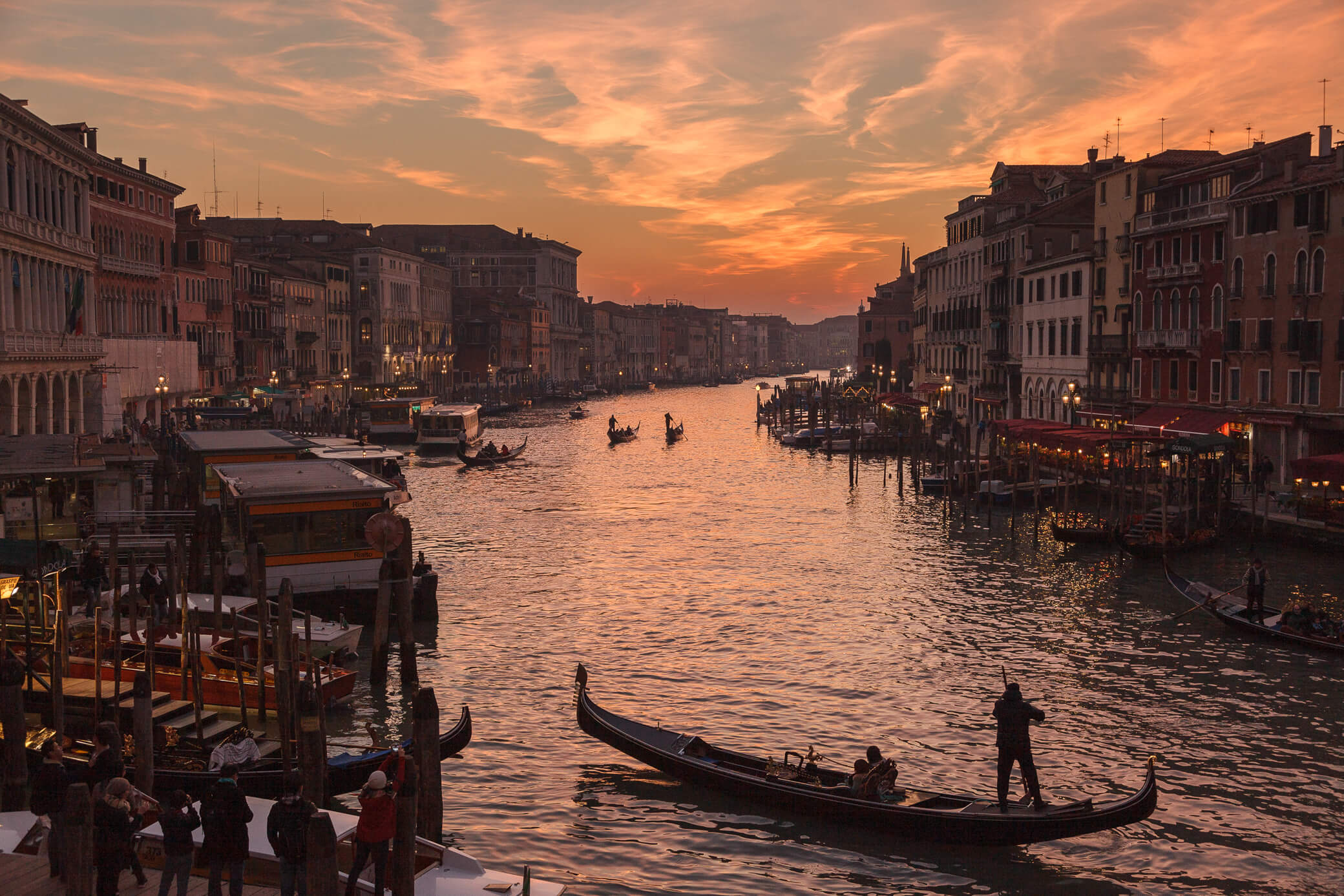
Feel free to join in. Not many words here—it’s melancholic enough without them.
Rome & Vatican
Everyone has their own stereotypical Rome. For some, it’s a mustachioed chef named Giuseppe; for others, leather-clad legionnaires; a swarm of Vespa scooters; ancient ruins; Audrey Hepburn and Gregory Peck. And all of that is real.
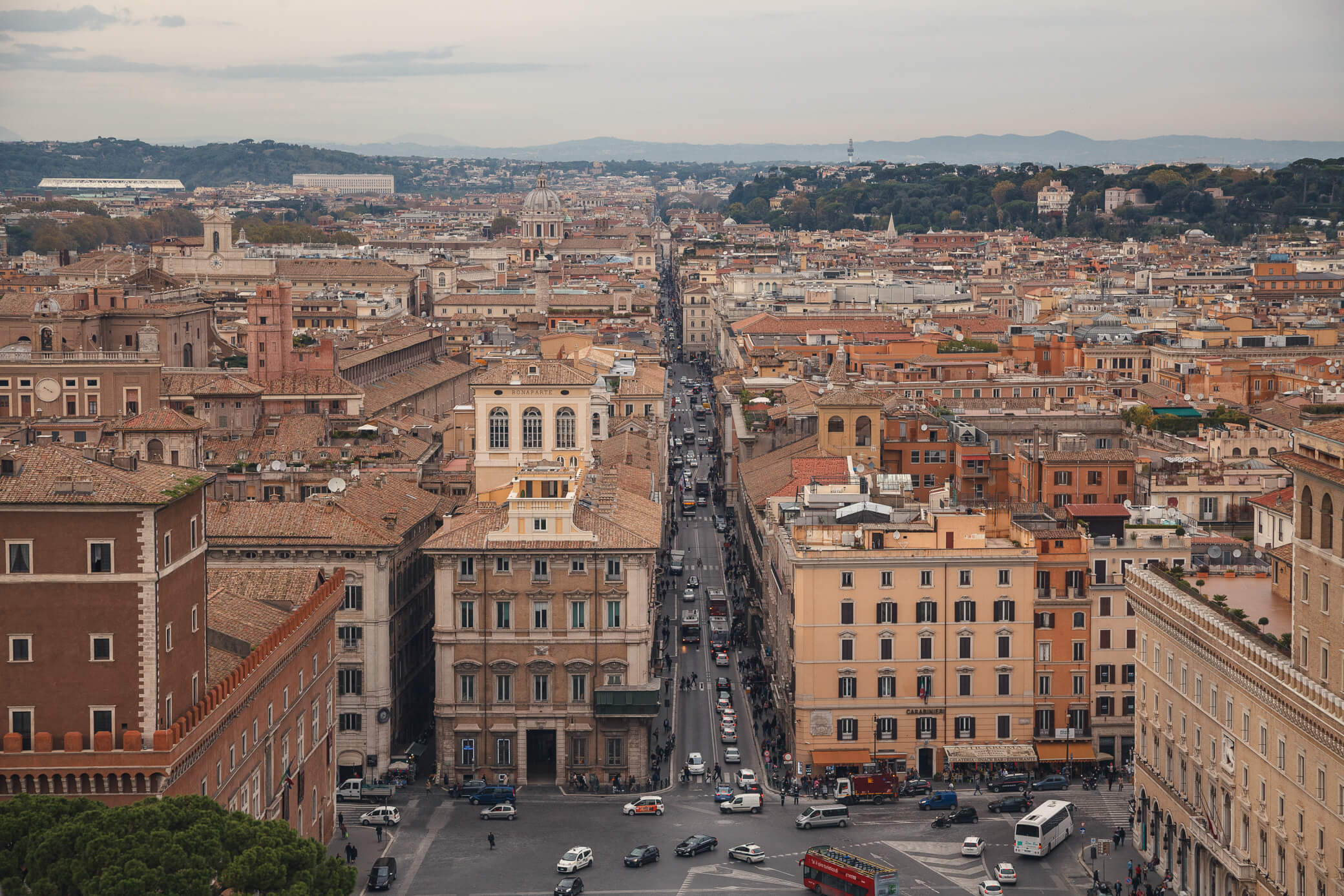
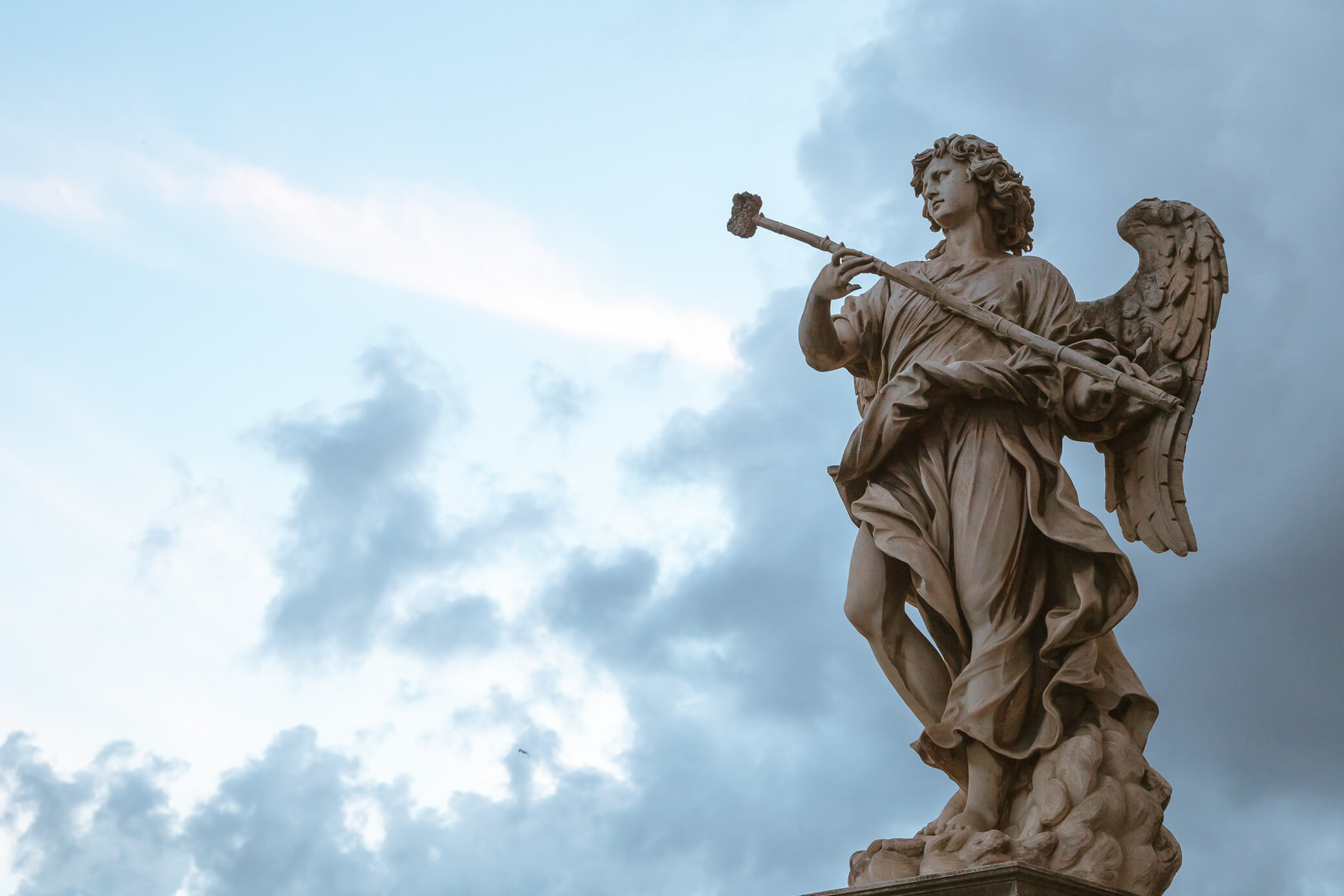
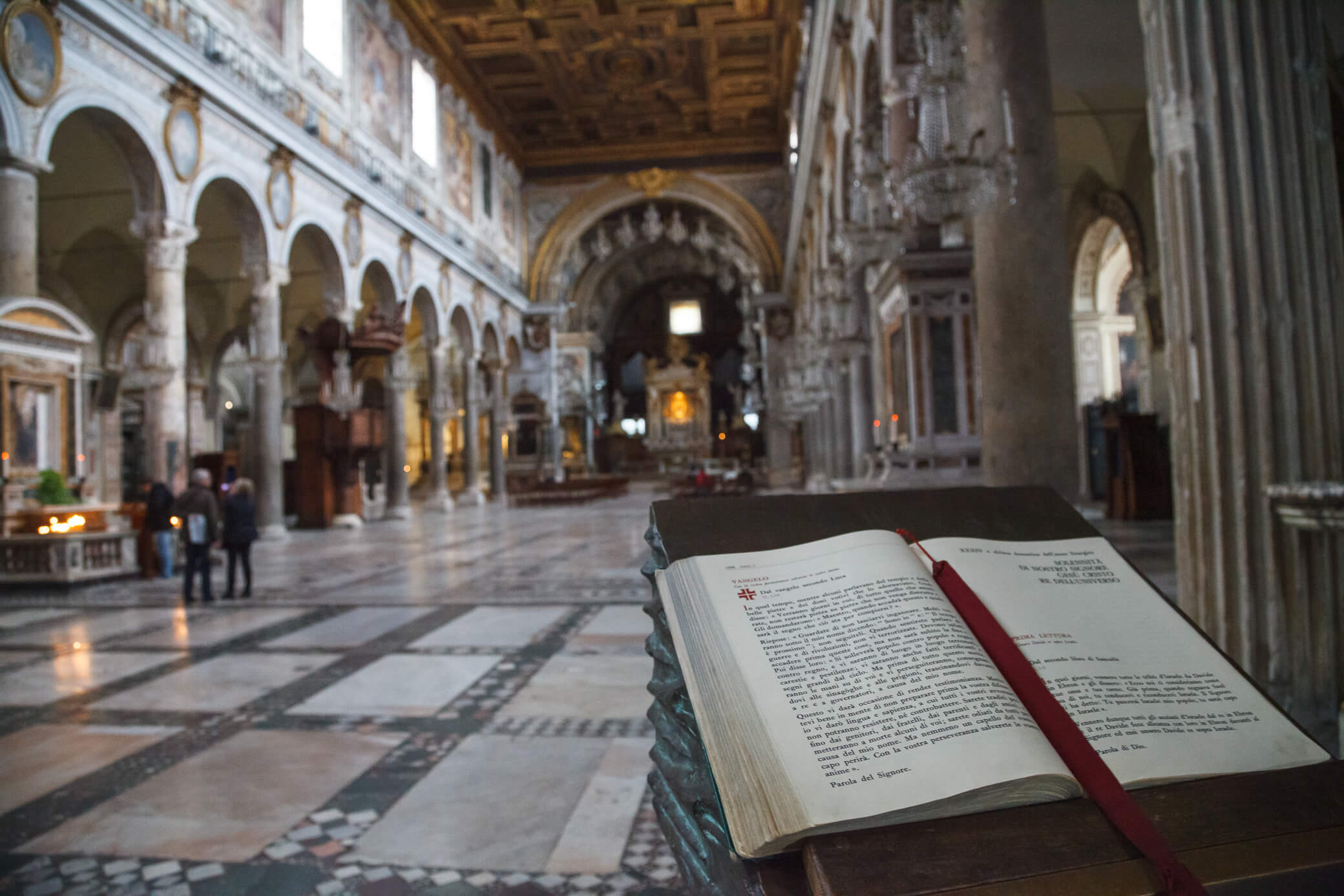
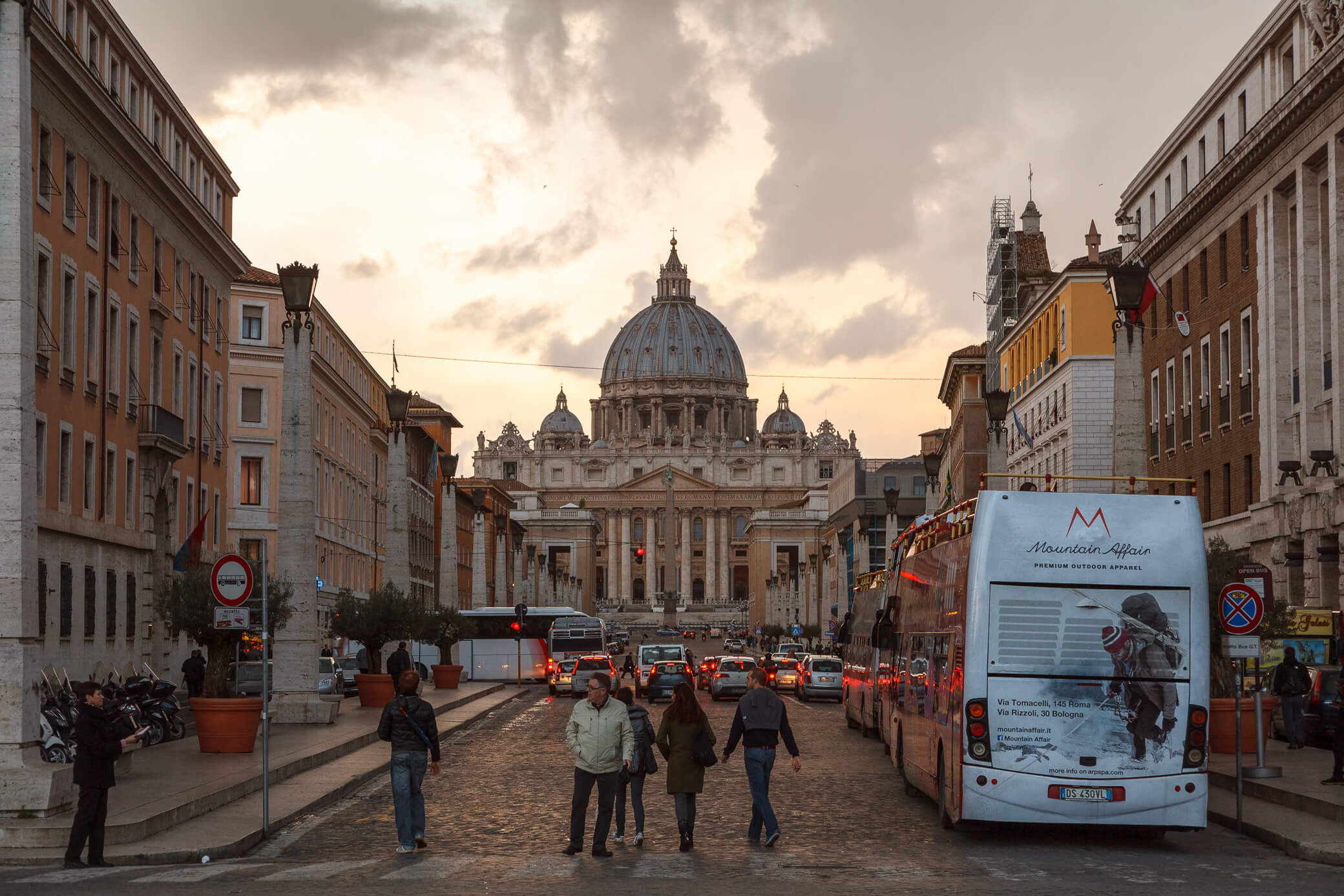
Rome is so massive and densely packed that it really does contain everything you could imagine about Rome. But because of that, there’s no room left for surprises. When you visit for the first time, it feels like you already know the city by heart.
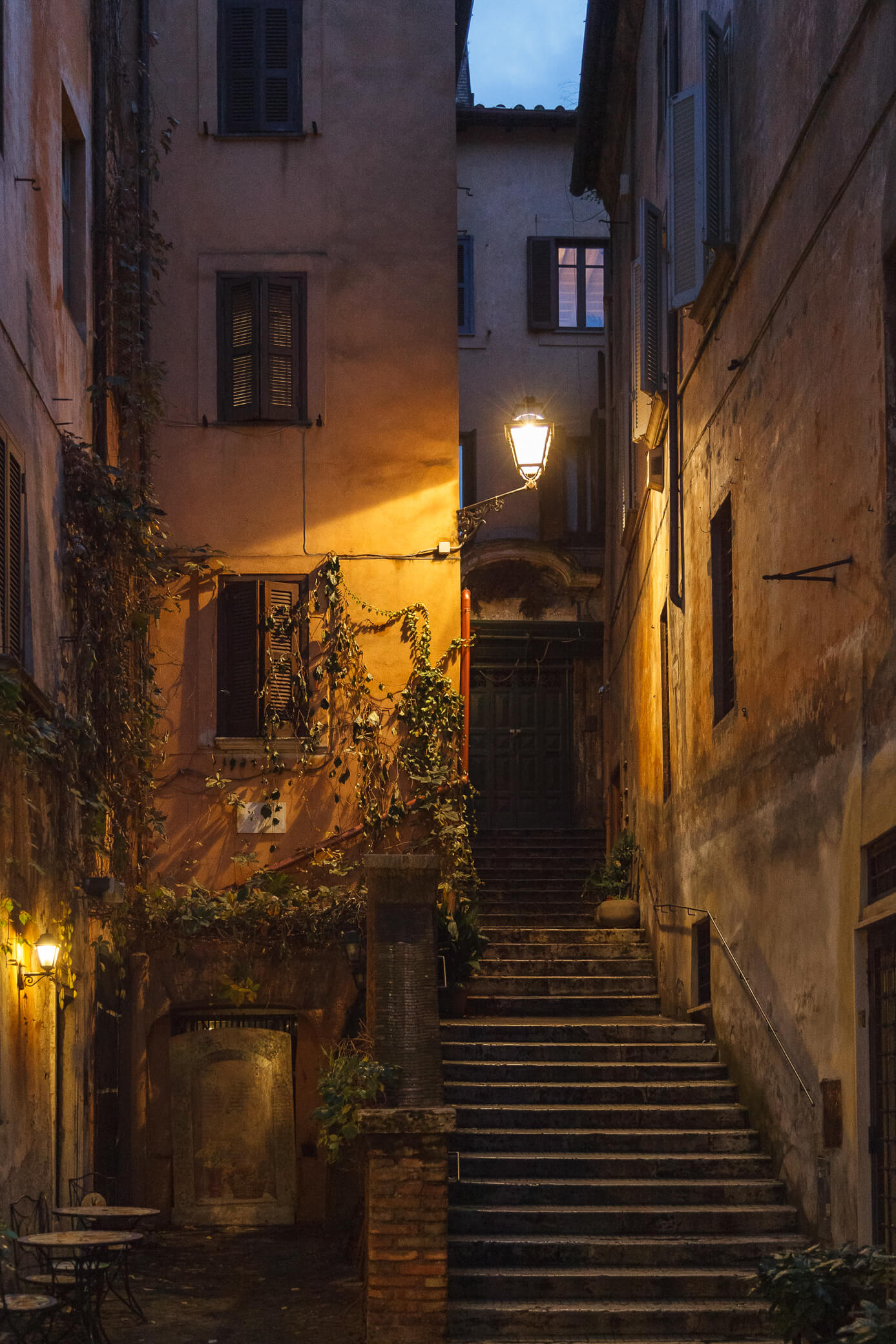
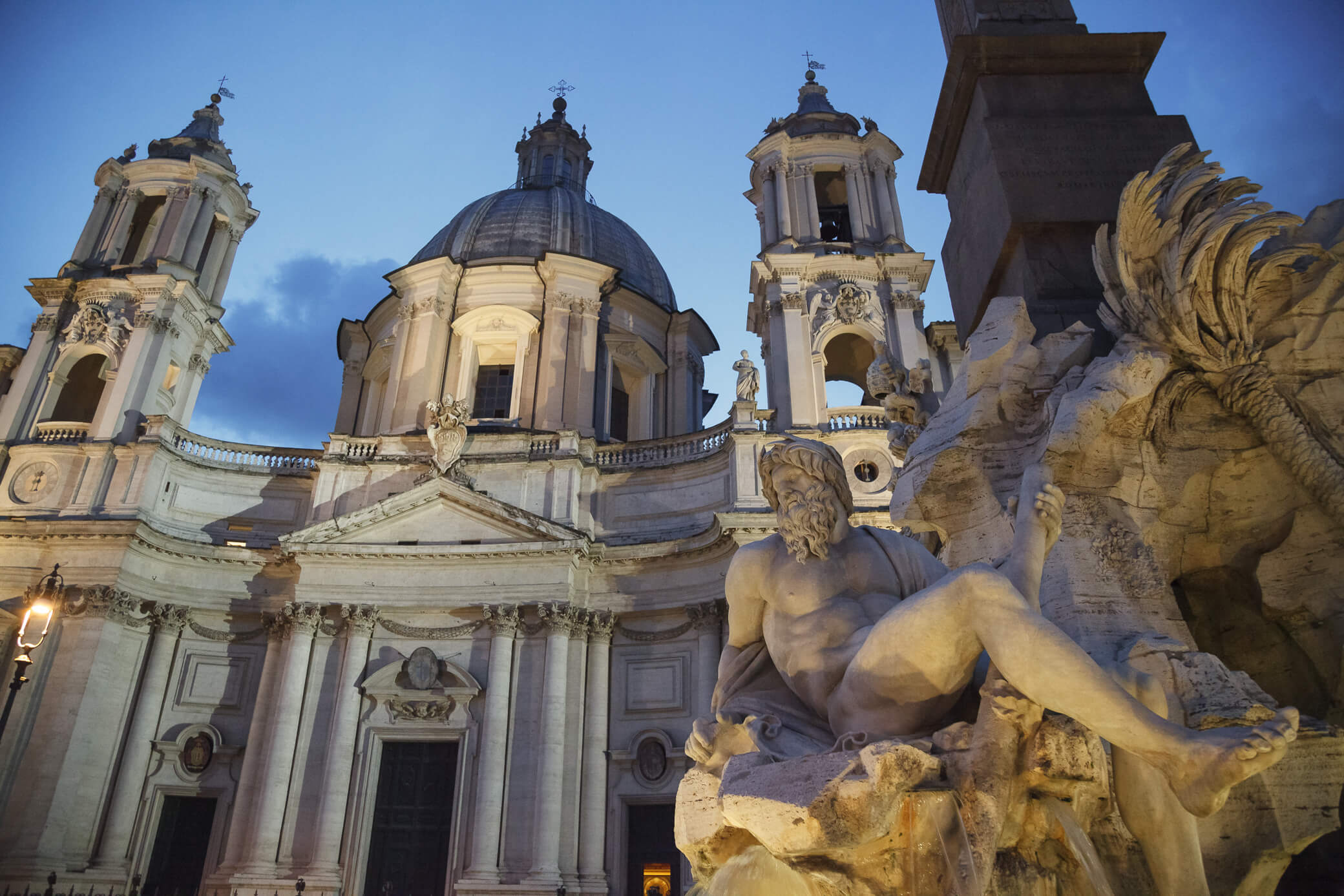
In November, it rains a lot. Several downpours a day. Tourists scatter, leaving only umbrella vendors on the streets (€20 each and broken after the first use). After the rain, the sky fills with dense flocks of birds. I’ve never seen anything like it.
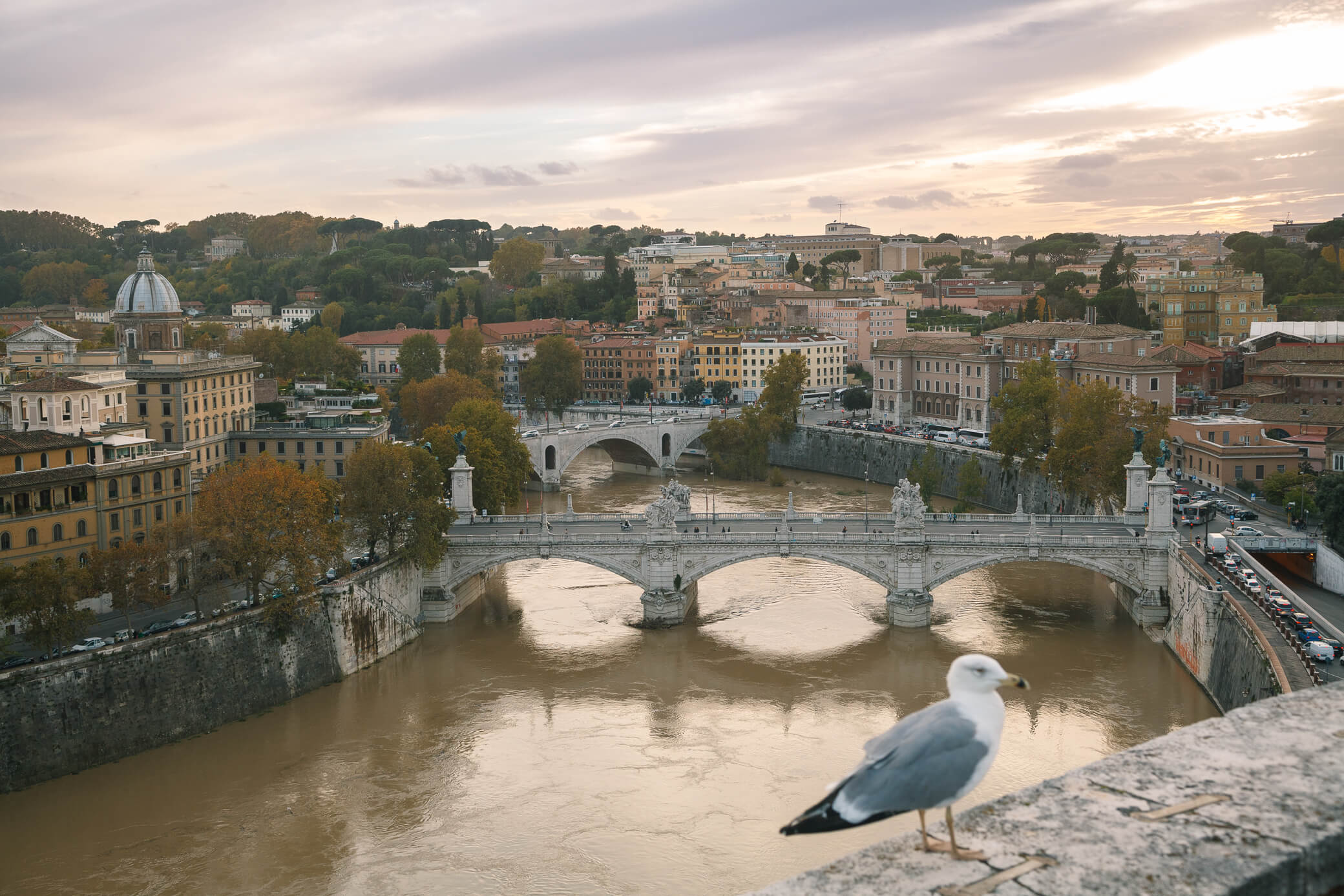
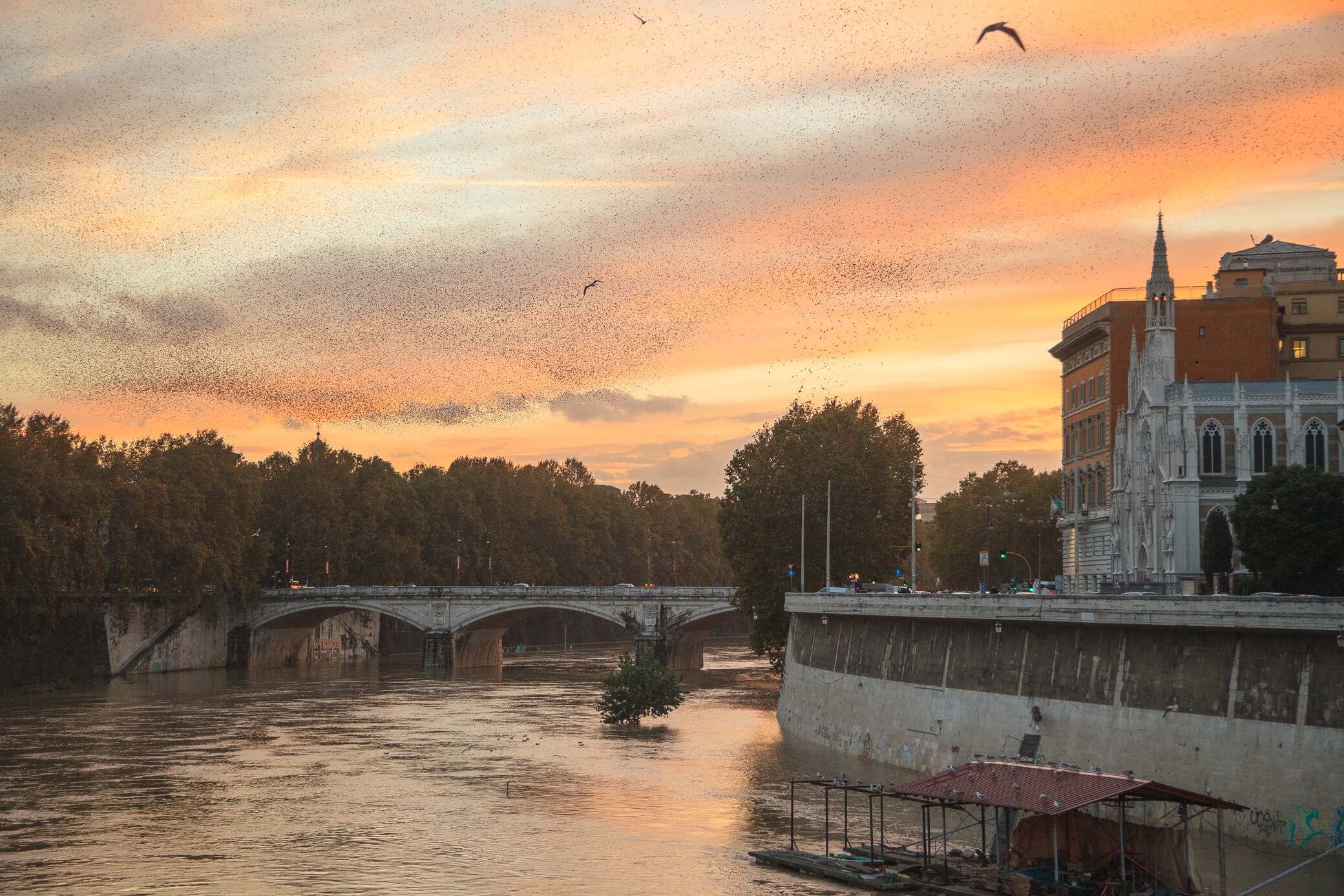
In Rome (as in the rest of Italy), churches take the place of conventional museums and galleries. The city itself is a giant open-air architecture exhibit. There’s beauty for every taste (except Gothic—only one single façade represents it here).
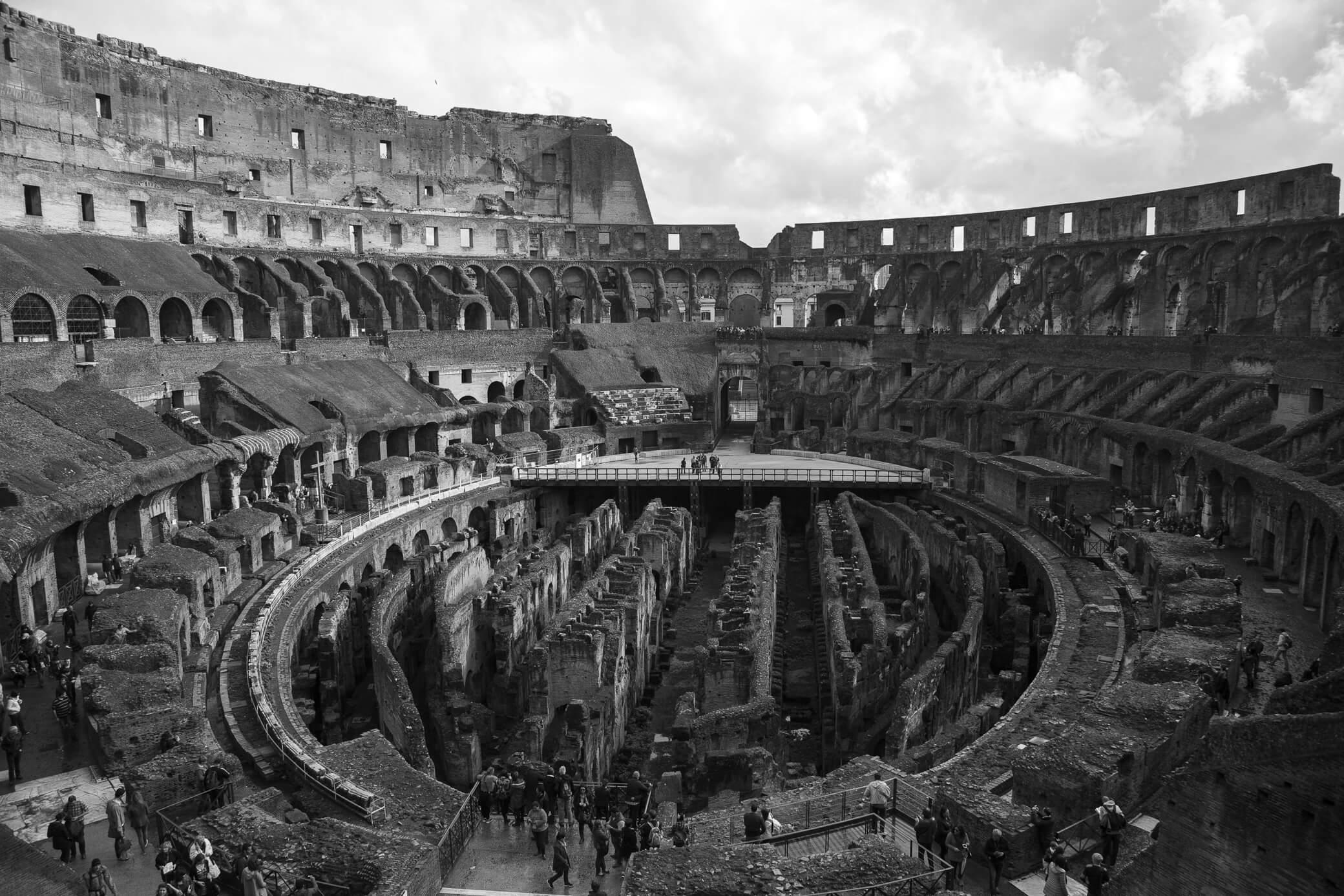
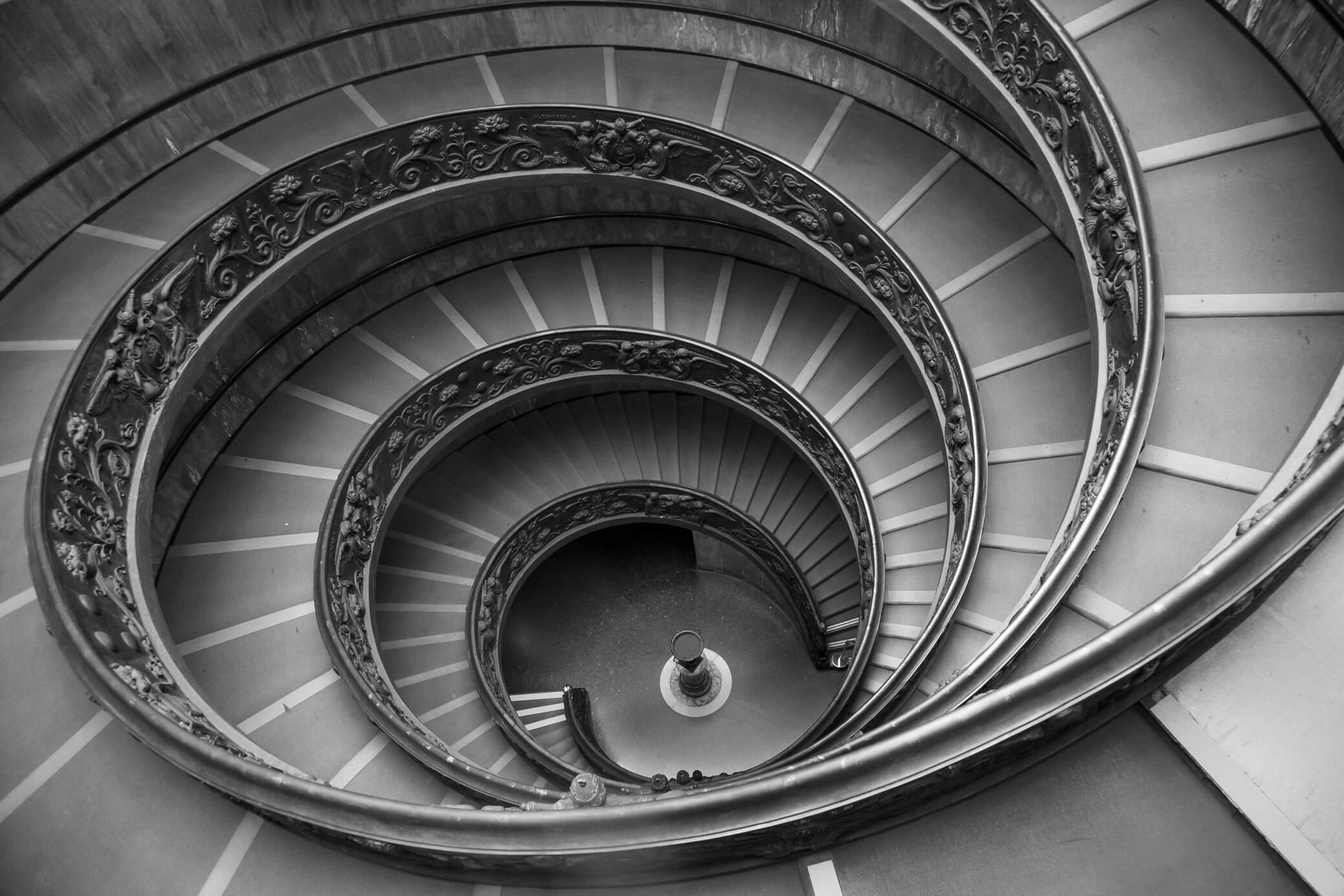
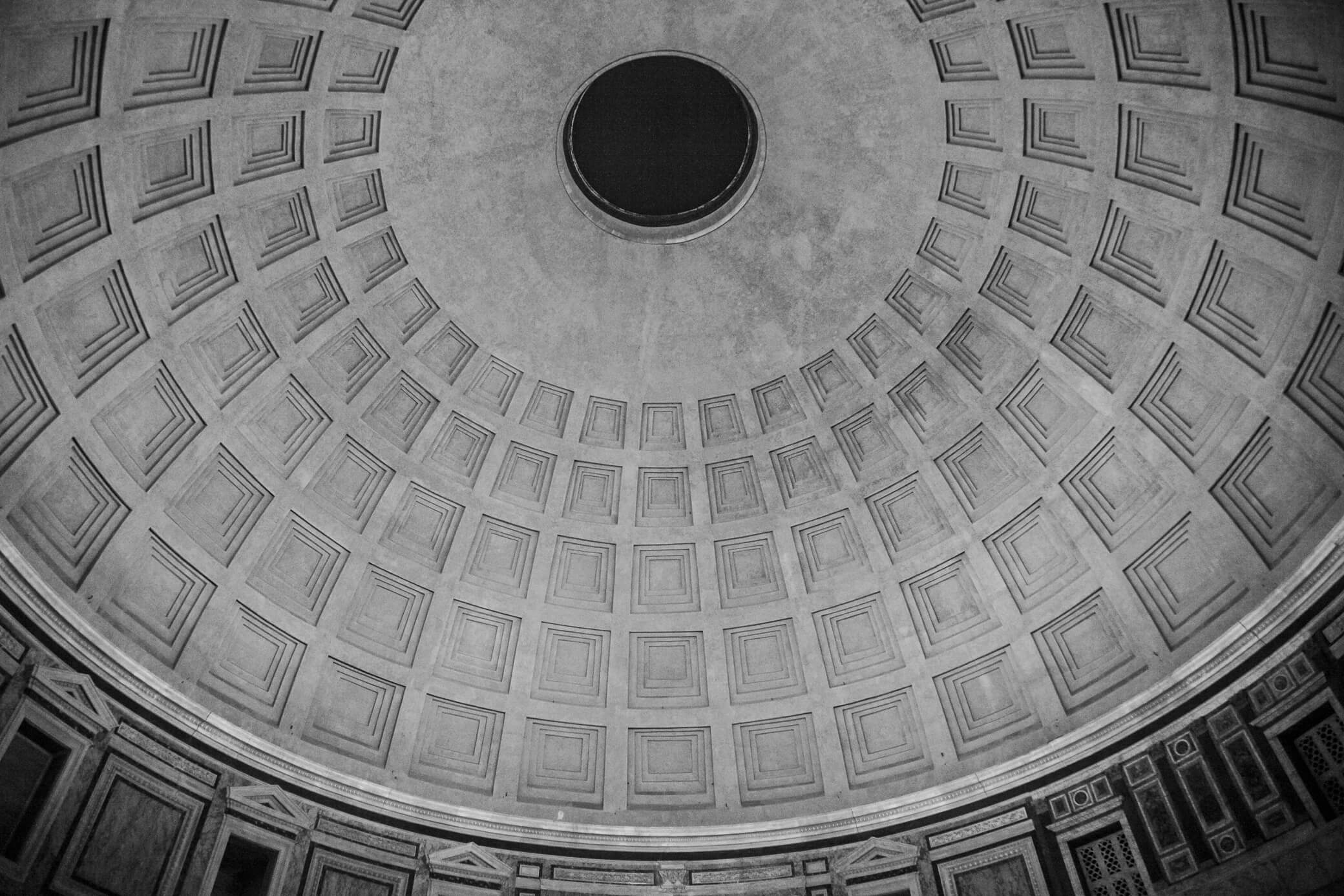
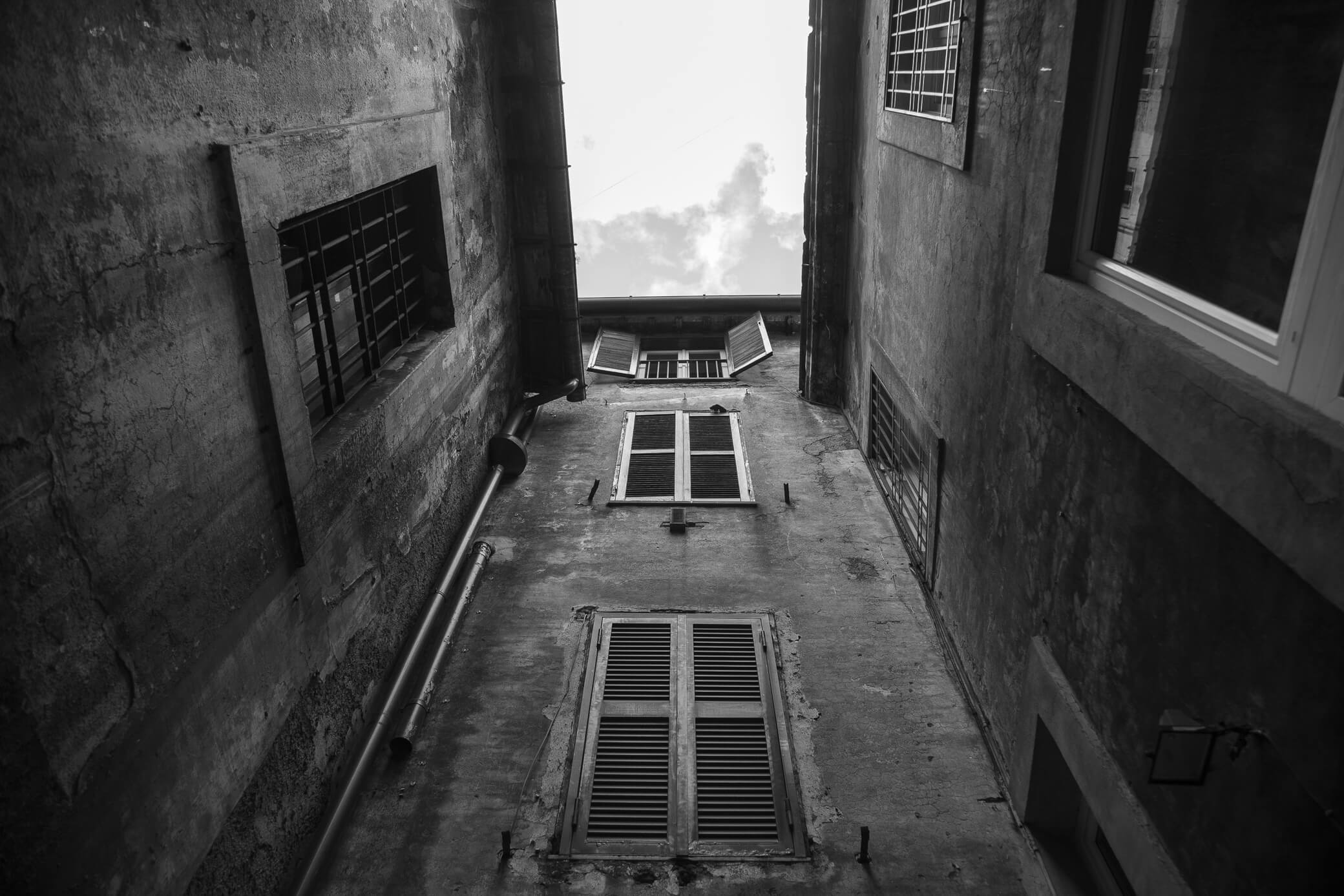
You already know all the must-see landmarks. One tip: book your tickets online in advance. It’s cheaper and helped me skip the long lines at the Colosseum, Forum, Capitoline Hill, and Vatican Museums.
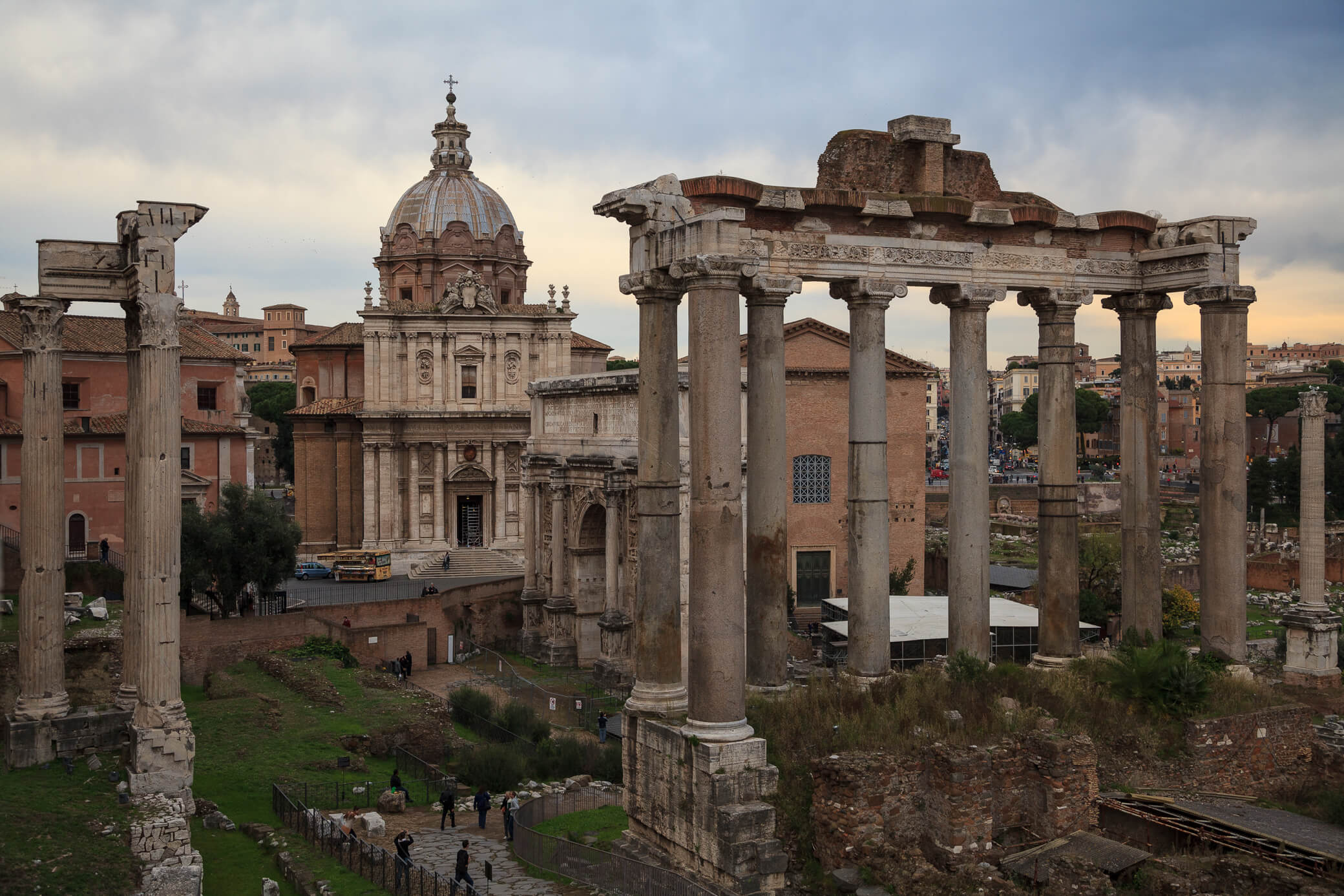
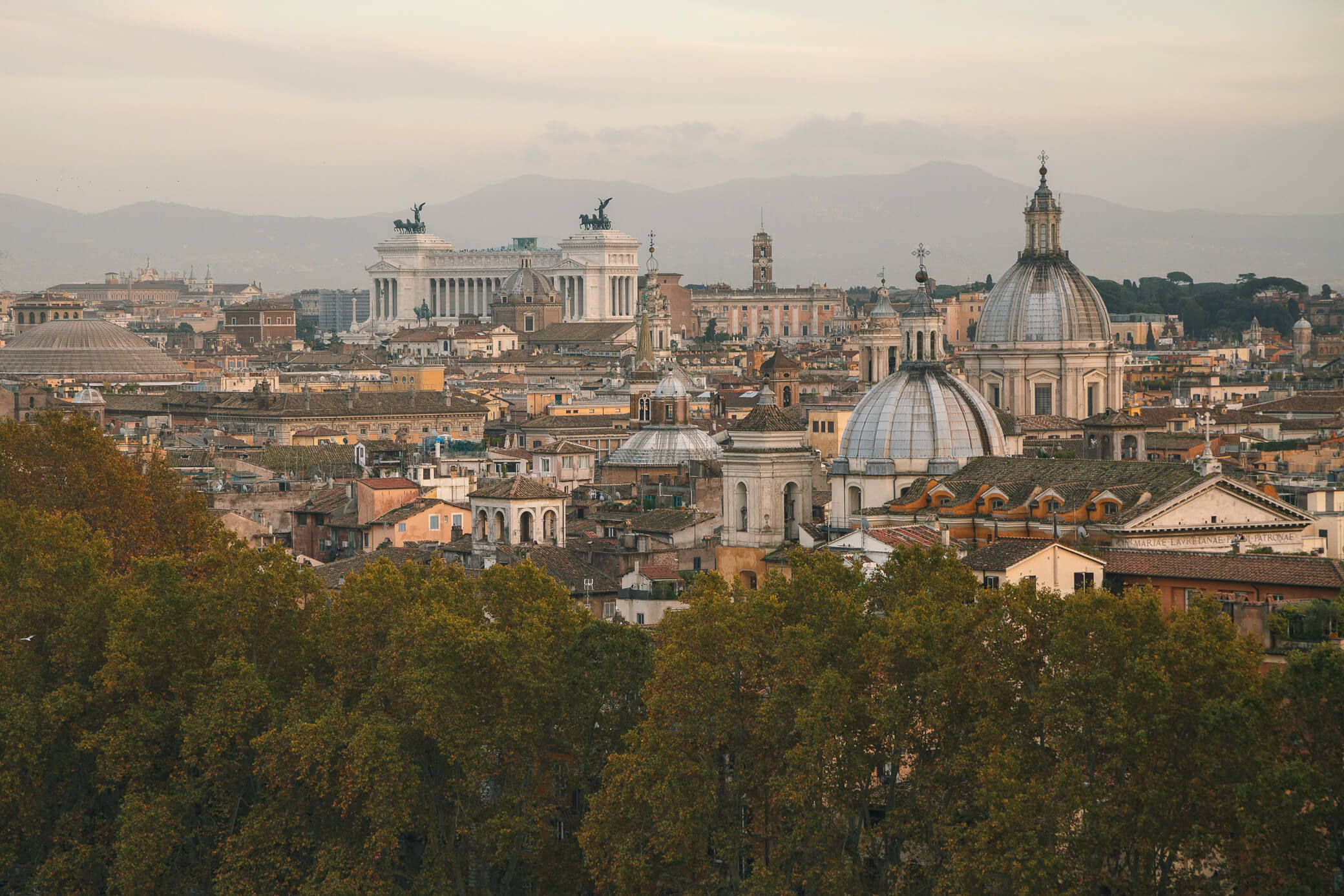
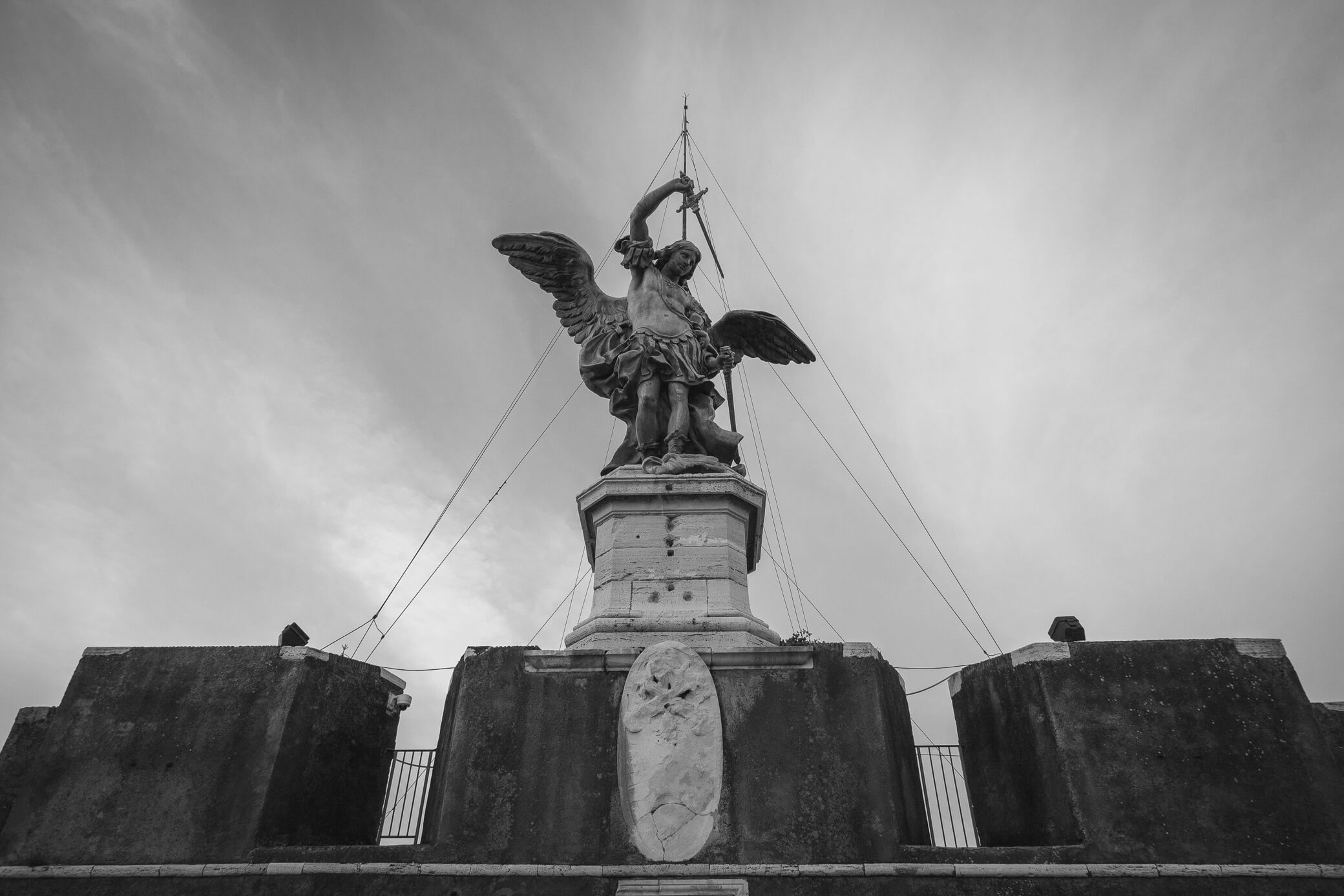
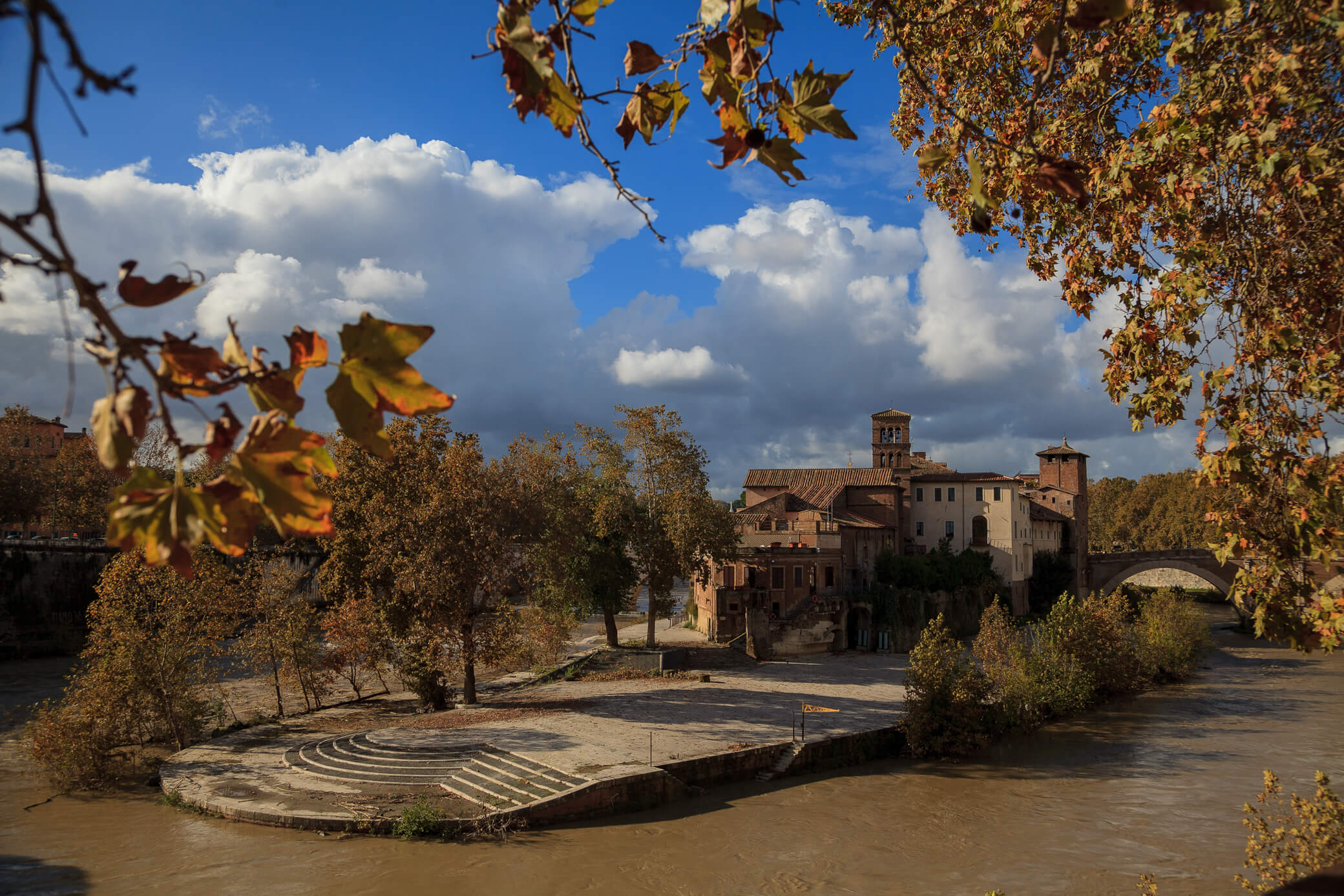
Other advice: don’t trust traffic lights or crosswalks. Eat before noon. Try every flavor in every gelateria. Stroll down the charming Via dei Coronari. Walk around Trastevere. Don’t skip the Tiber Island.
Florence
Ask an Italian something like “How do I get to Florence?” and you’ll get a blank stare. That’s because the city is called Firenze in Italian—which only vaguely resembles the familiar “Florence.”
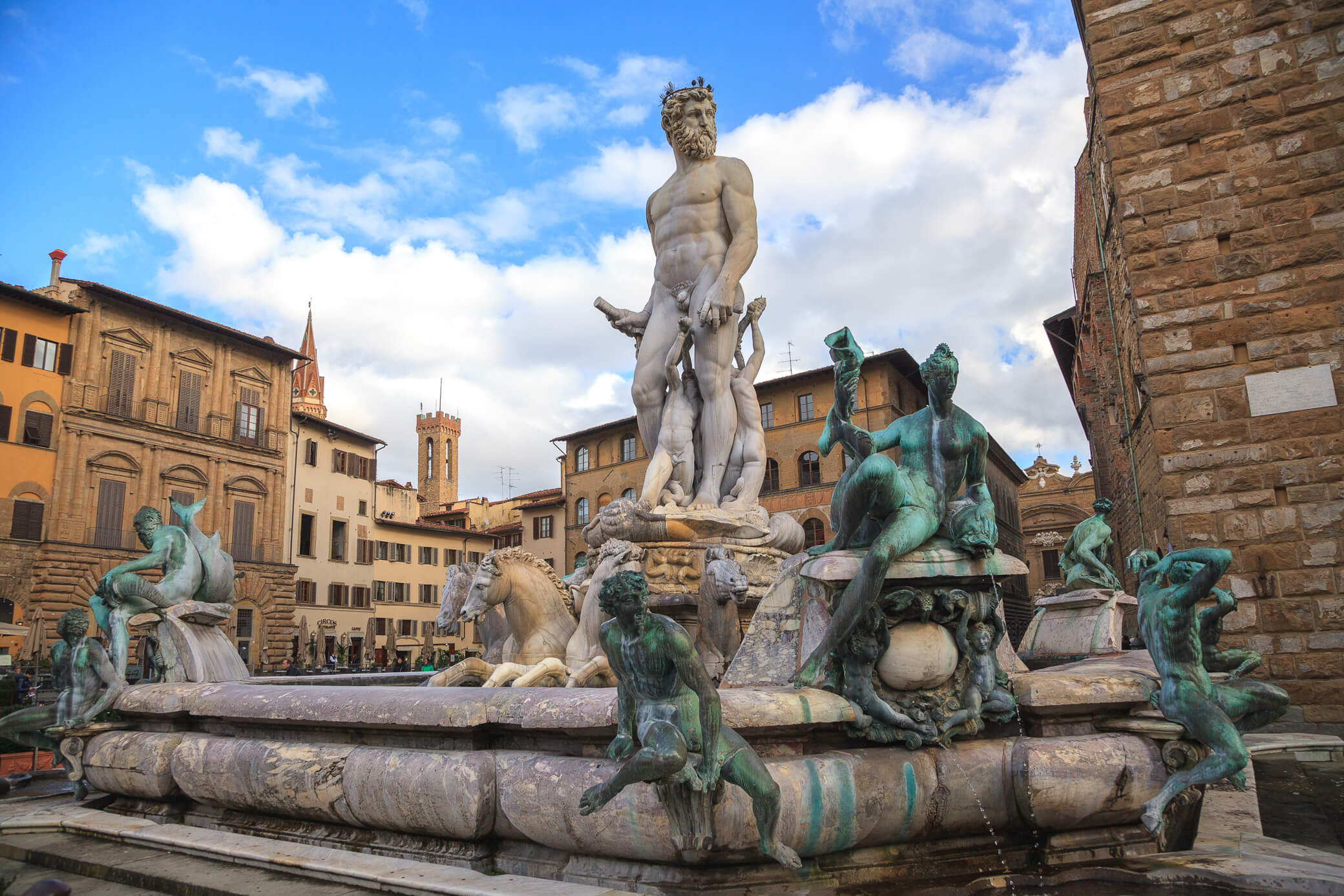
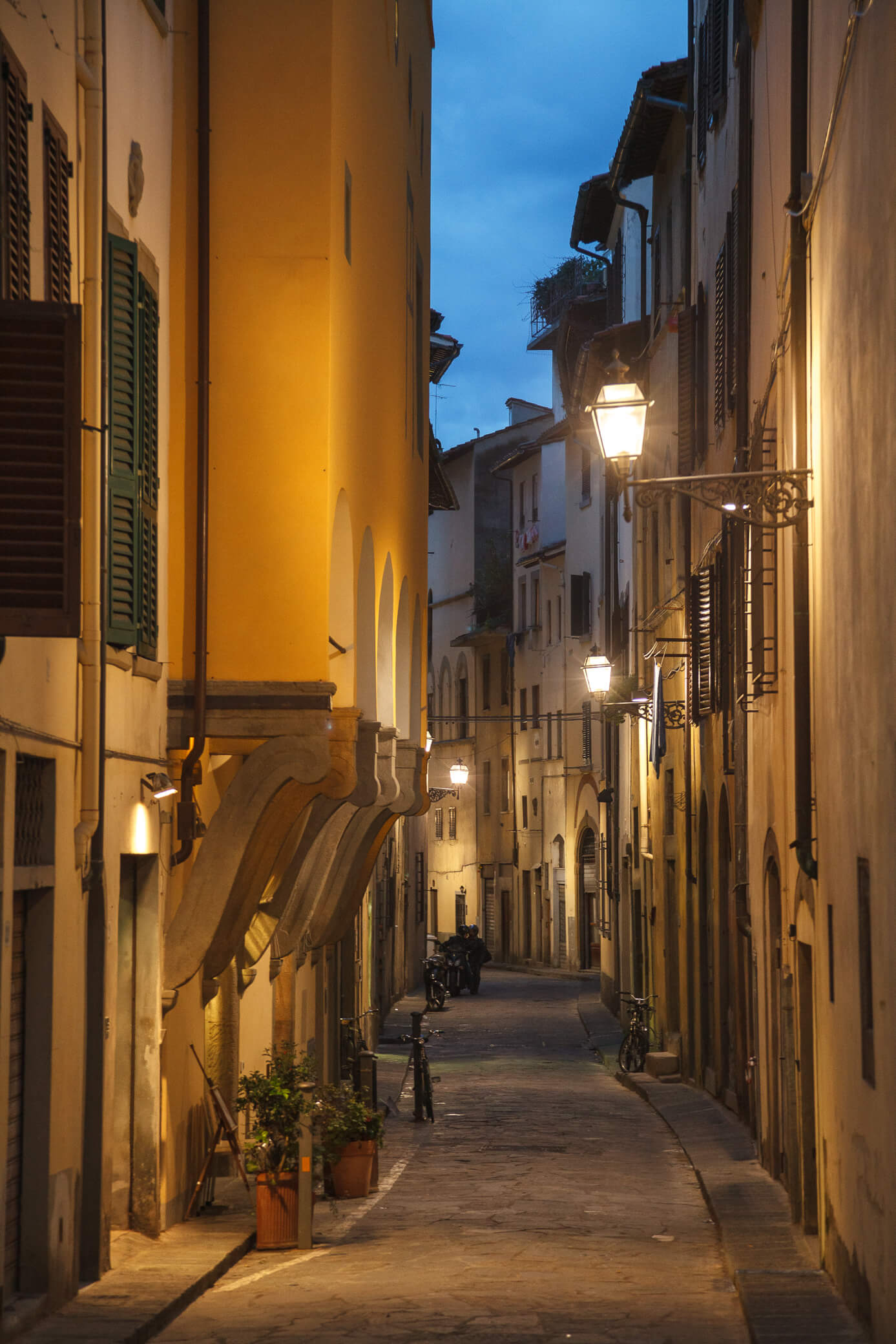
Same with the image I had in my head before visiting—it didn’t quite match reality. I wasn’t disappointed, but I definitely expected more from the birthplace of Stendhal syndrome. The city is insanely beautiful—but not endlessly so.
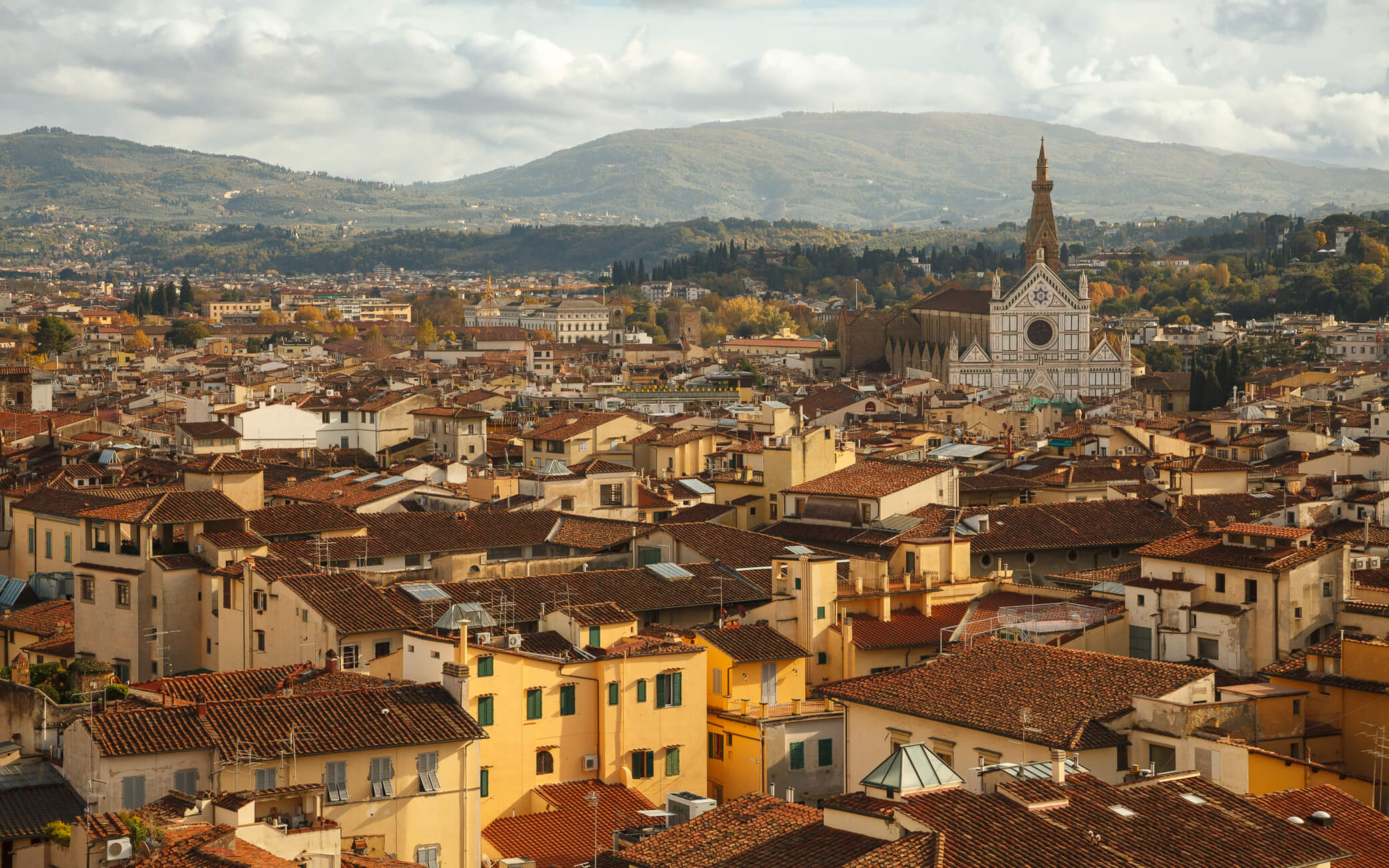
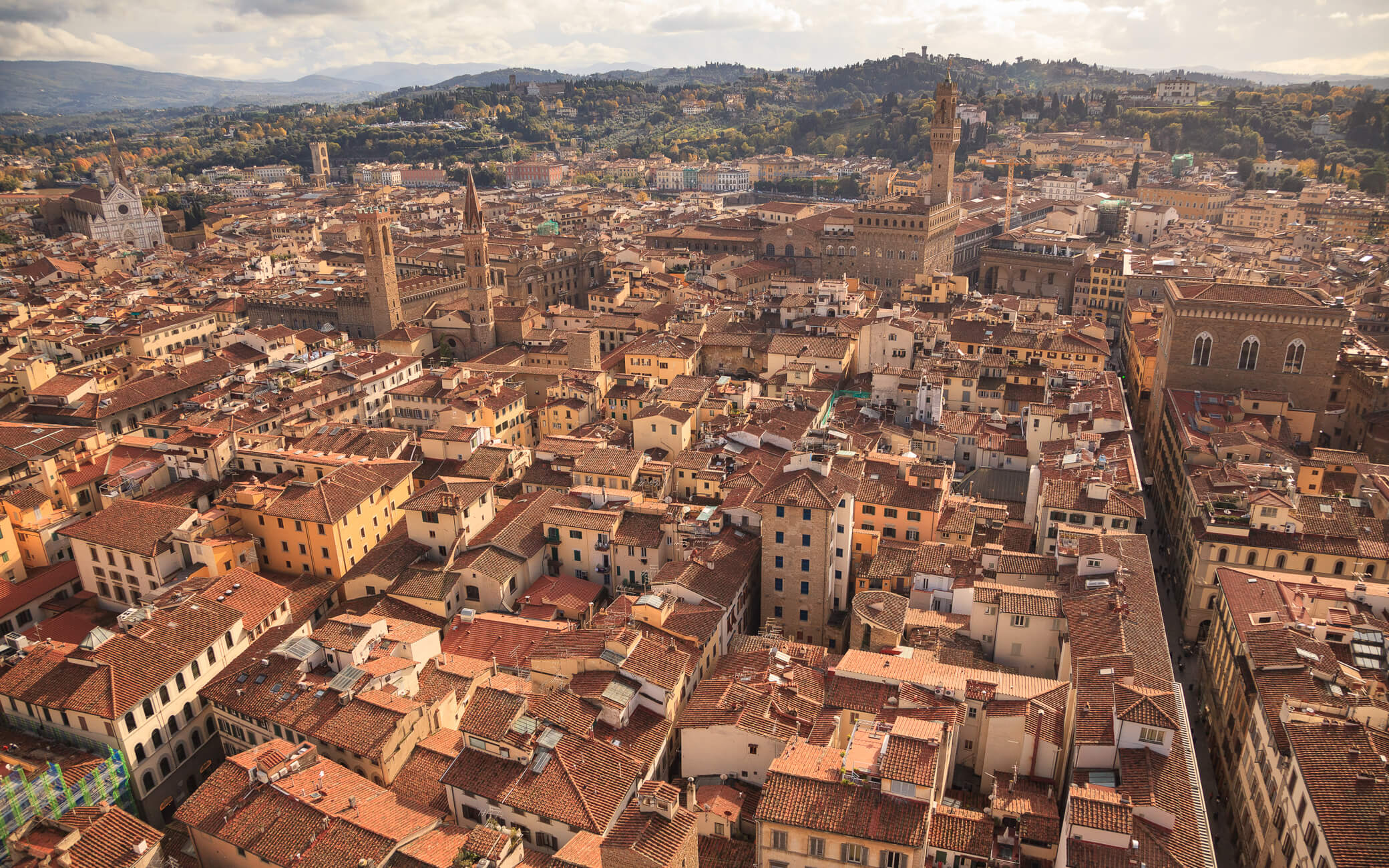
When you’re worn out from Renaissance masterpieces and the flamboyant cathedral façade, head away from the center and climb the hill to Piazzale Michelangelo. Quiet gardens and a sweeping view of the cradle of European culture await you there.
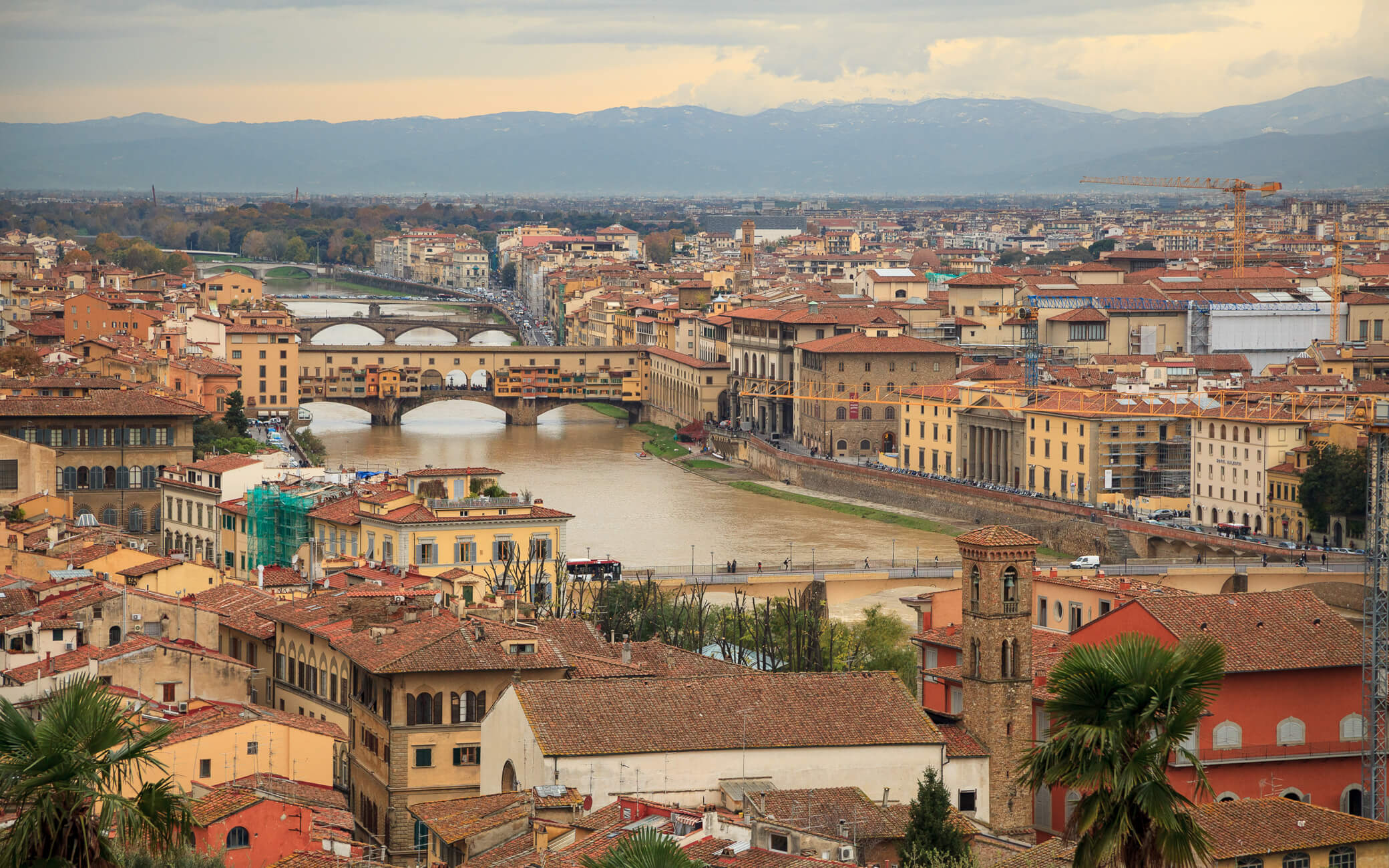
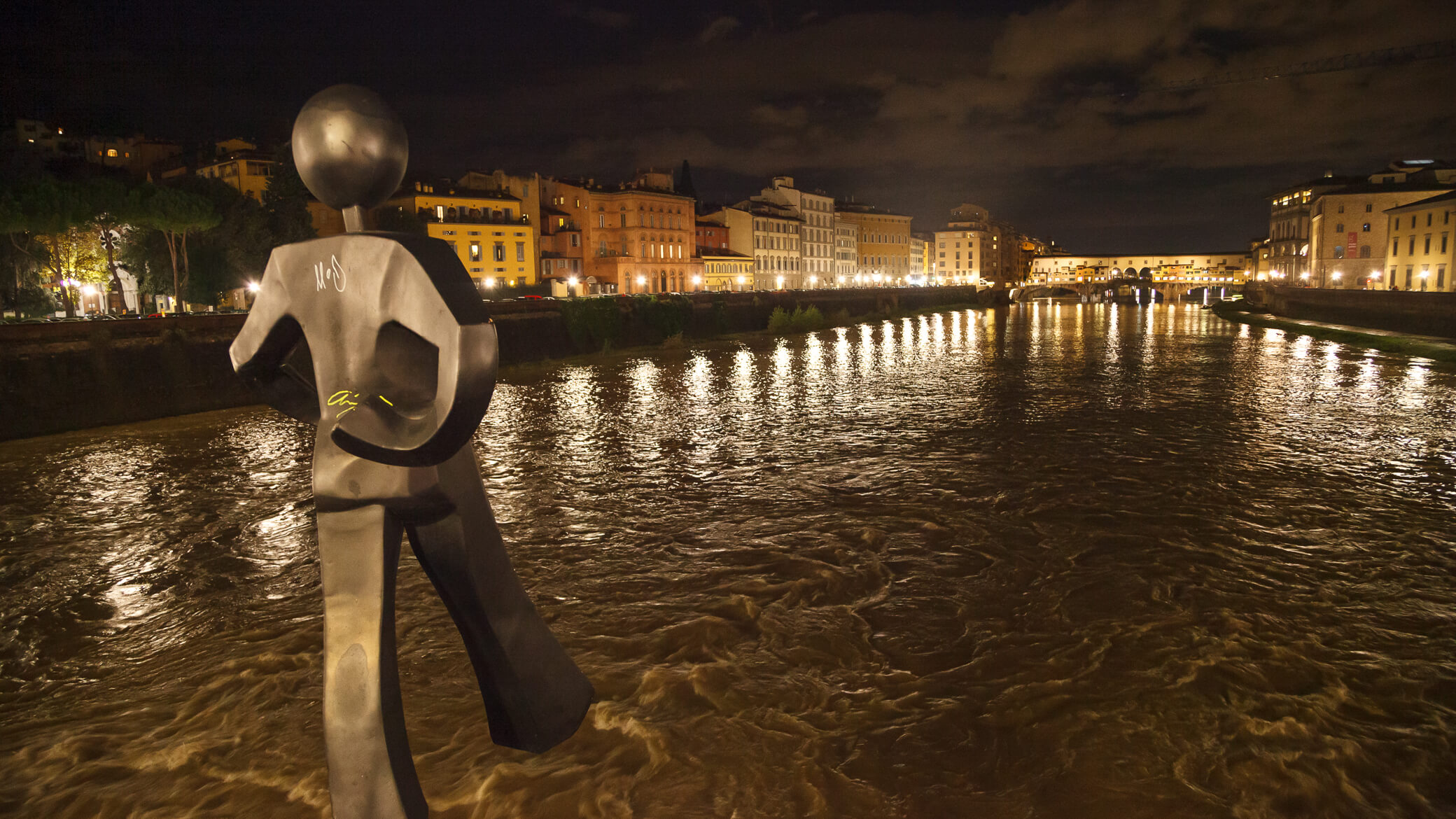
Seven years later, my memories of Florence have mostly faded. I remember a gorgeous art collection in the Medici Palace, narrow streets, red rooftops, olive groves on the city outskirts, and the tourist crush on Ponte Vecchio—and that’s it. A bit sad, really.
Genoa
A city on the Ligurian coast I hadn’t even heard of before — and yet it instantly surprised and charmed me. I ended up here by chance on a friend’s recommendation. Spent just one day, but it stayed with me forever.
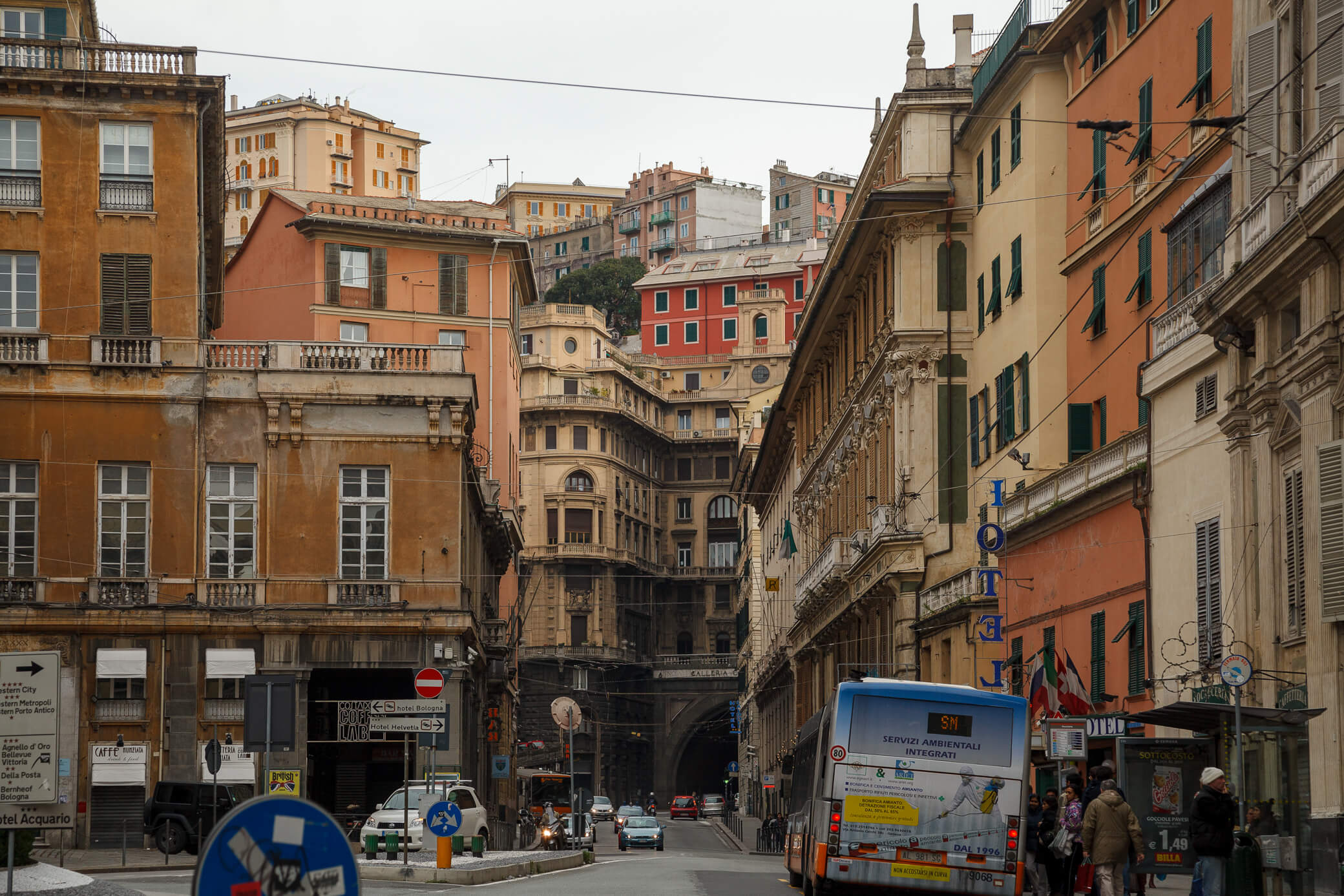
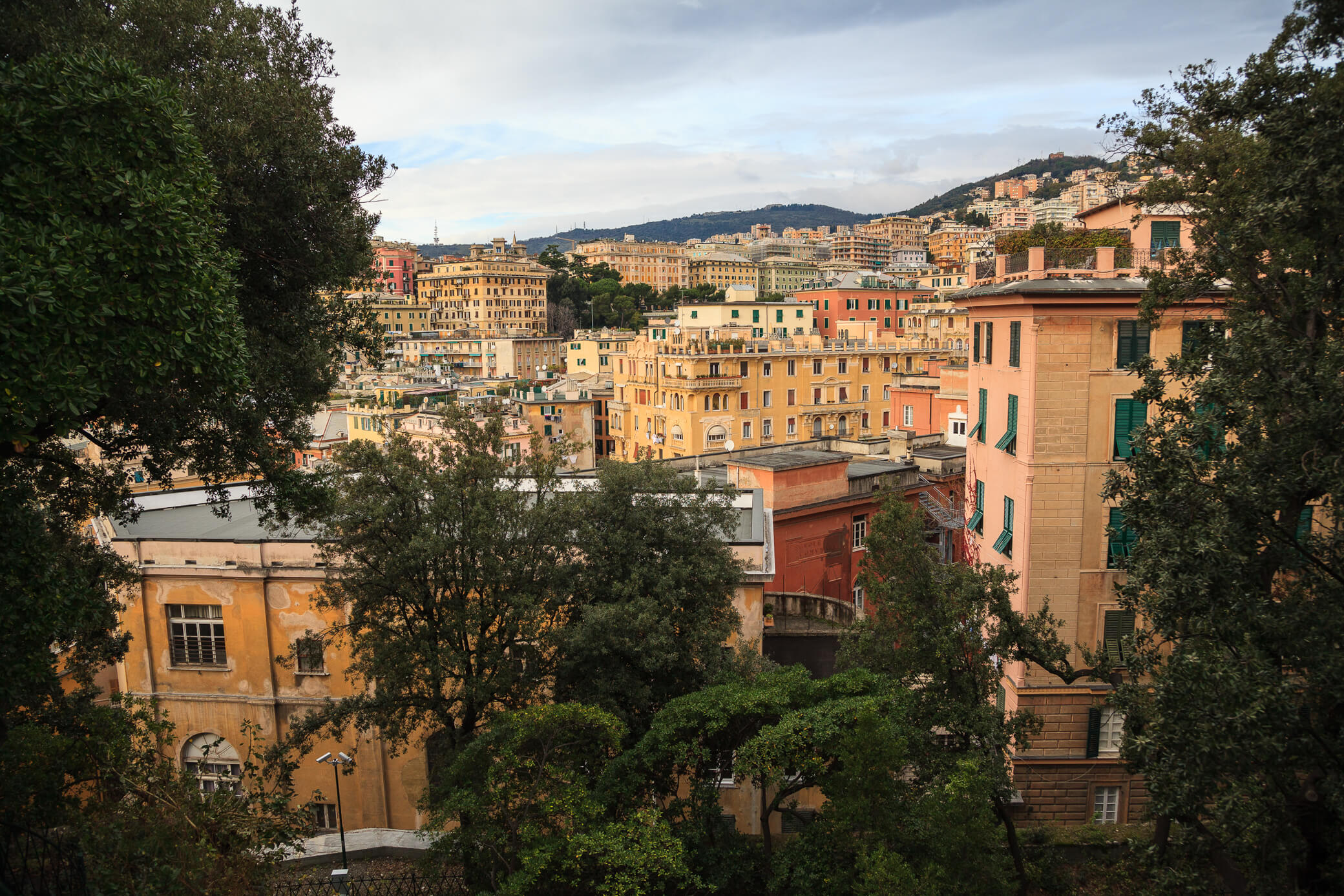
Genoa is the complete opposite of Florence. Messy, rough, eclectic, portside, and far from relaxed. But somehow the city seems to get you — it lives on your frequency.
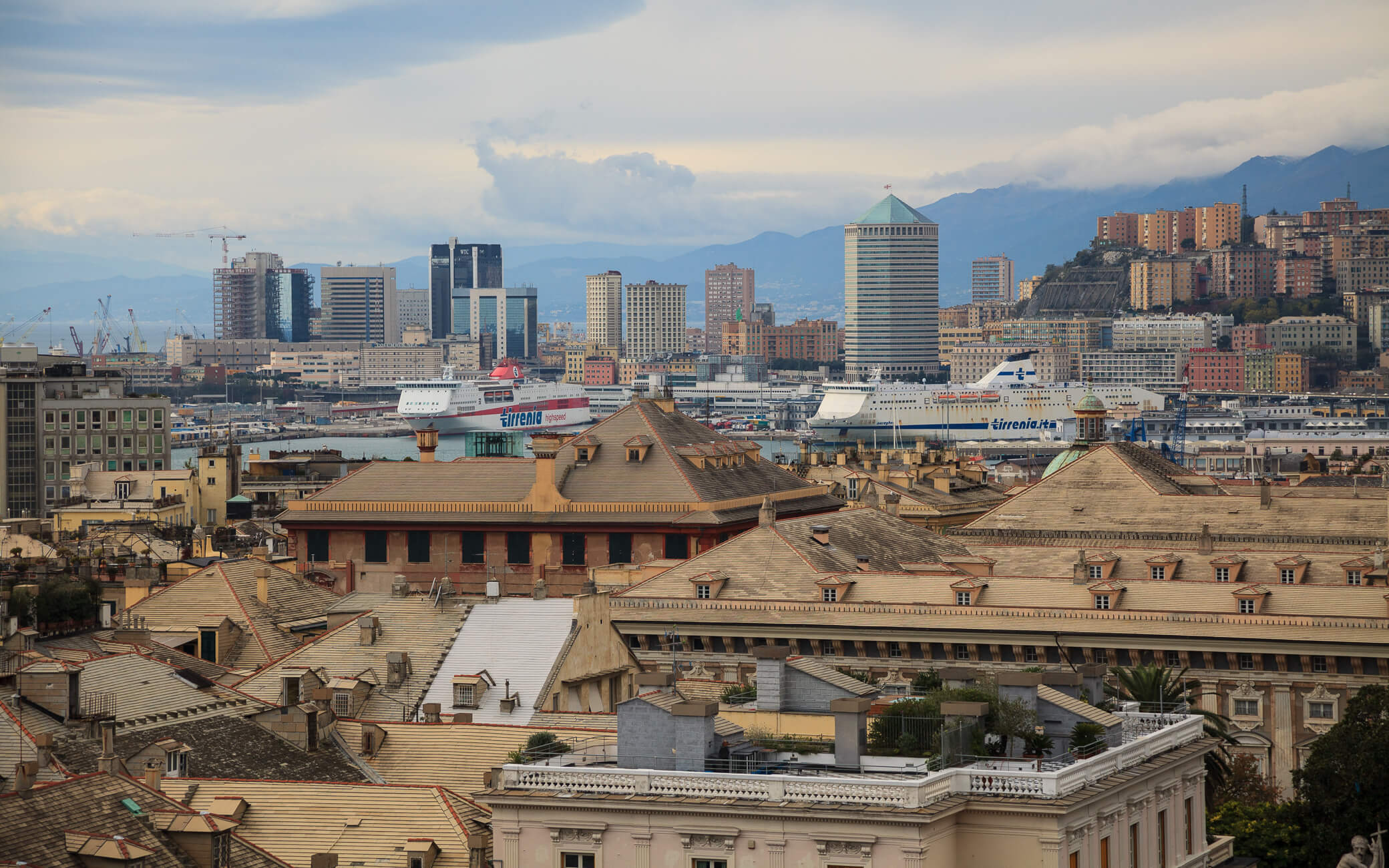
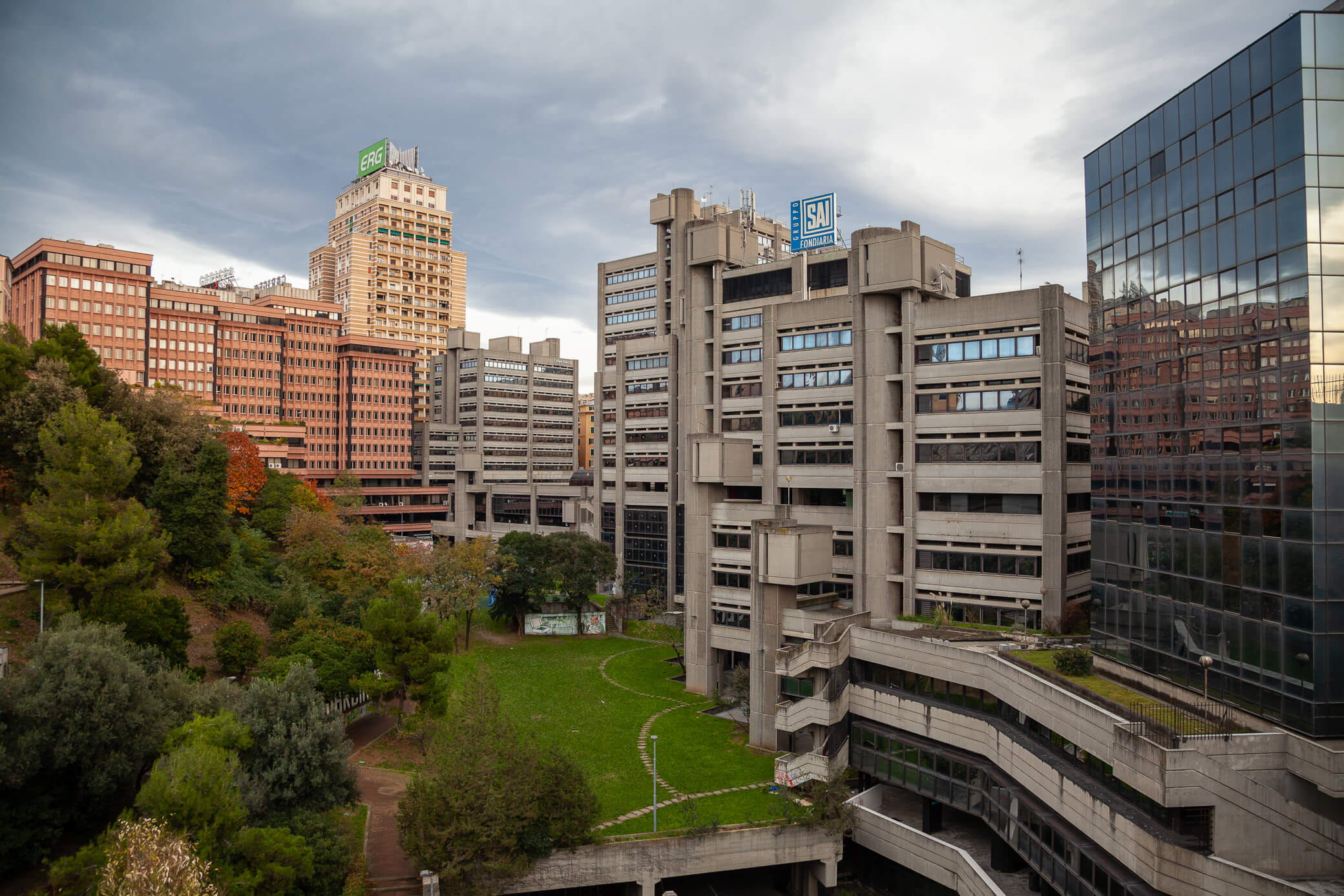
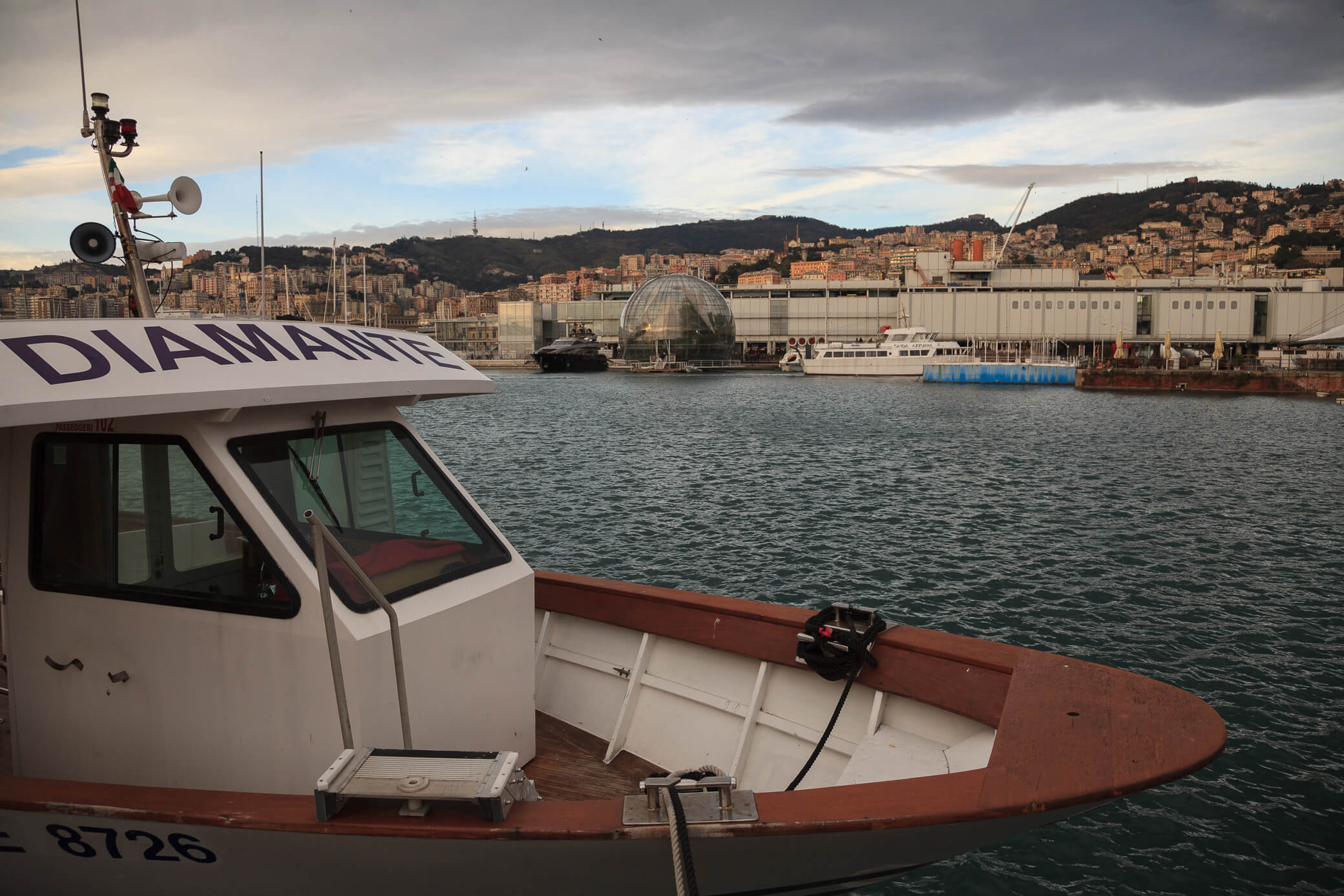
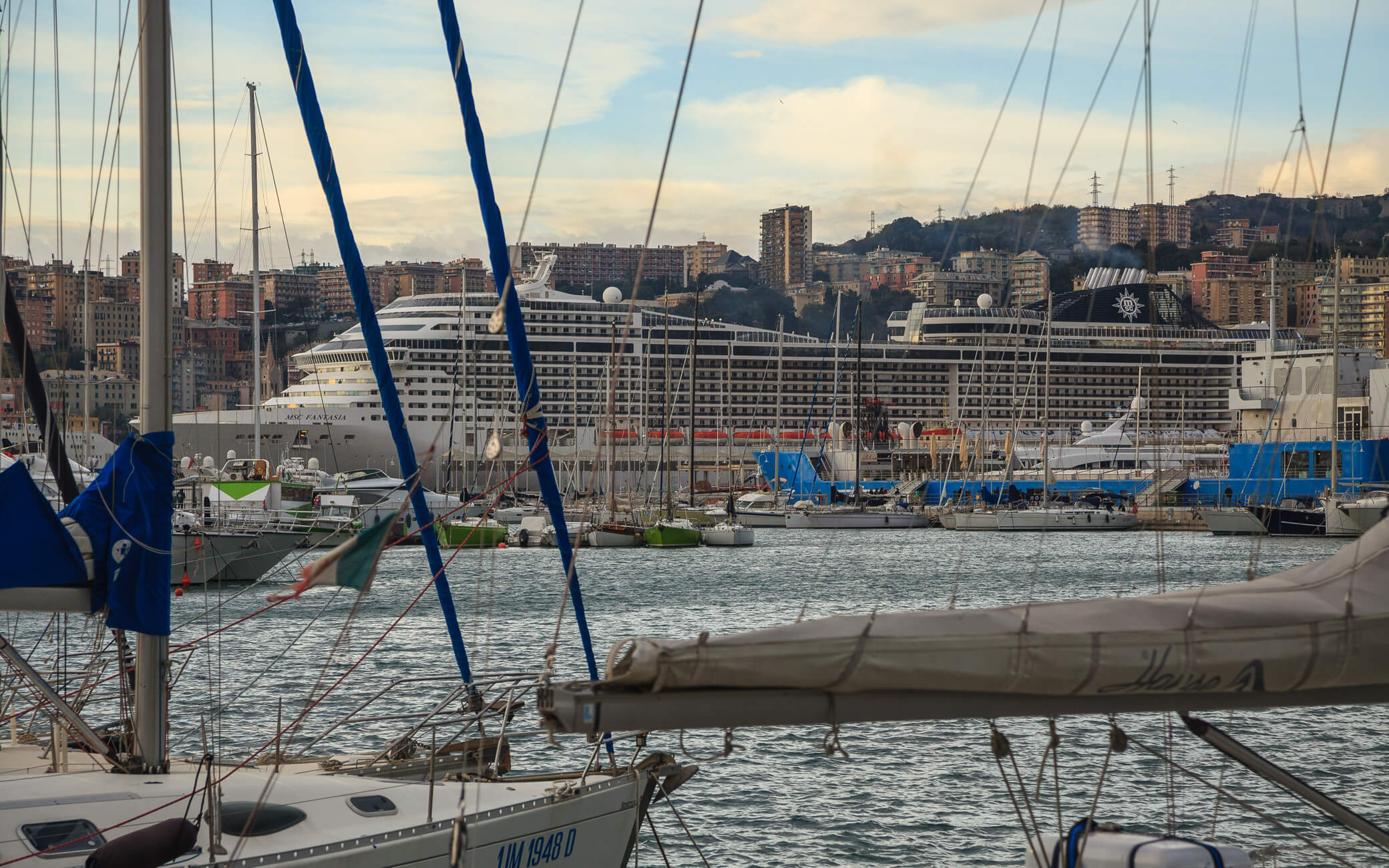
Long ago, Genoa was a maritime superpower, rivaling Venice and keeping outposts all across Eurasia — from Corsica to Crimea. But over time, it fell into decline and became a quiet province.
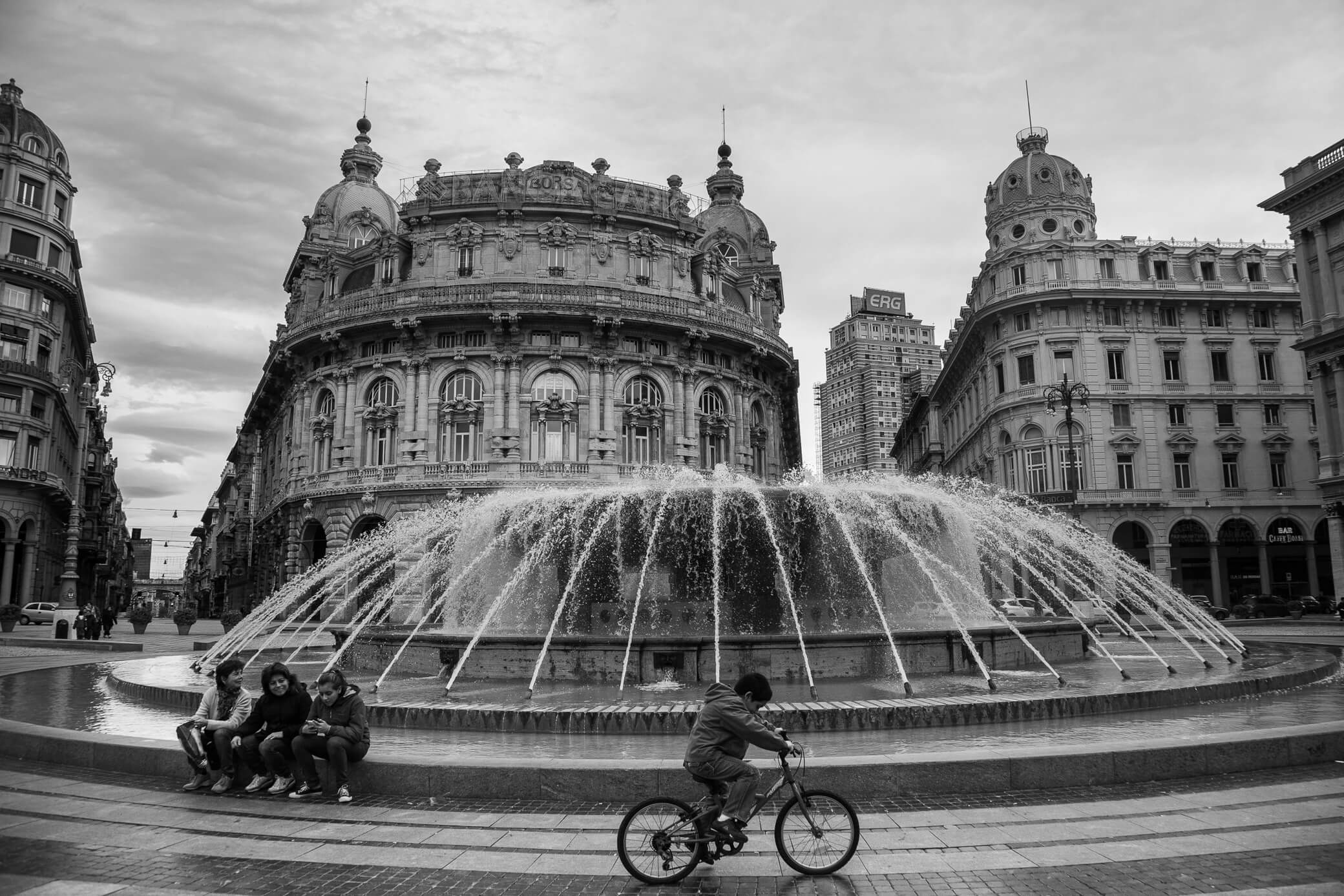
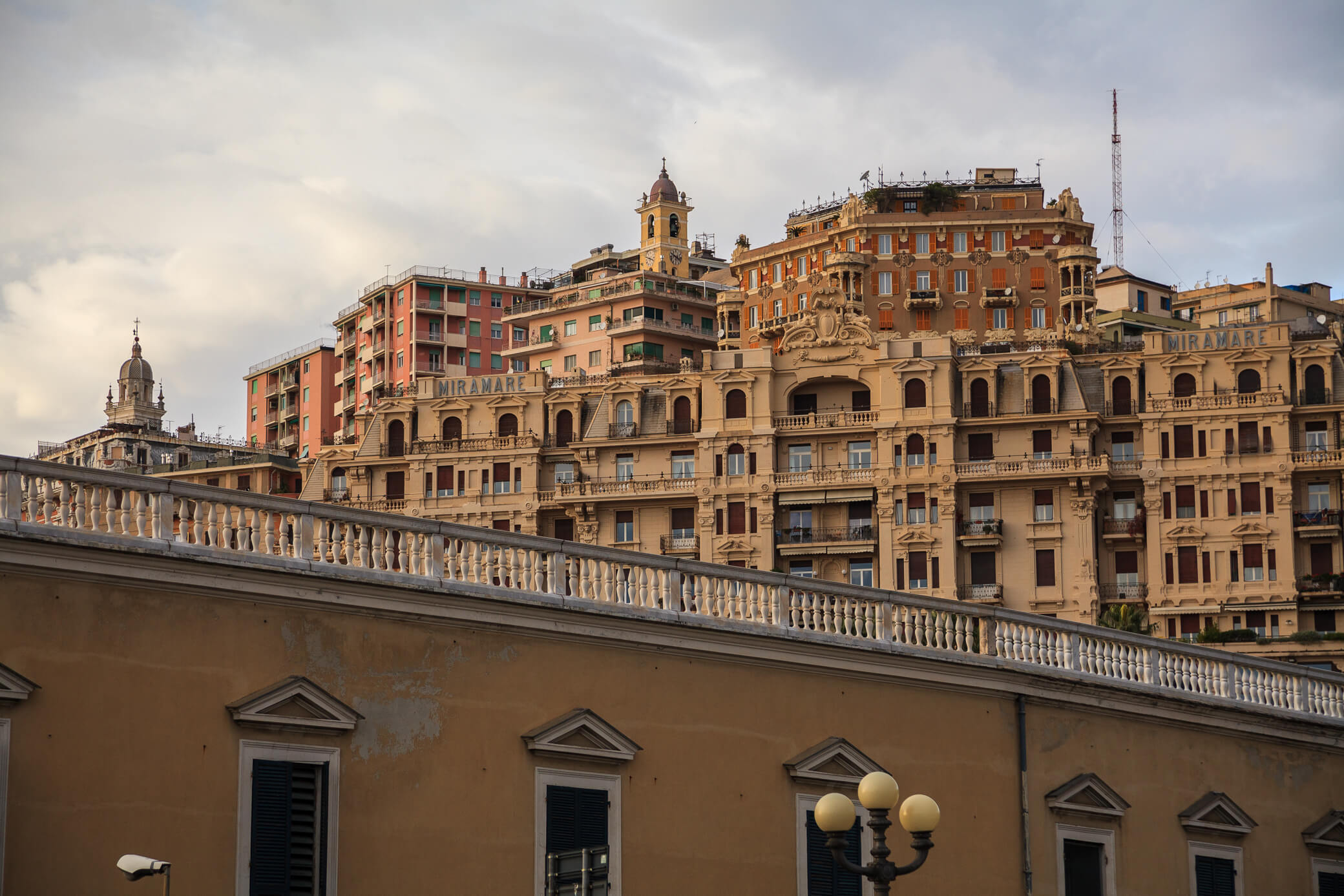
By the last century, Genoa had regained its title as the busiest port in the Mediterranean. Still, the city’s open-air museum of eclectic architecture remains largely overlooked by tourists.
Bologna
Not just the birthplace of pasta with tomato and meat sauce, but also the oldest university hub in Europe. And, well… the dullest stop on my route — nothing really stood out.
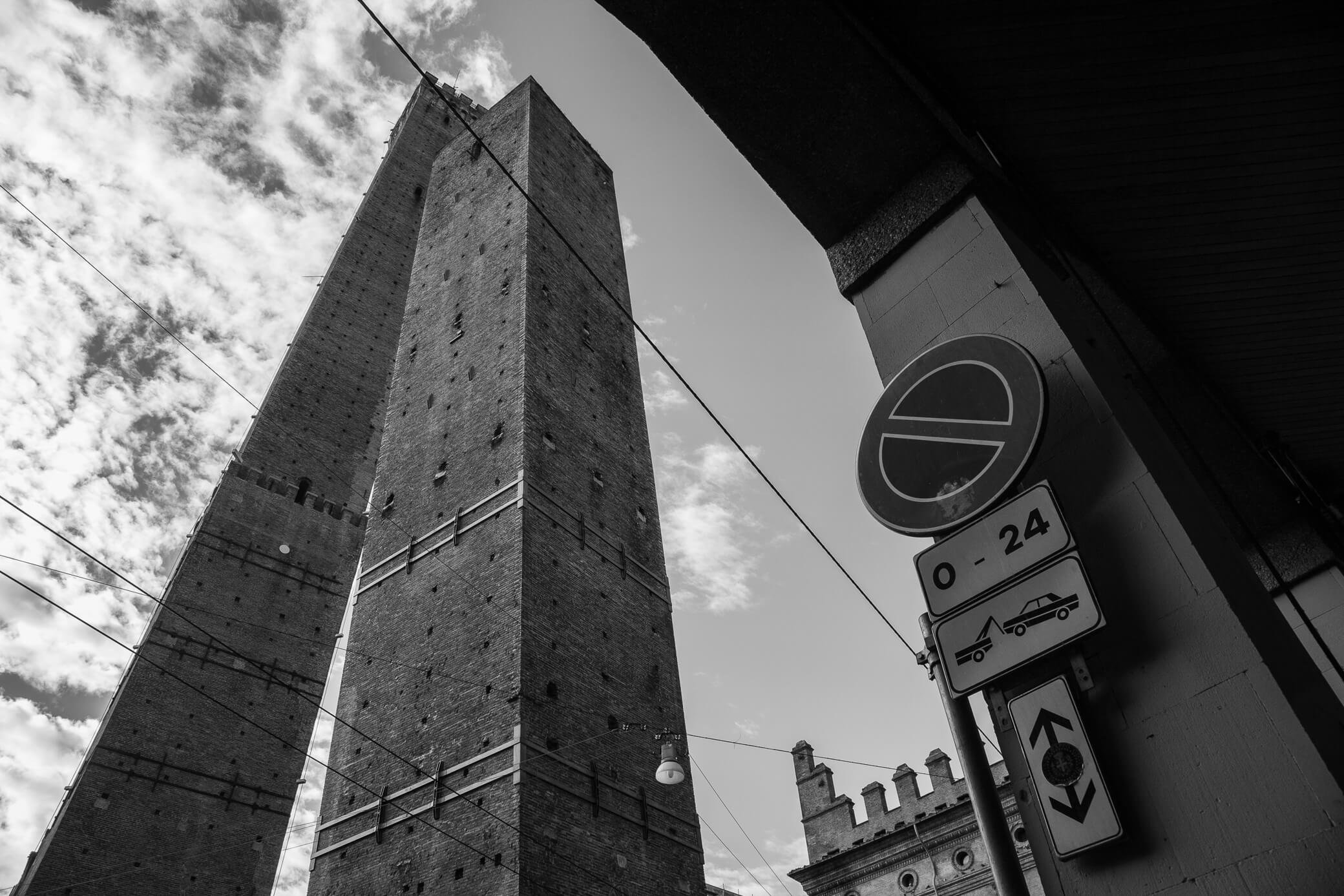
The University of Bologna was founded back in 1088. It’s still going strong and draws students from all over Italy and beyond.

With so many young people around, the city’s thousand-year-old calm is constantly disrupted by murals, tags, questionable rallies, and all the usual symptoms of rebellious youth.
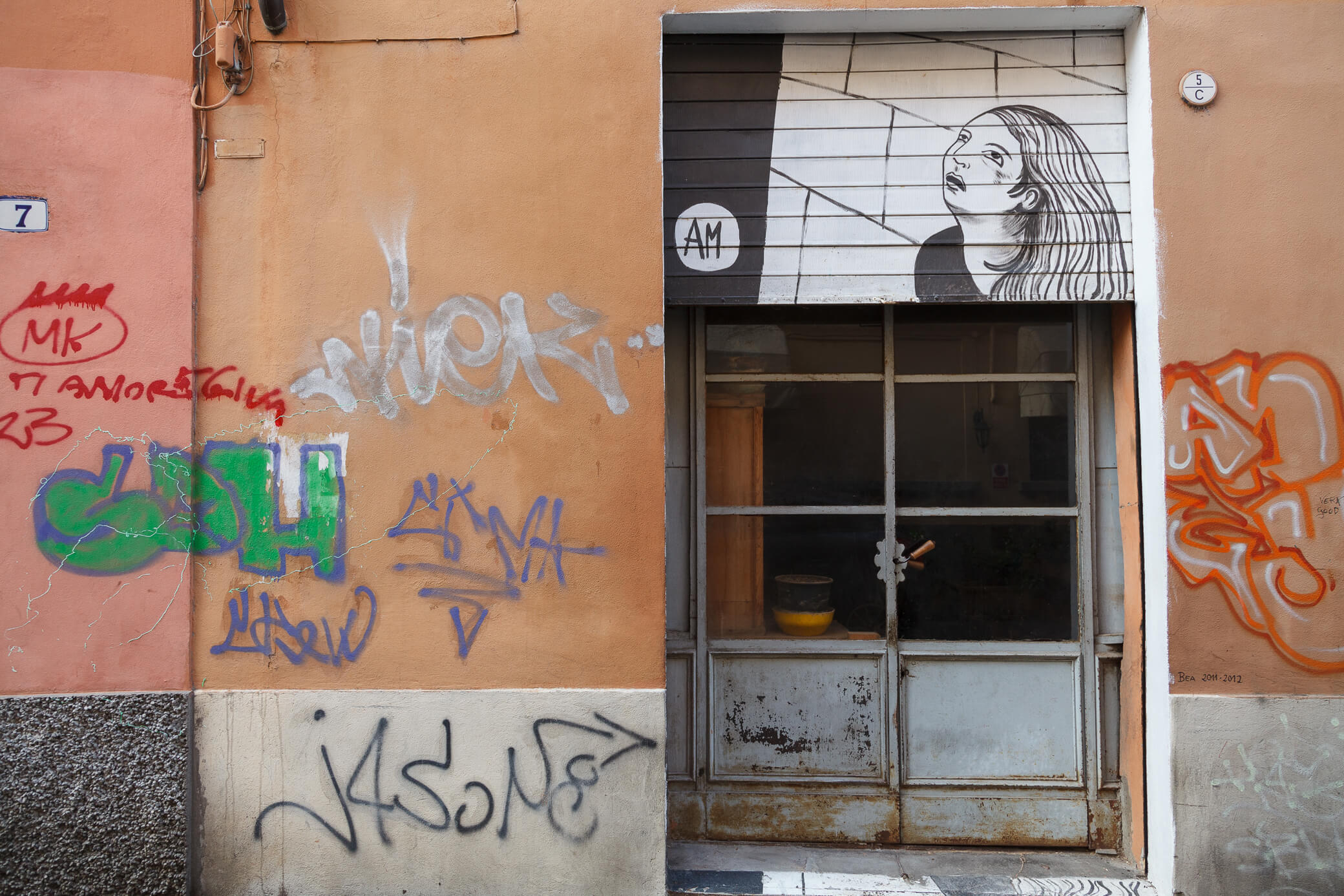
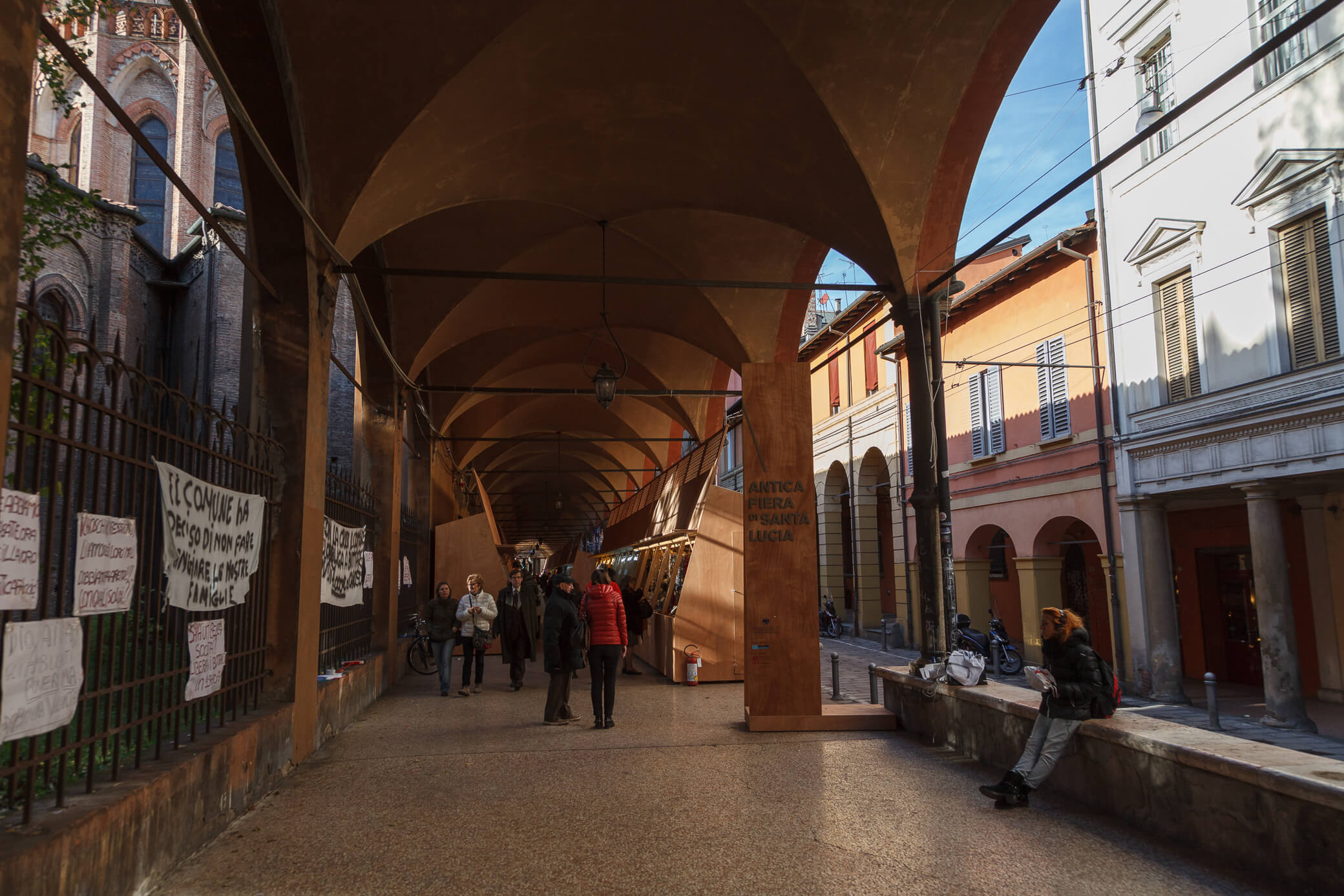
Bologna is known for its food, endless covered arcades, and the remnants of once-great medieval towers. But somehow, none of that was enough for the city to leave a lasting impression.
Verona
As the city drew closer through the train window, I was nearing the final page of Romeo and Juliet — a story entirely fictional, but set in very real Verona.
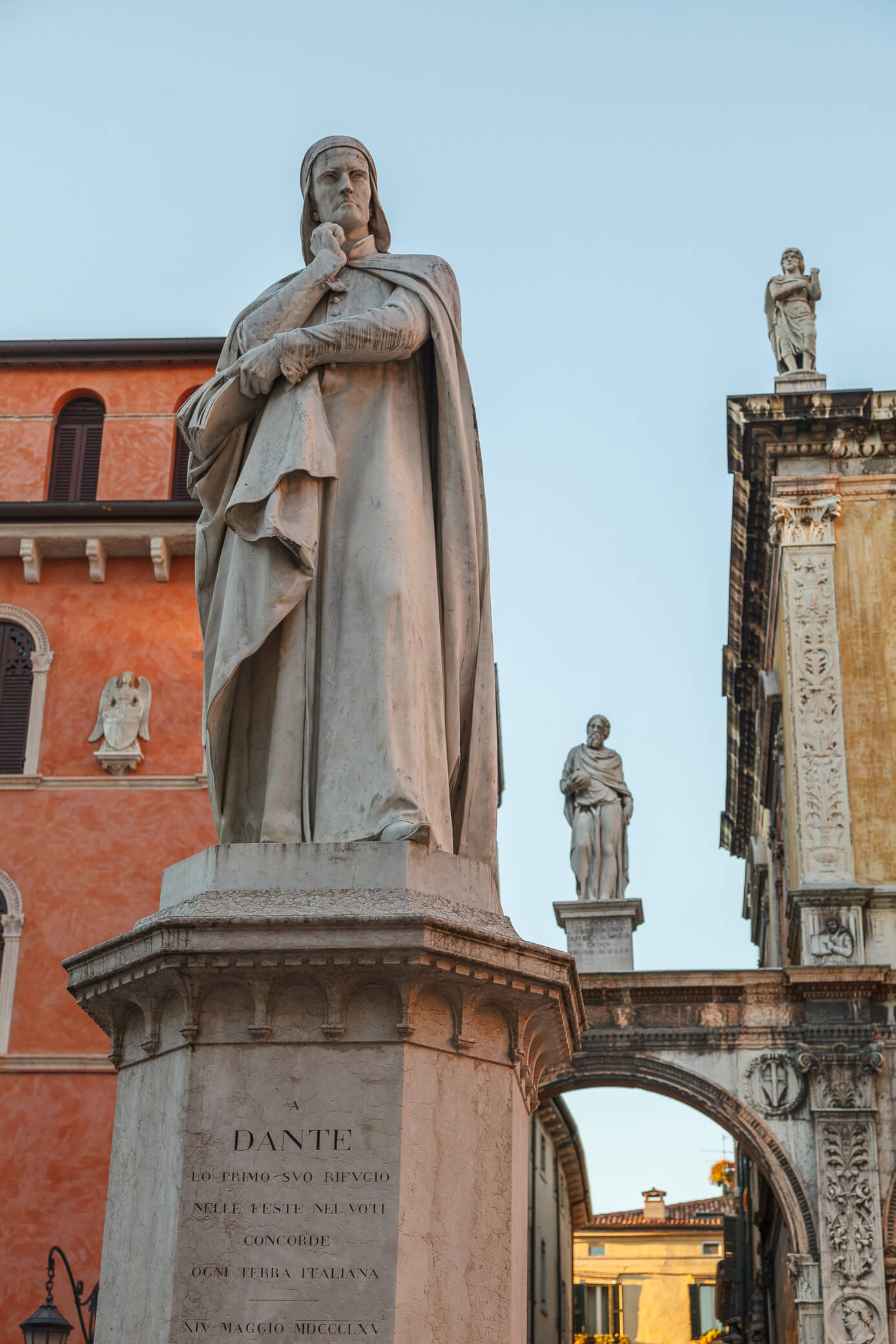
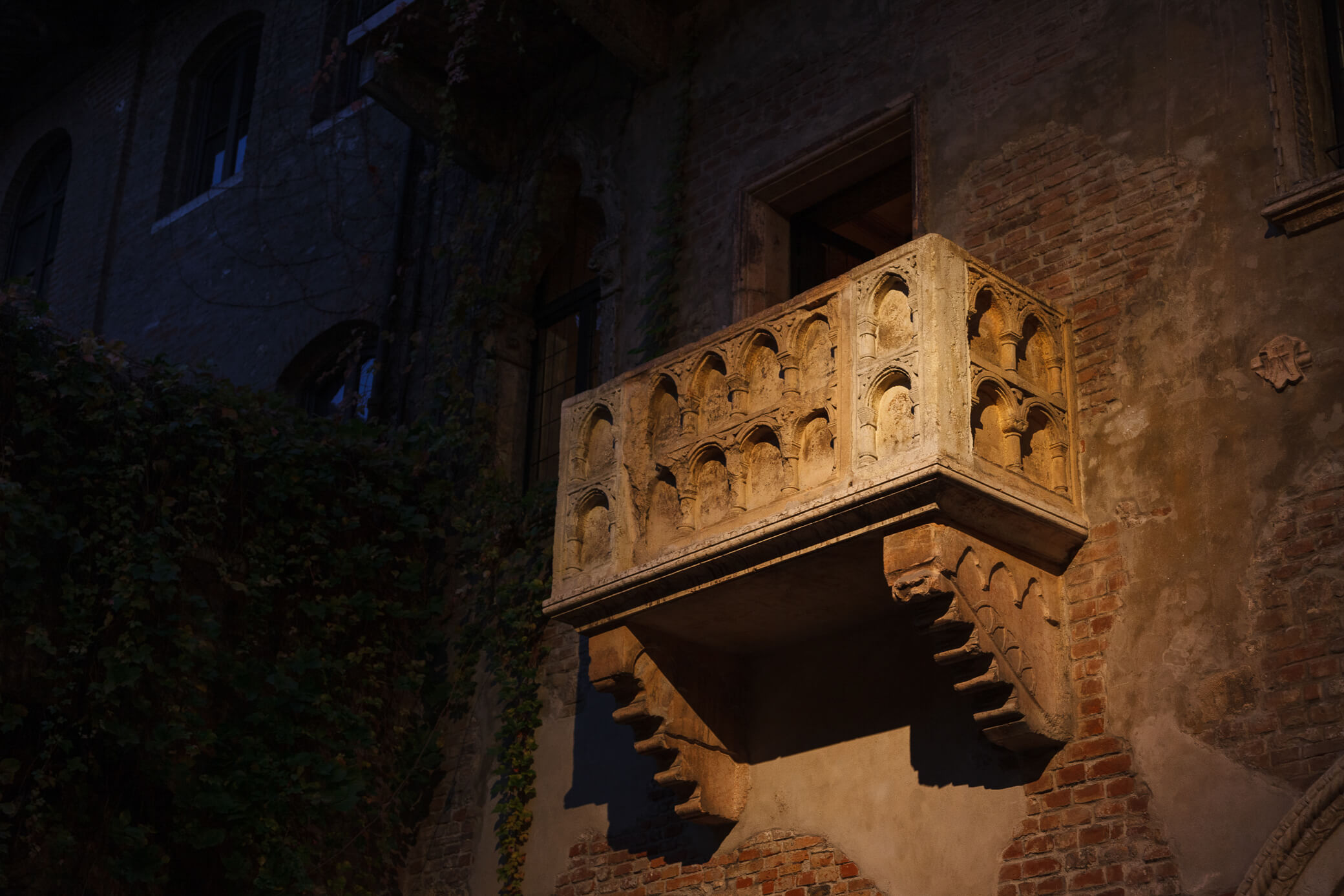
The whole city revolves around Shakespeare’s great play. The Romeo and Juliet basilica, Juliet’s house, Juliet’s balcony — and of course, Juliet’s tomb. Still, even without all that, there’s plenty to see.
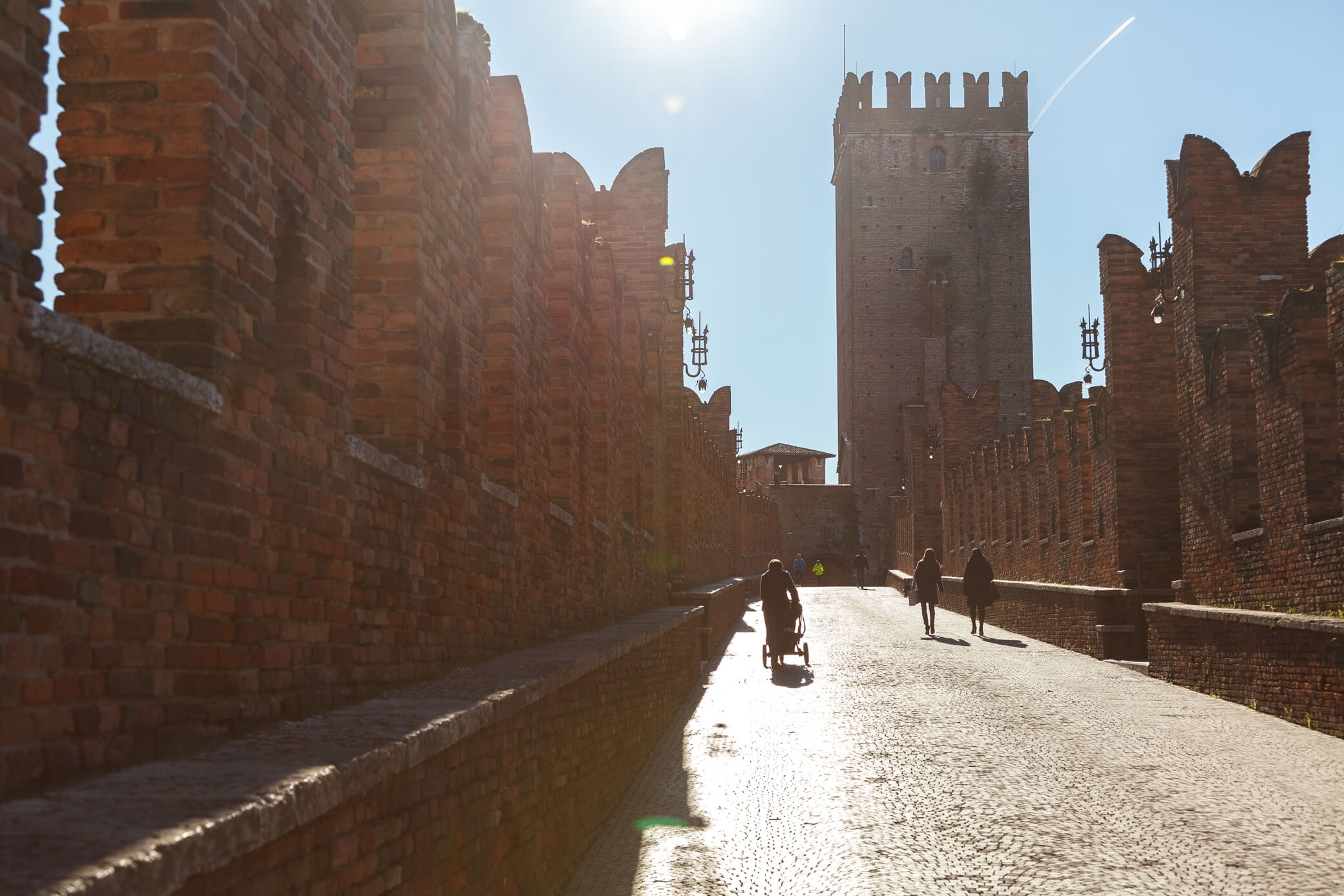
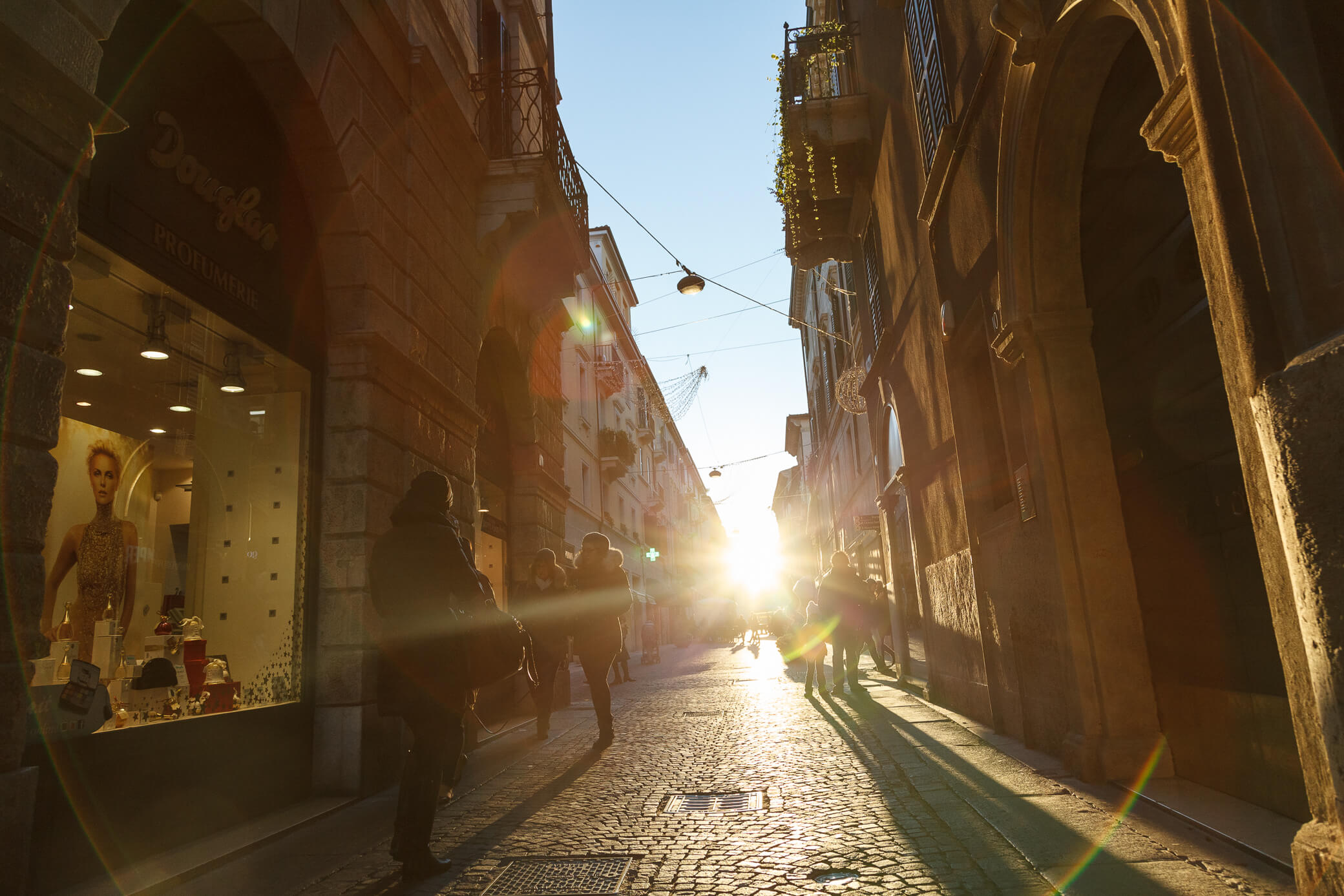
Stunning bridges like Ponte Pietra and Ponte di Castelvecchio. The beautifully preserved Verona Arena. The Castelvecchio fortress. But the best part — the view over the city from Santuario della Nostra Signora di Lourdes.
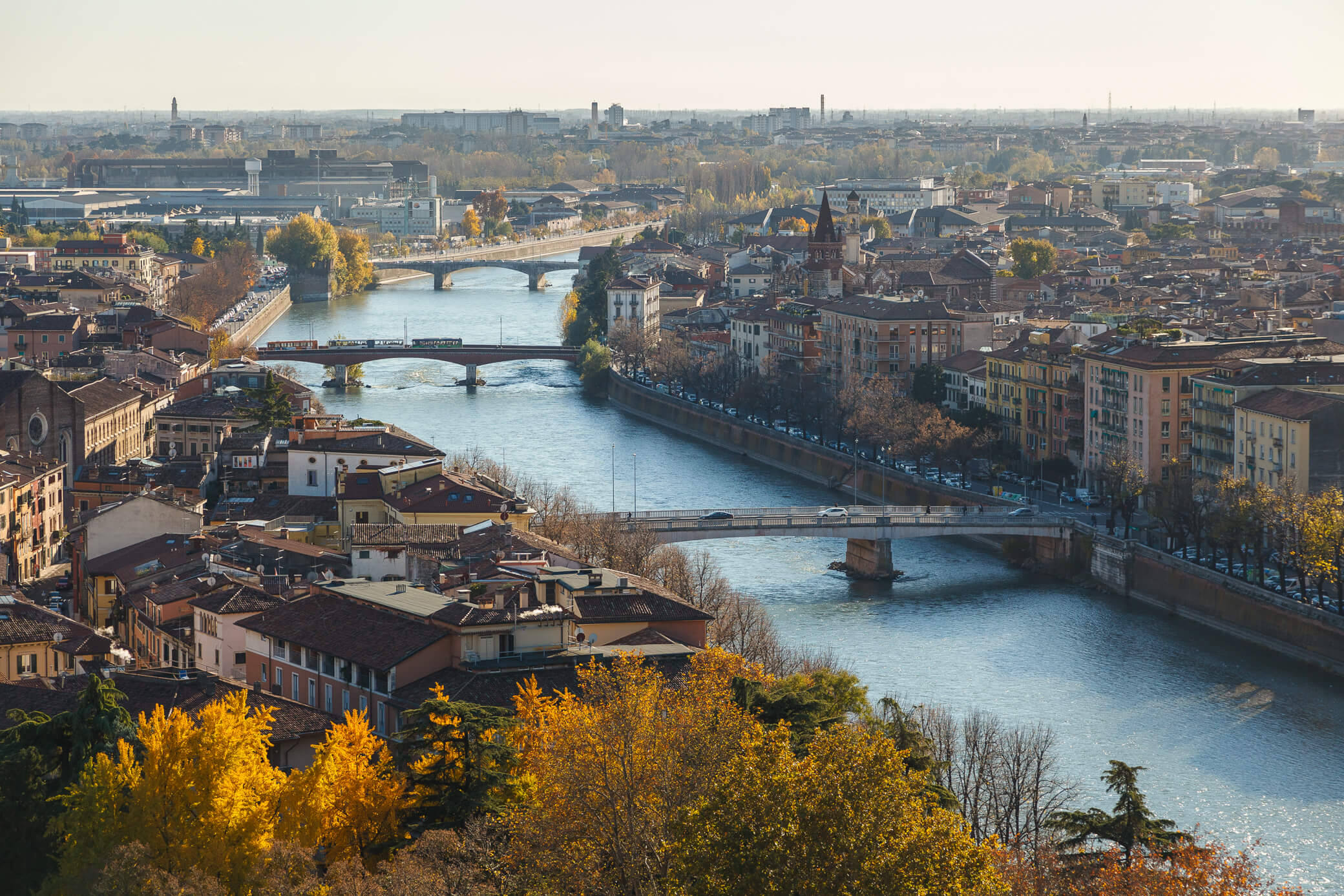
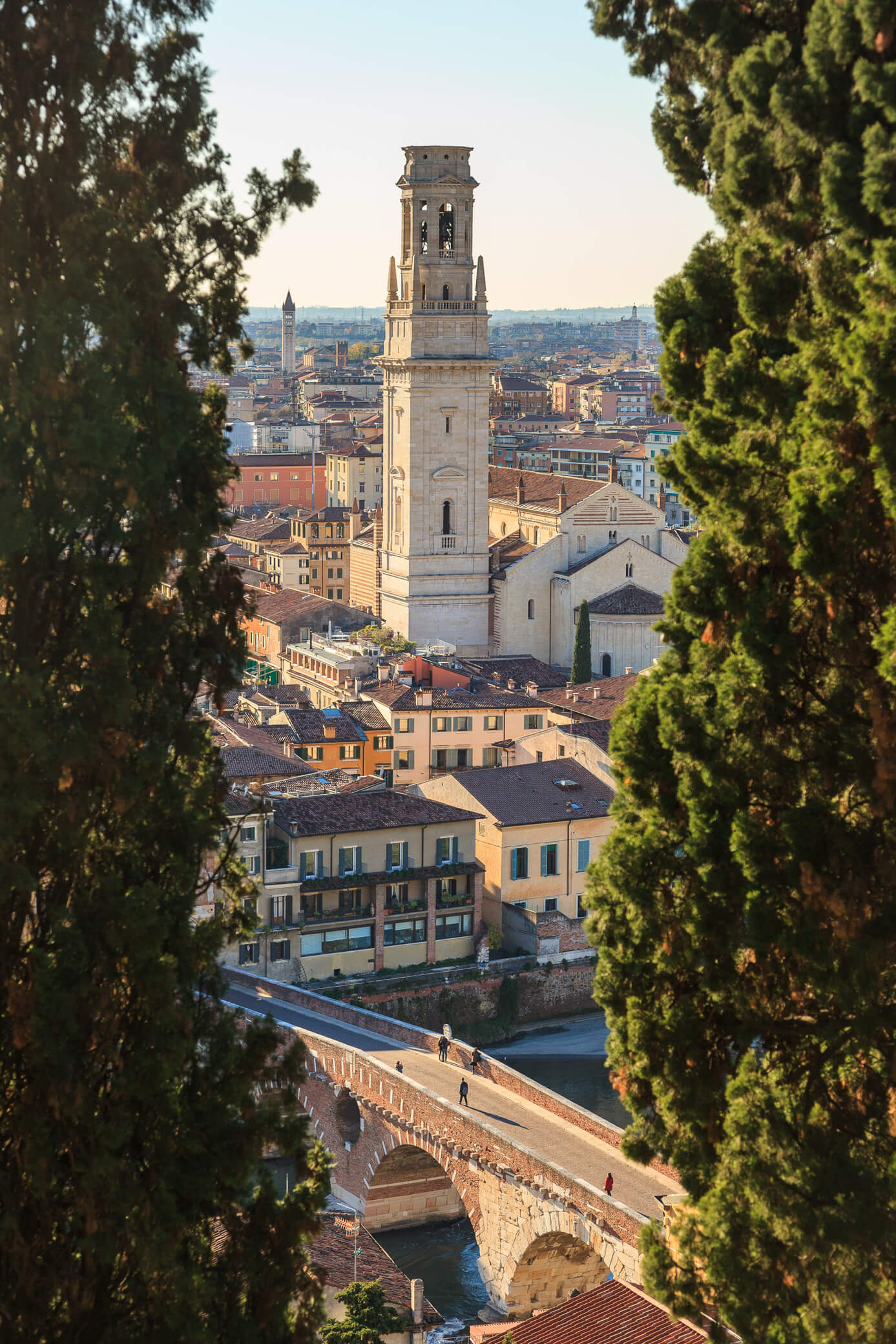
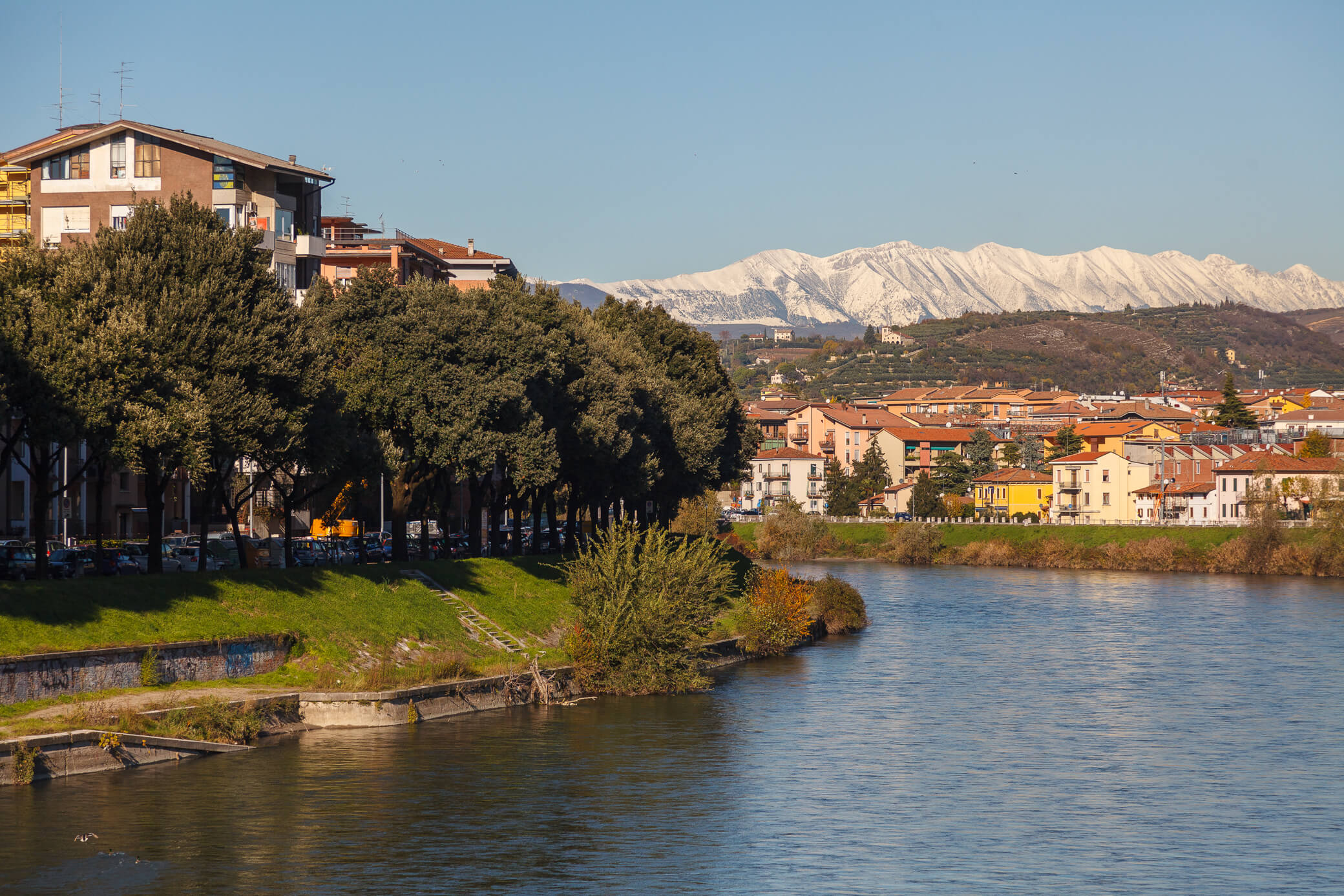
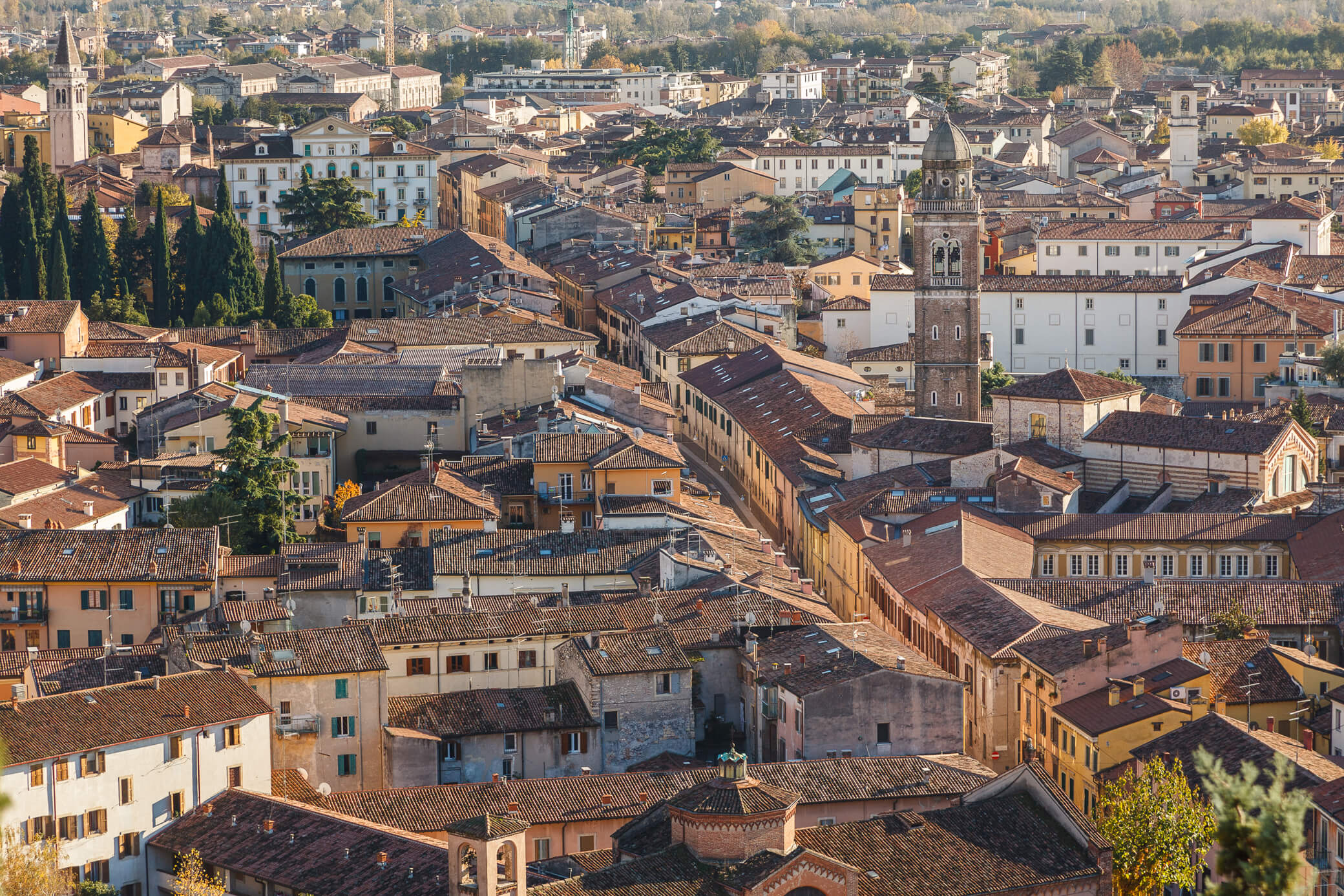
Verona is a small town with a lovely vibe. A great place to escape the tourist madness of Italy’s more popular cities. You can just drop by for a day — and it’ll be enough.
Venice
In just a few days in this damp, raw dead-end of civilization, I went through everything — from utter disappointment to grotesque delight and ecstatic joy. At first, I wanted to leave as quickly as possible. Then I wanted to stay as long as I could. Now — I just want to come back.
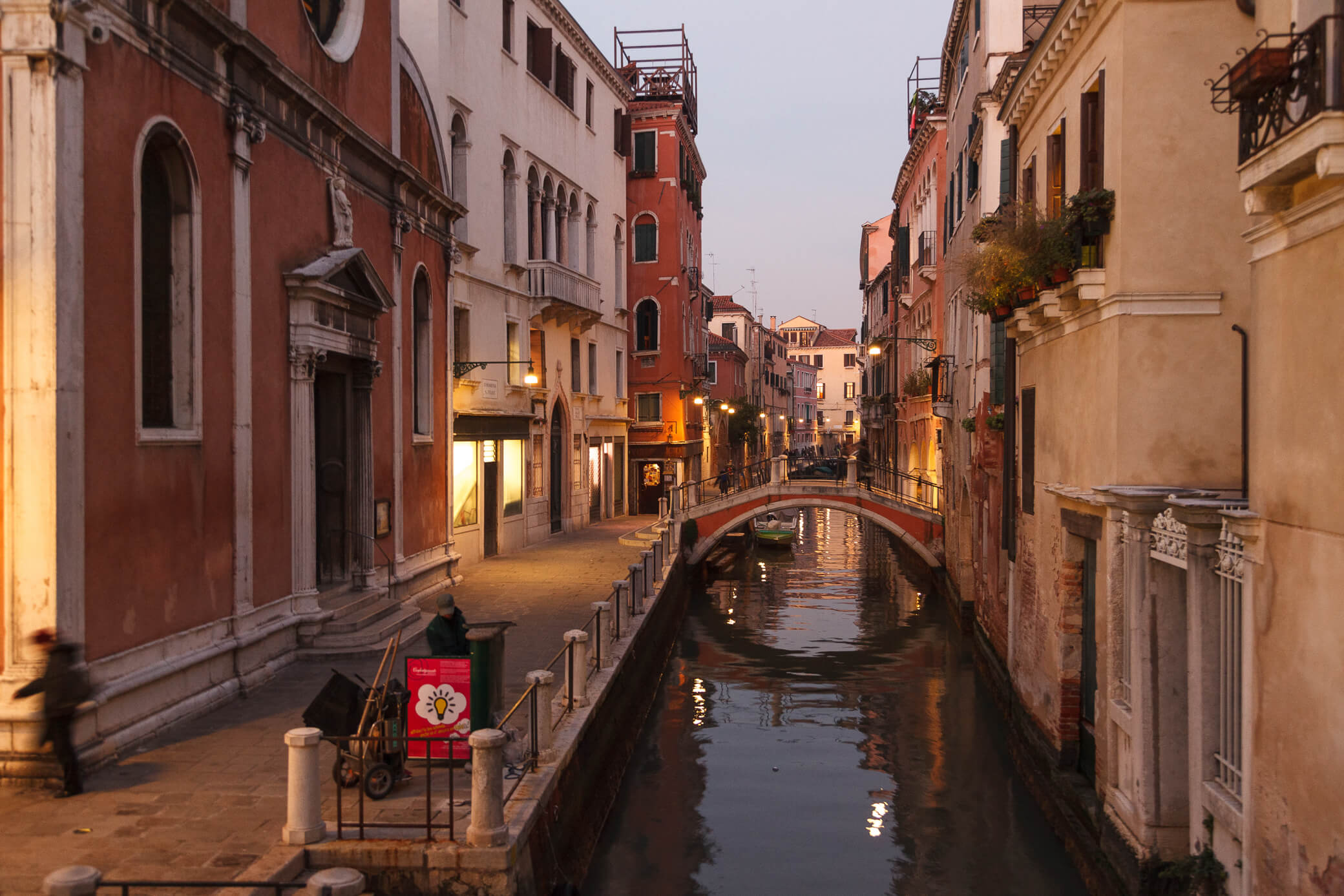
The whole city is a maze of rusted walls that always end in a liquid state of matter. It’s impossible to navigate here, even with a map. You’re always in the shadows, waiting for that rare moment when a stingy ray of local sunlight finds you on some nearby campo.
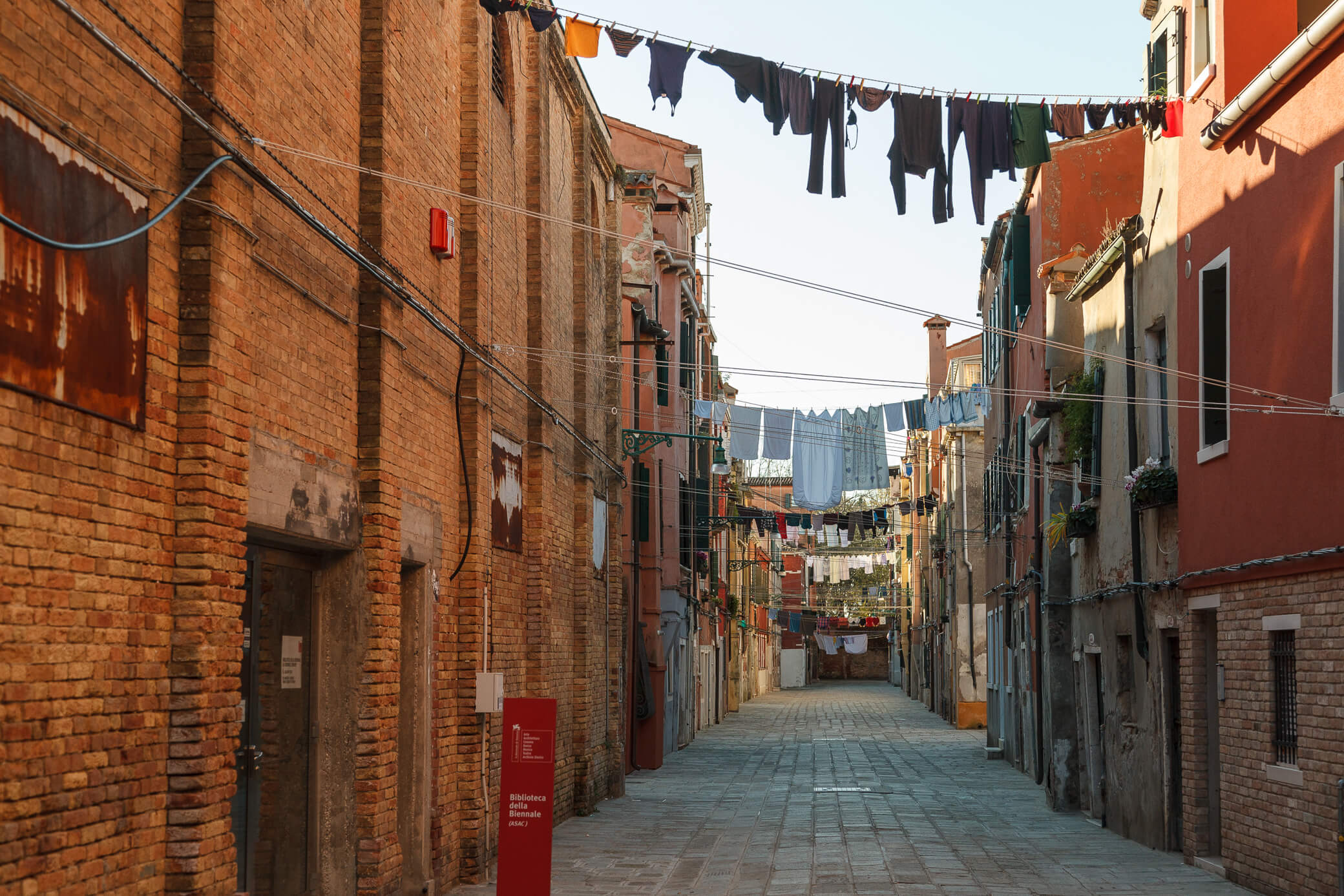
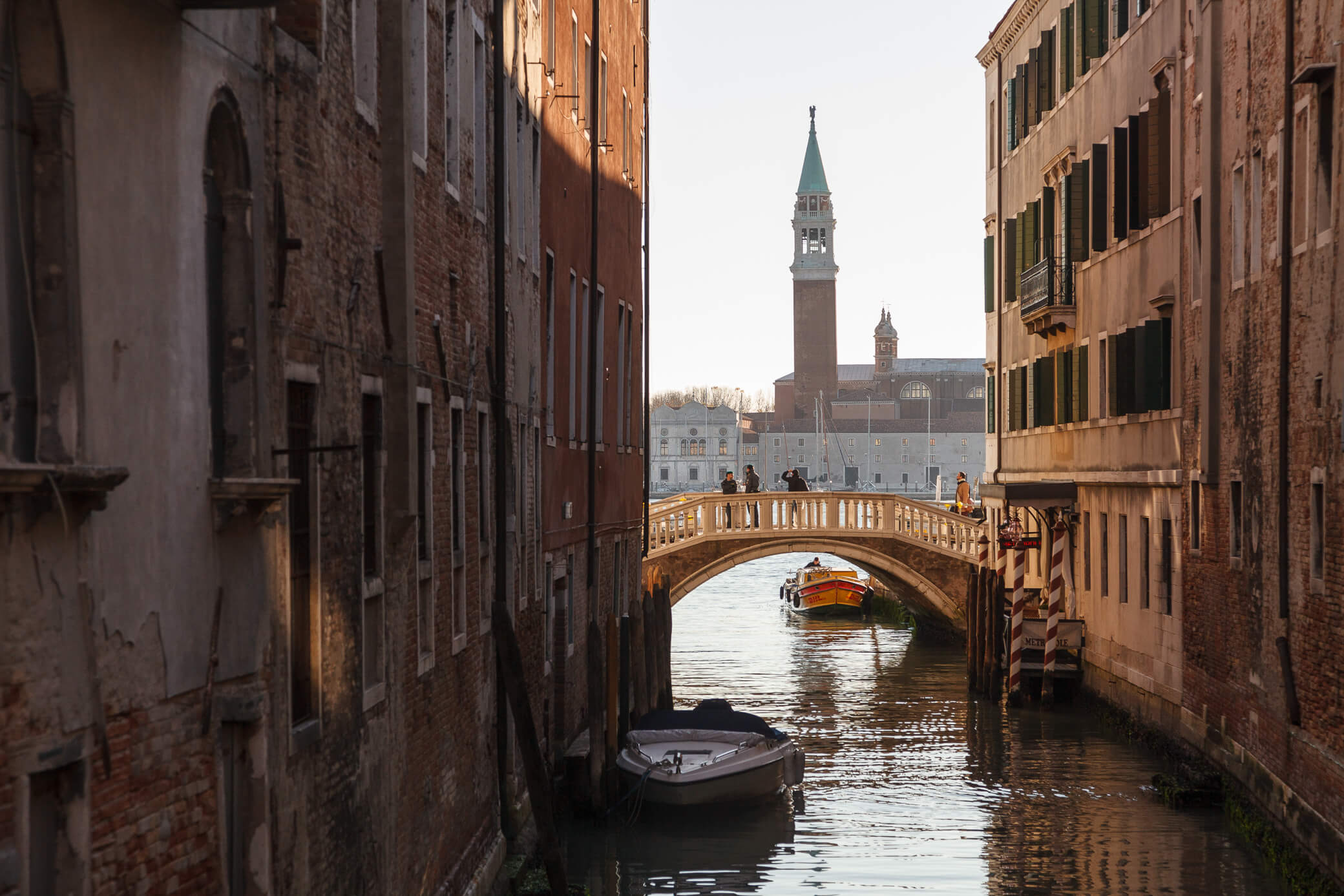
Only 425 people are truly glad to see you here — the gondoliers, who charge exactly 100 euros for their services. That number never changes. If you want to join their guild, you’ll have to wait for someone to die, or at least retire.
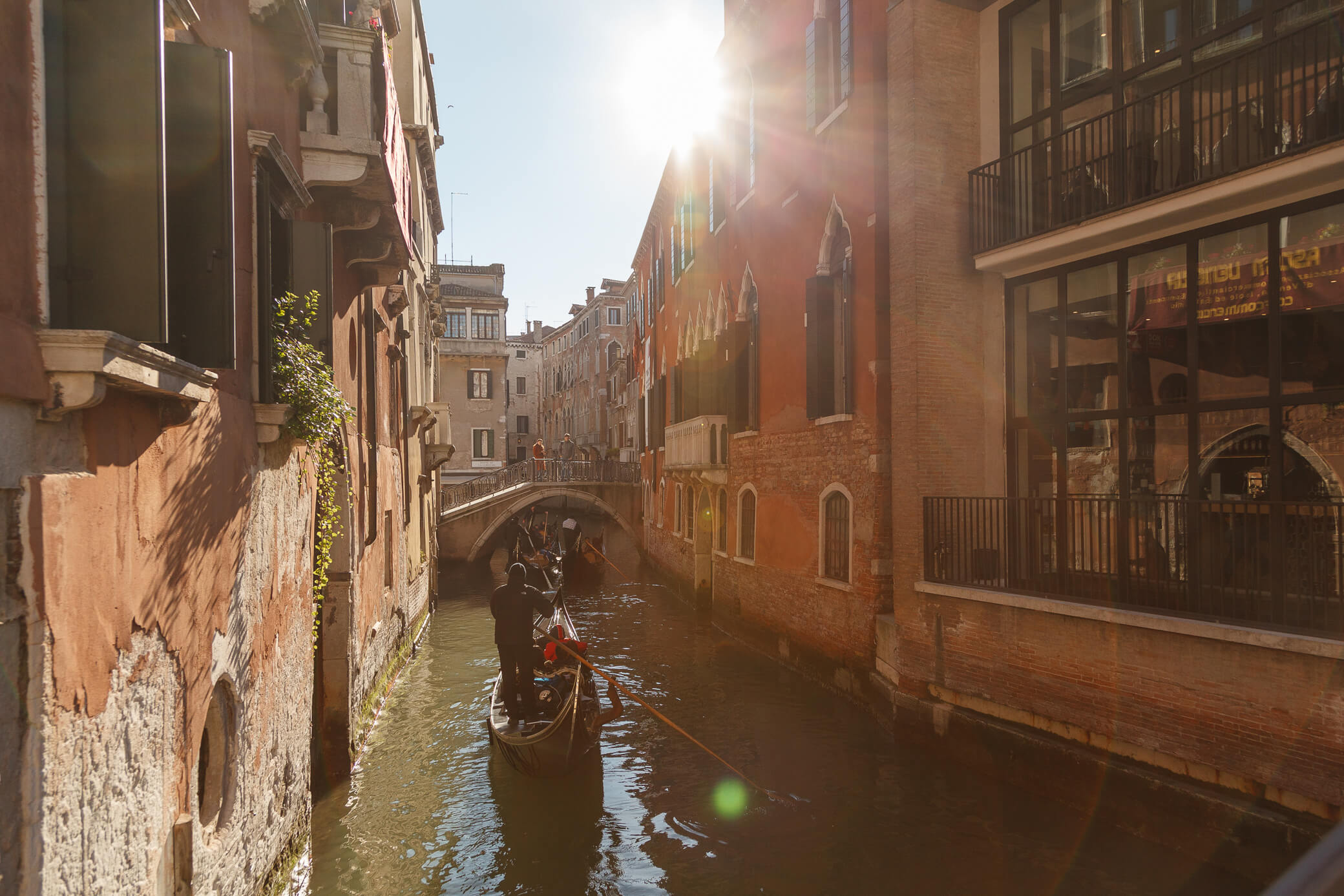
You can forget what a car or bicycle looks like — getting around the lagoon’s islands is done entirely on foot. Between islands — on vaporetto or water taxi. And forget about trees, too. Or empty streets and squares.
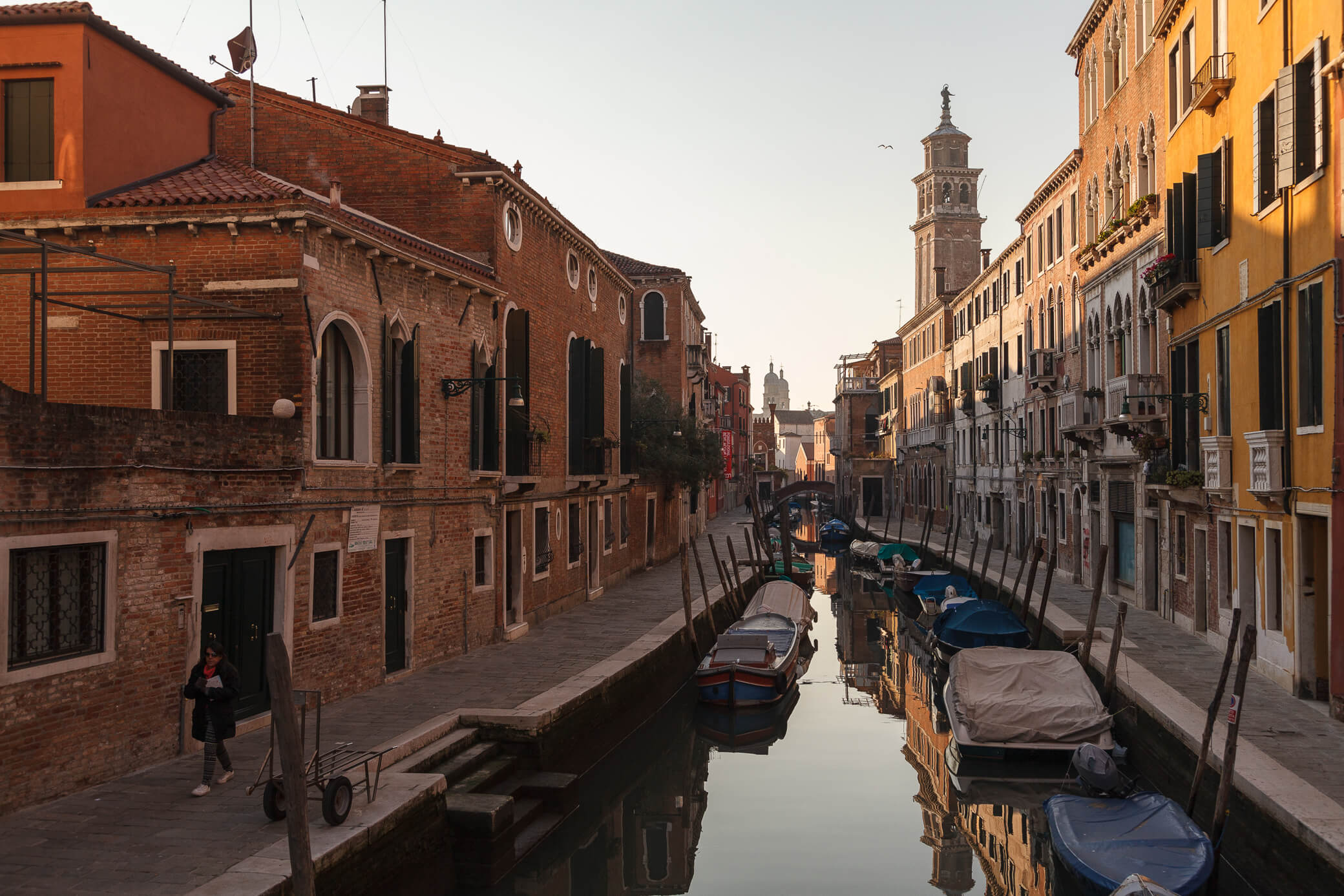
There’s no place to look away from the overwhelming beauty and the complete harmony of the natural and the man-made. Everything is beautiful — from the pigeon-tortured Piazza to the quiet corners of Giudecca. Even the long wait for a vaporetto by the cold, still canal feels like the most beautiful moment of your life.
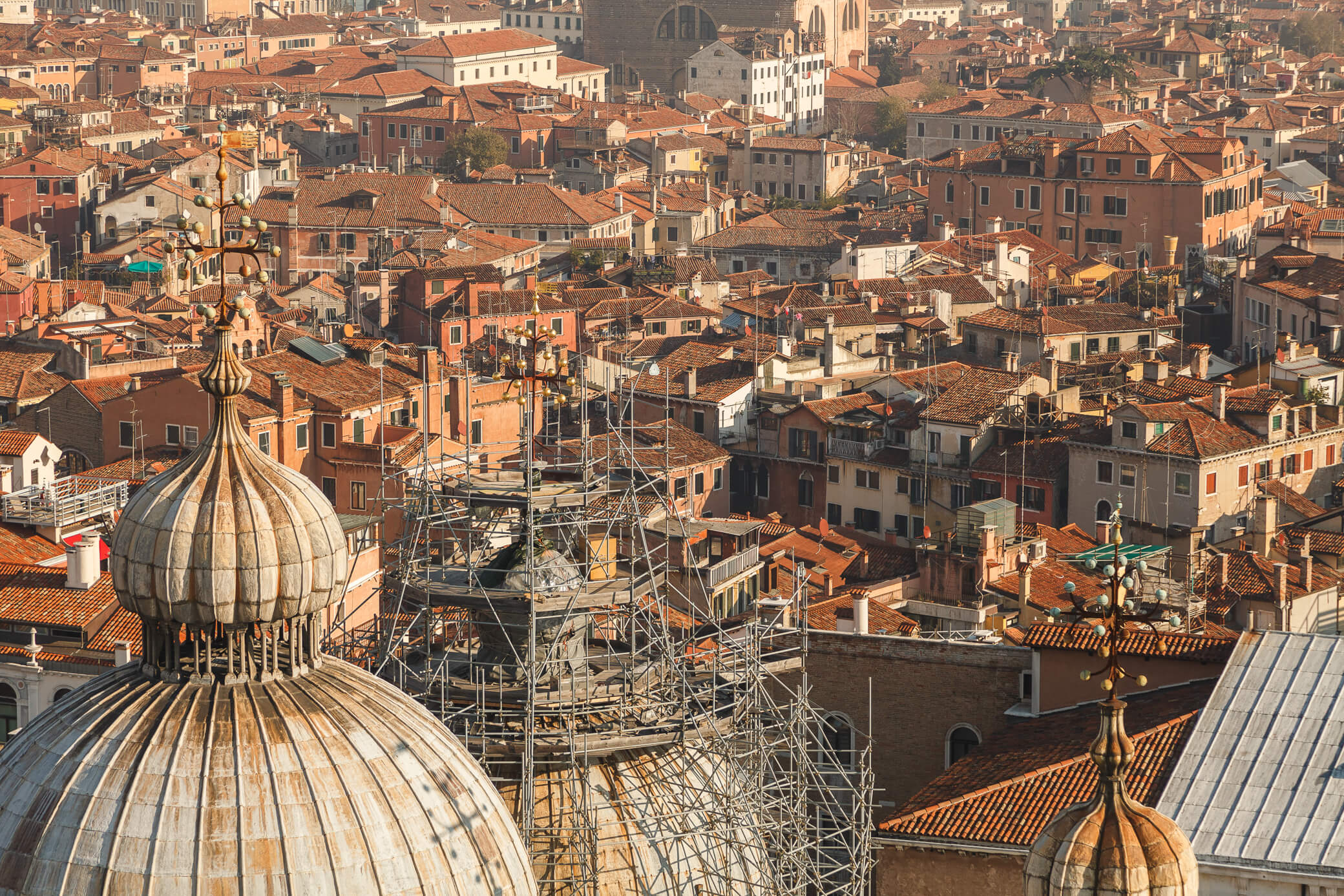
Venice introduced me to Joseph Alexandrovich Brodsky. And he, as a frequent visitor and admirer of the local aesthetic, introduced me to the Venice that etched itself into my memory as the most poetic place on Earth.
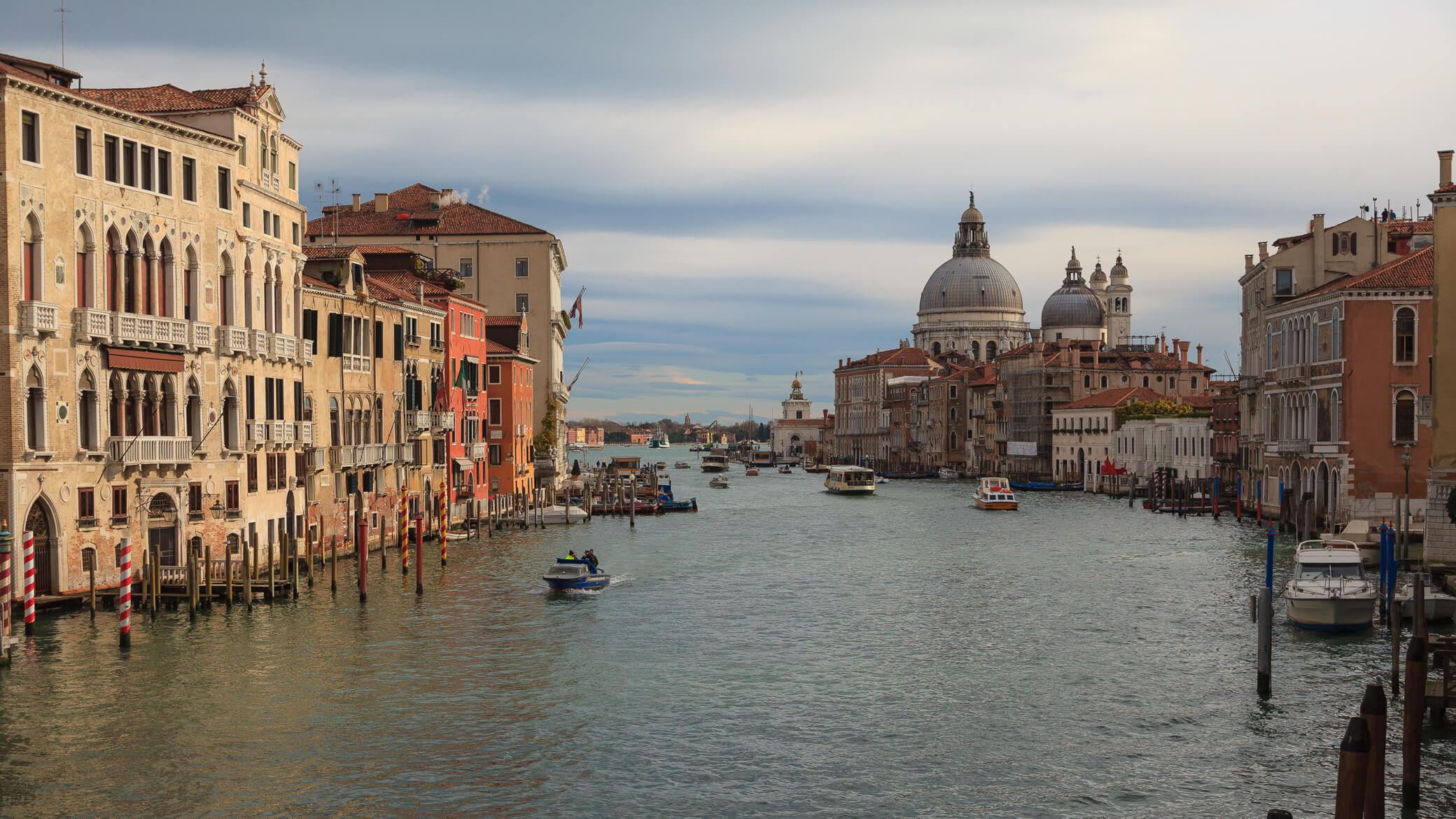
Brodsky himself rests nearby — on the cemetery island of San Michele, which is an absolute must-visit. Besides San Michele, you can stop by Murano, famous for its whimsical glass creations. And definitely make your way to the colorful Burano — for its unbelievable beauty.
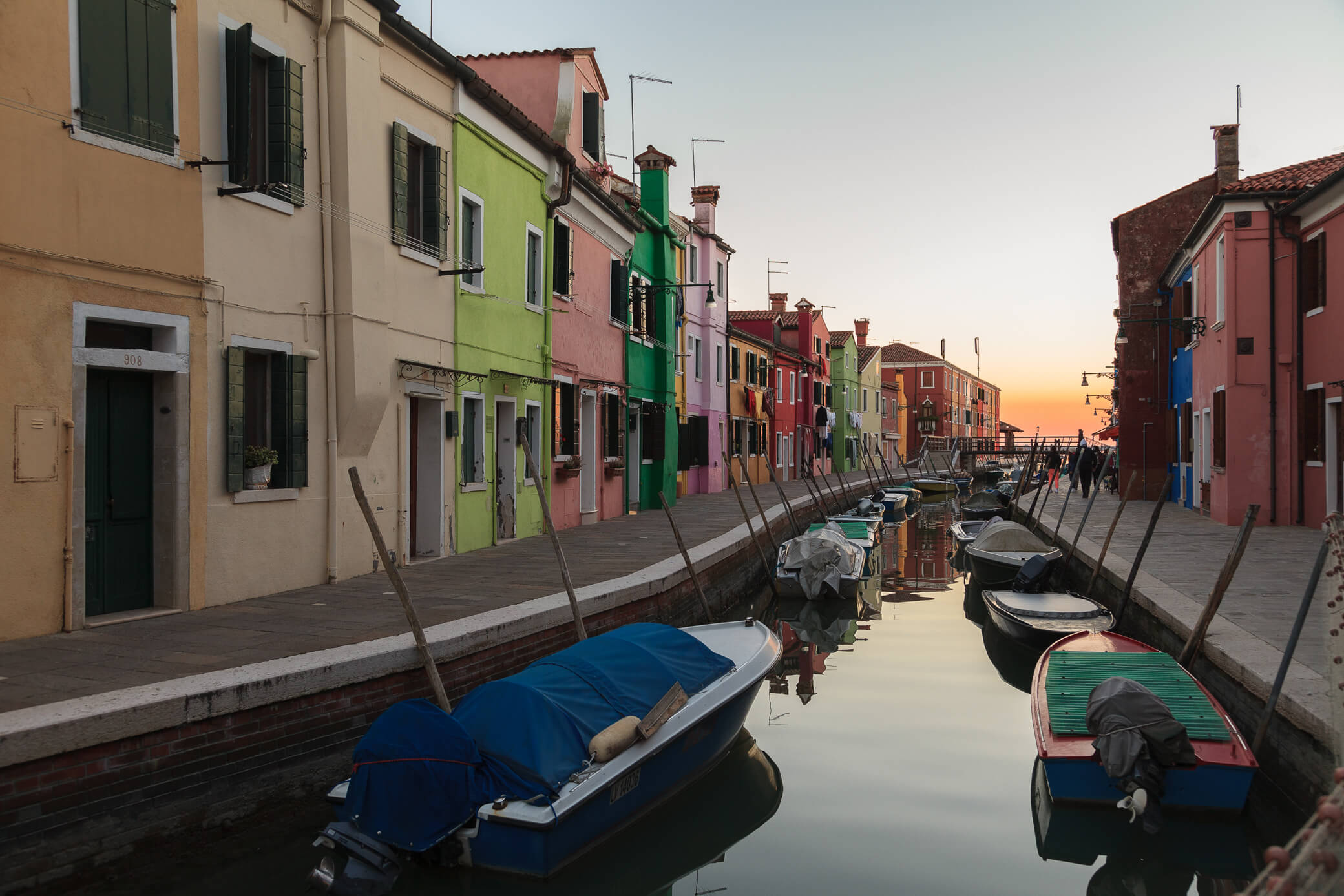
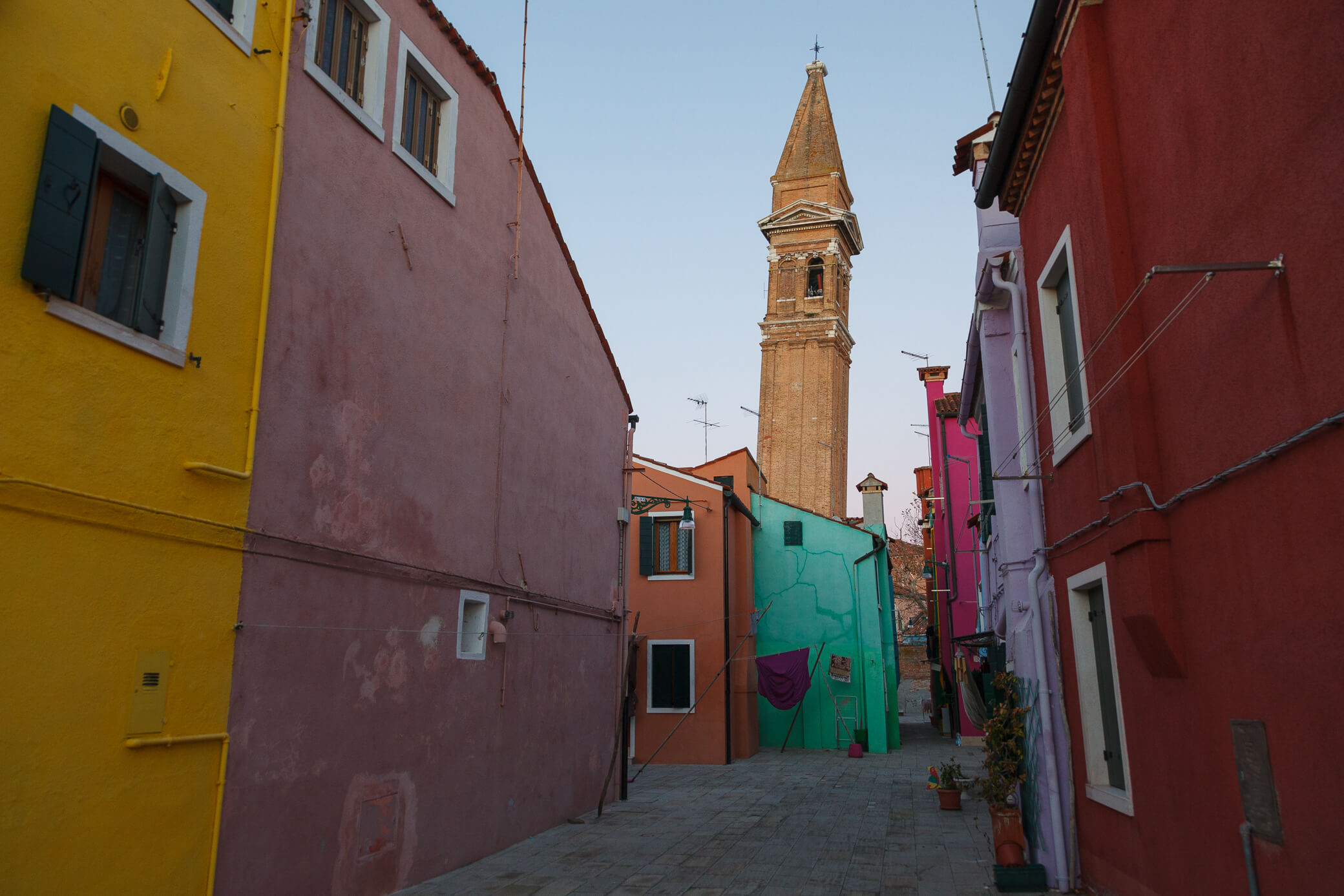
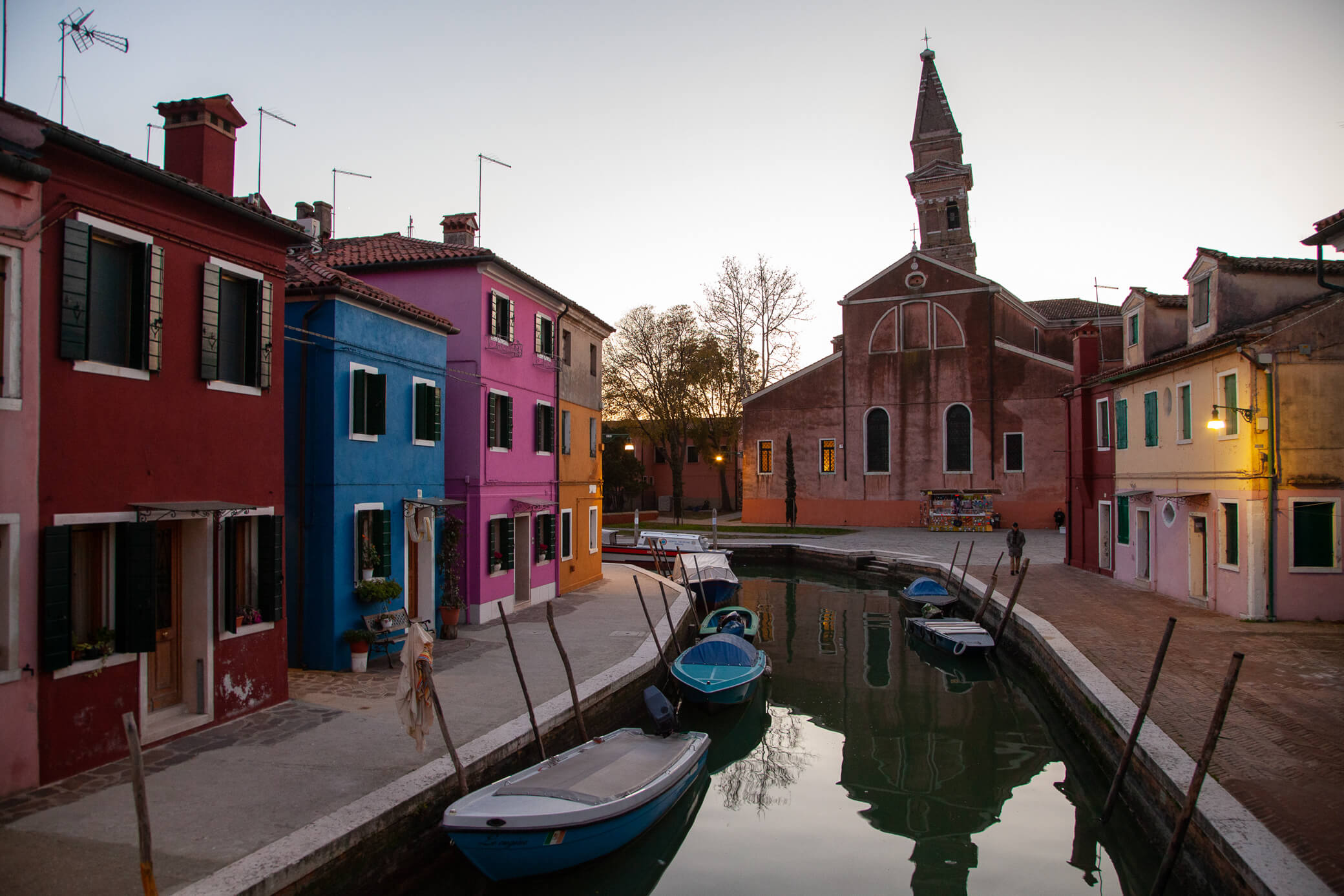
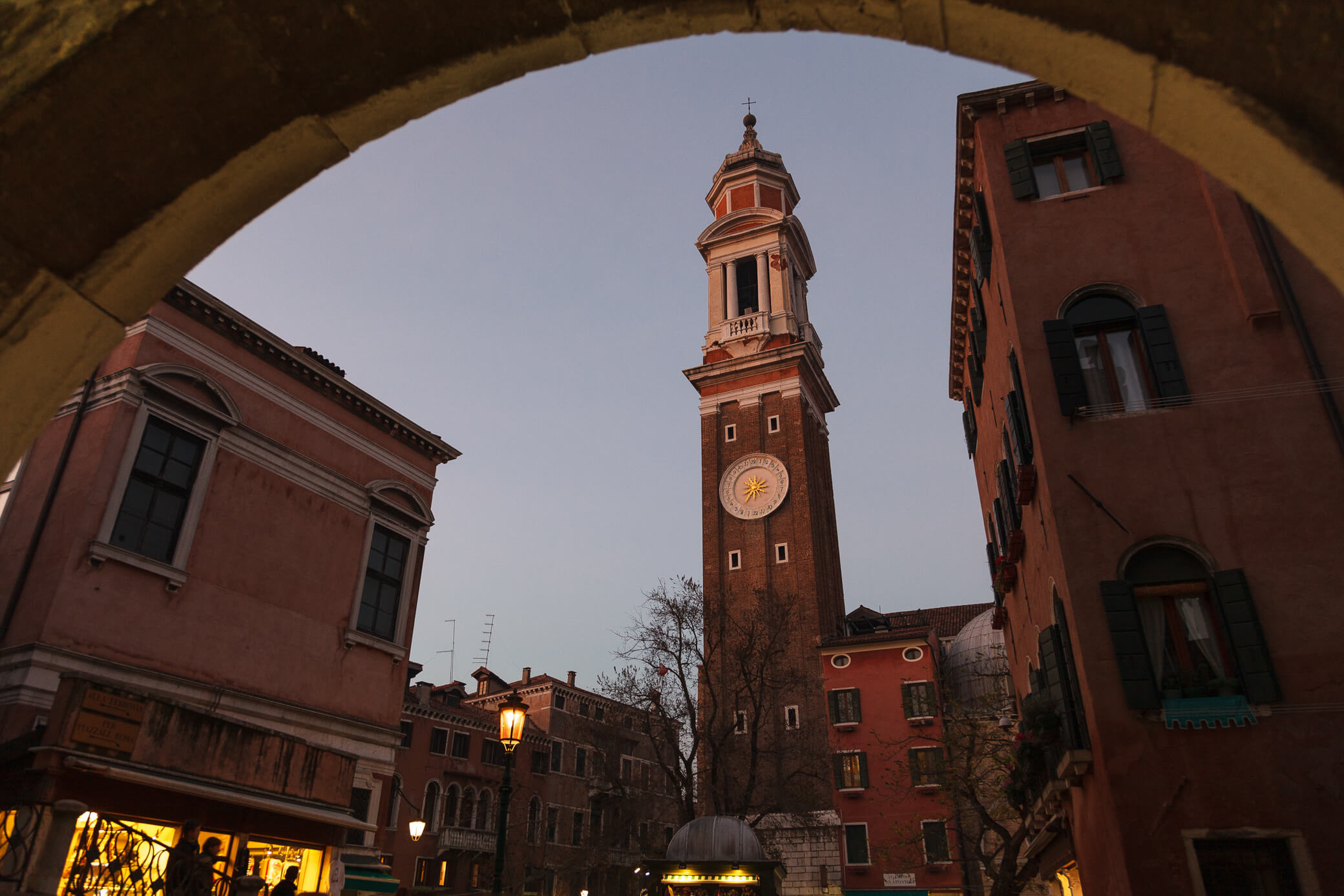
Venice is a city that shouldn’t exist by any logic or law of reason. And yet, someone imagined it — and left it here for centuries. But you better hurry — this wonder spread across 118 islands might vanish underwater before the century ends.
Rays of Goodness
I won’t add my voice to the noisy chorus of people praising the greatness of the Italian coast over other travel destinations. But I will say this: the Italy I remember — was a unique place and a unique time. And going there — is a must.
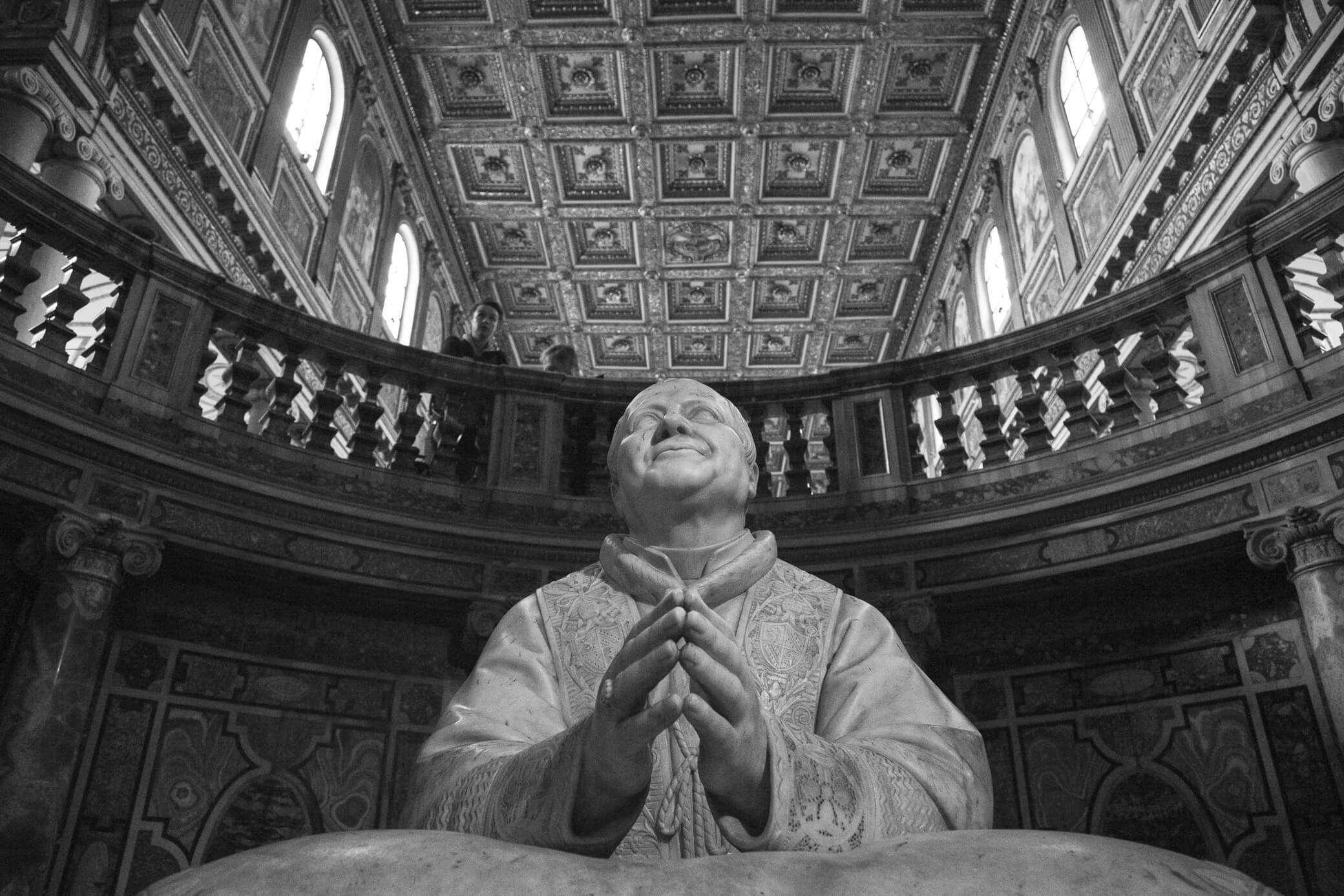
I wish the country a speedy recovery, so that its piazzas and campos can once again fill with spirited voices, laughter, the smell of fresh pastries, and gasps of awe. I truly hope this pandemic won’t break what’s most precious — the quiet, irreplaceable things.
See you soon!
